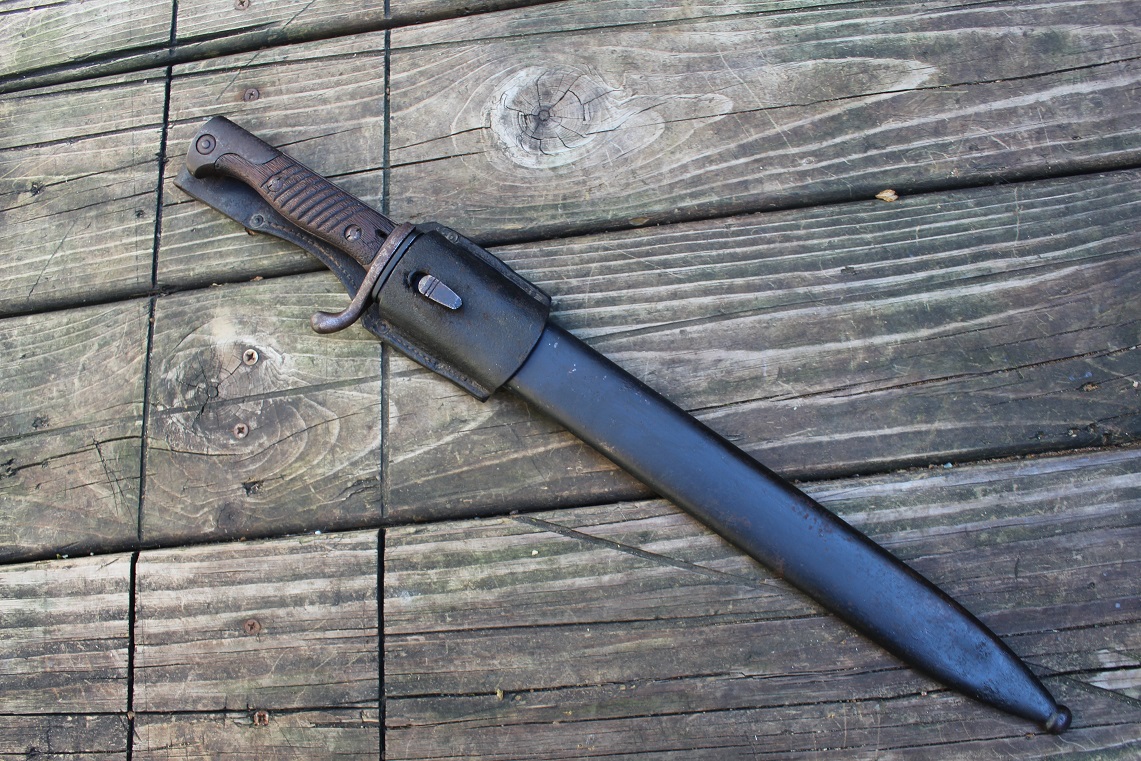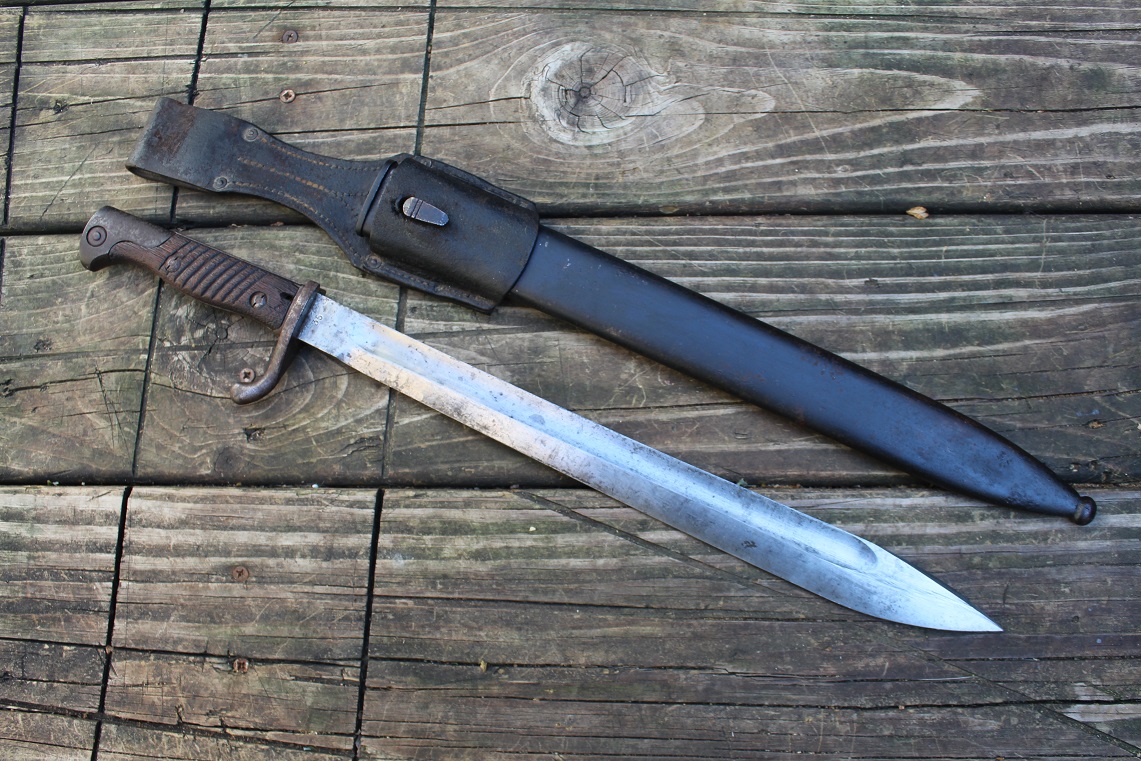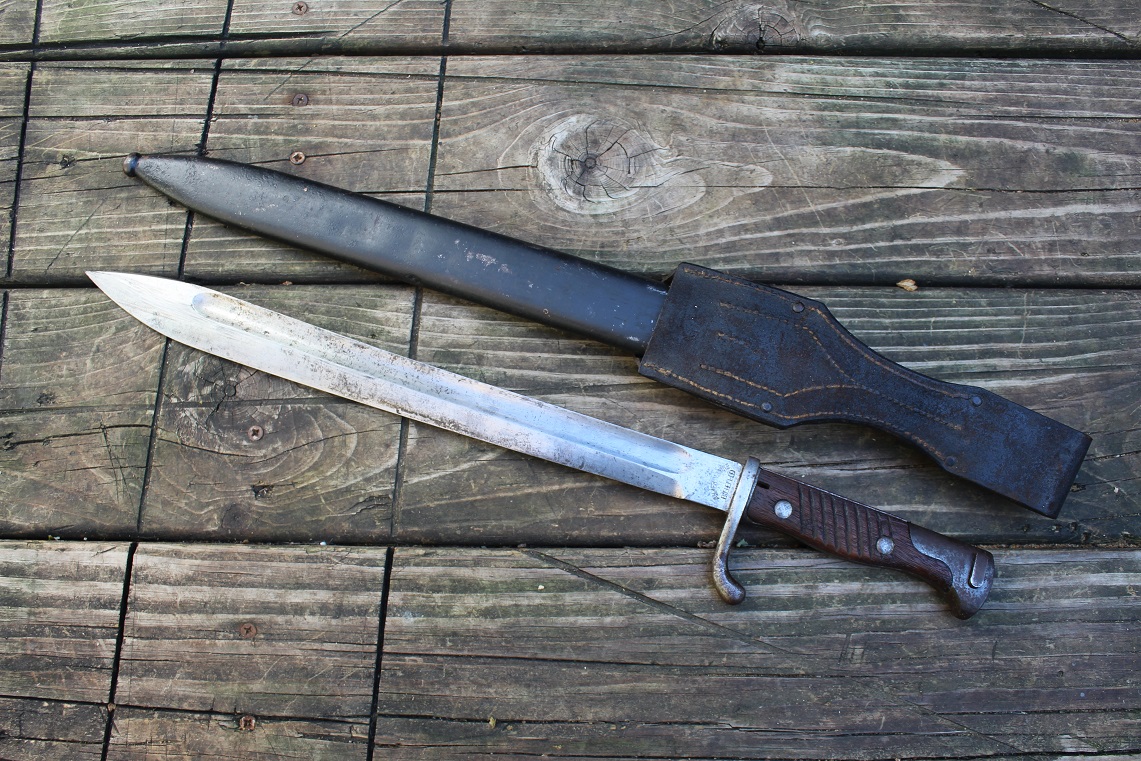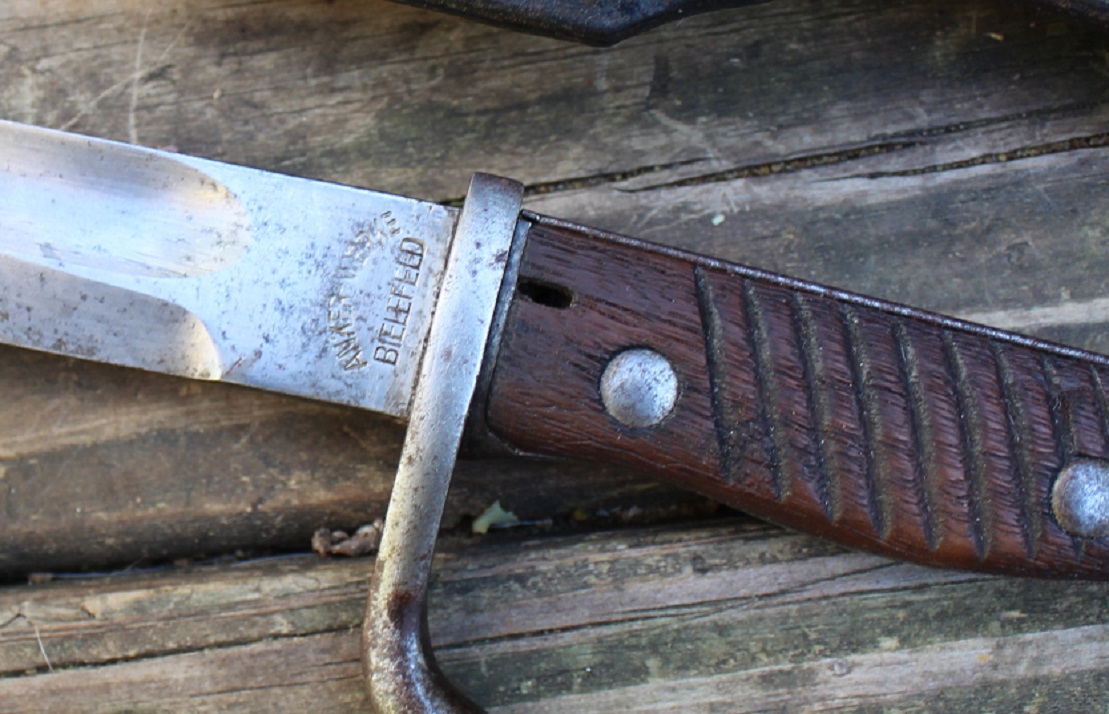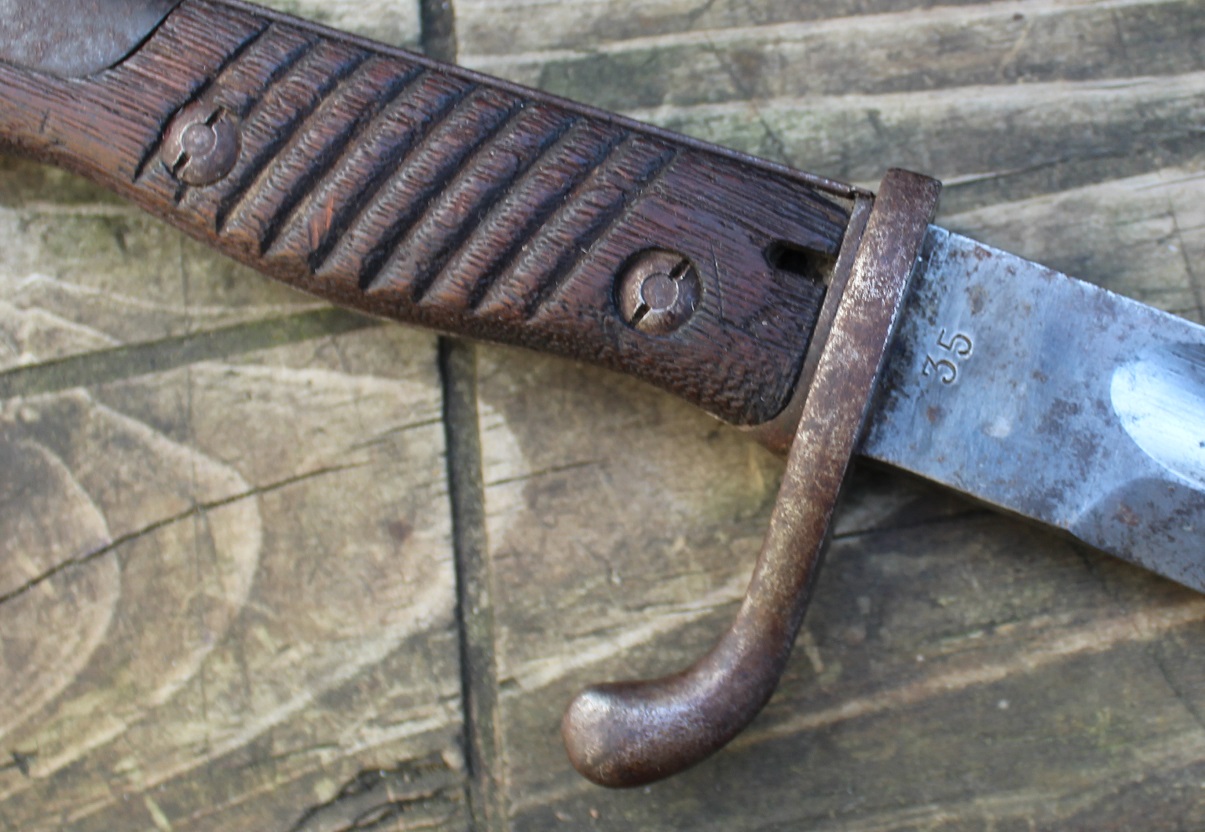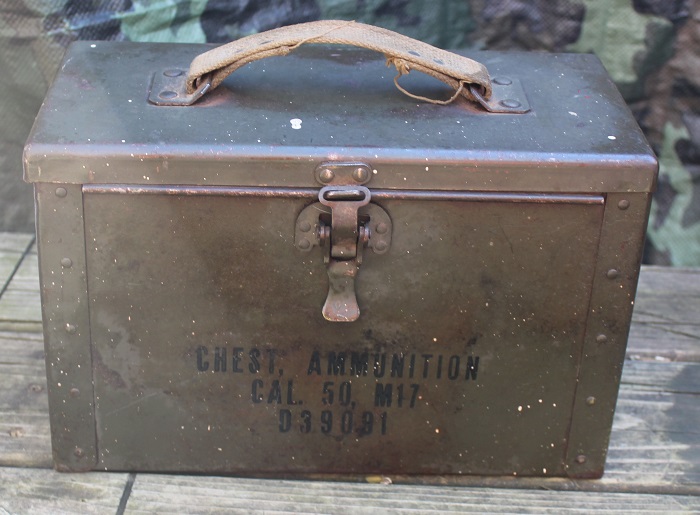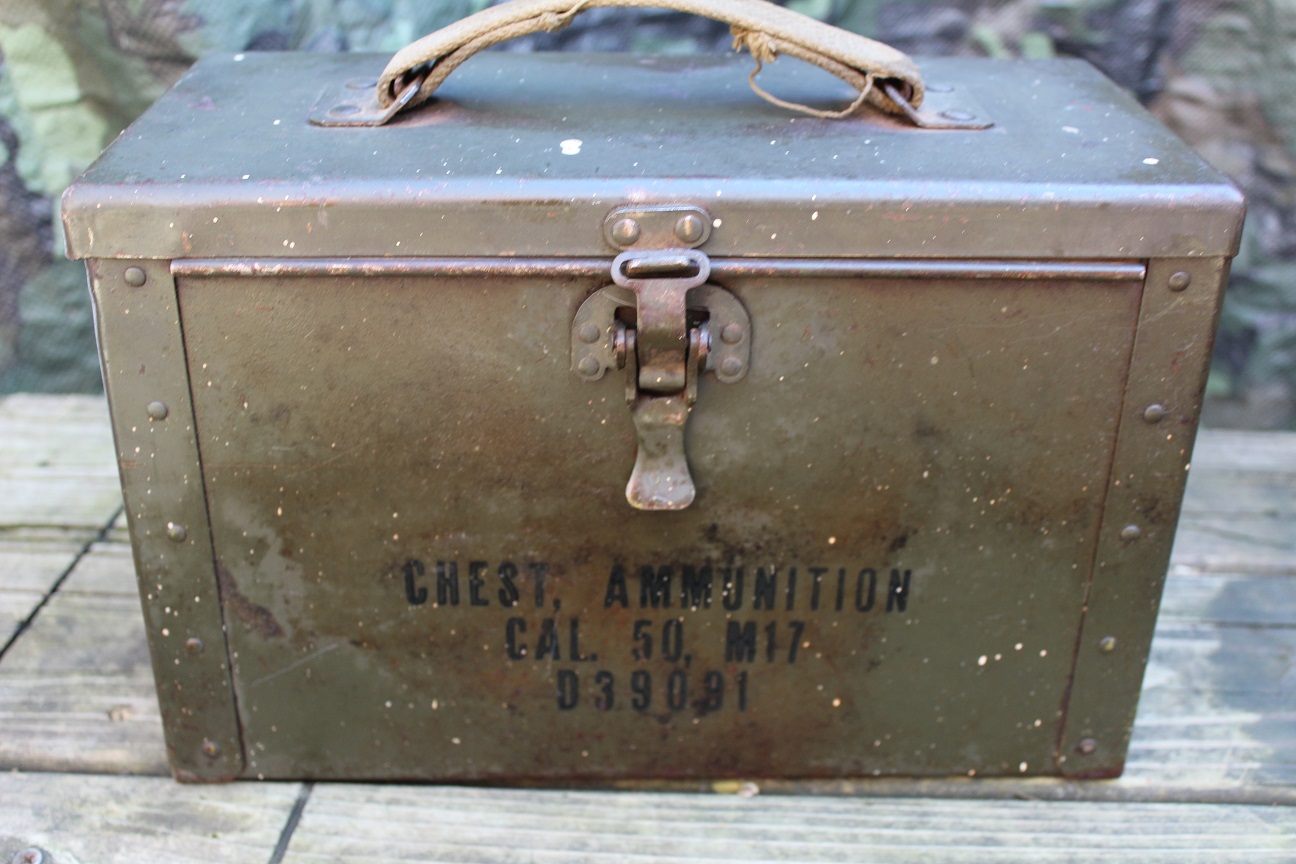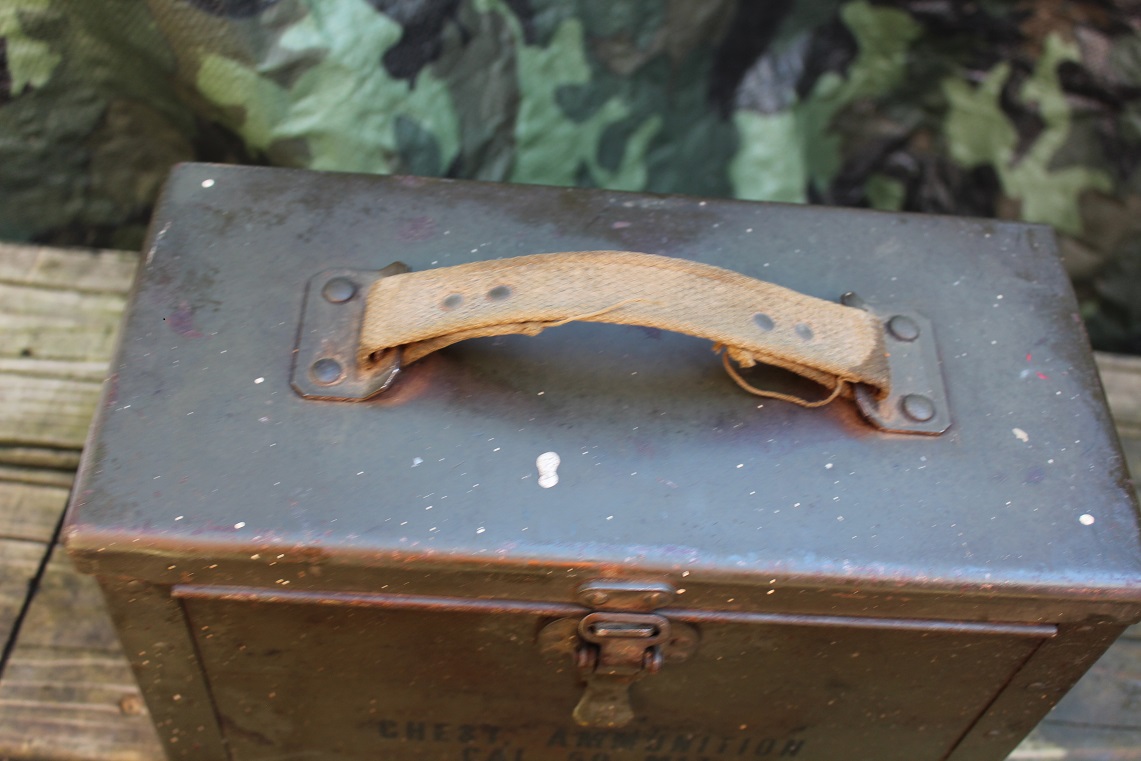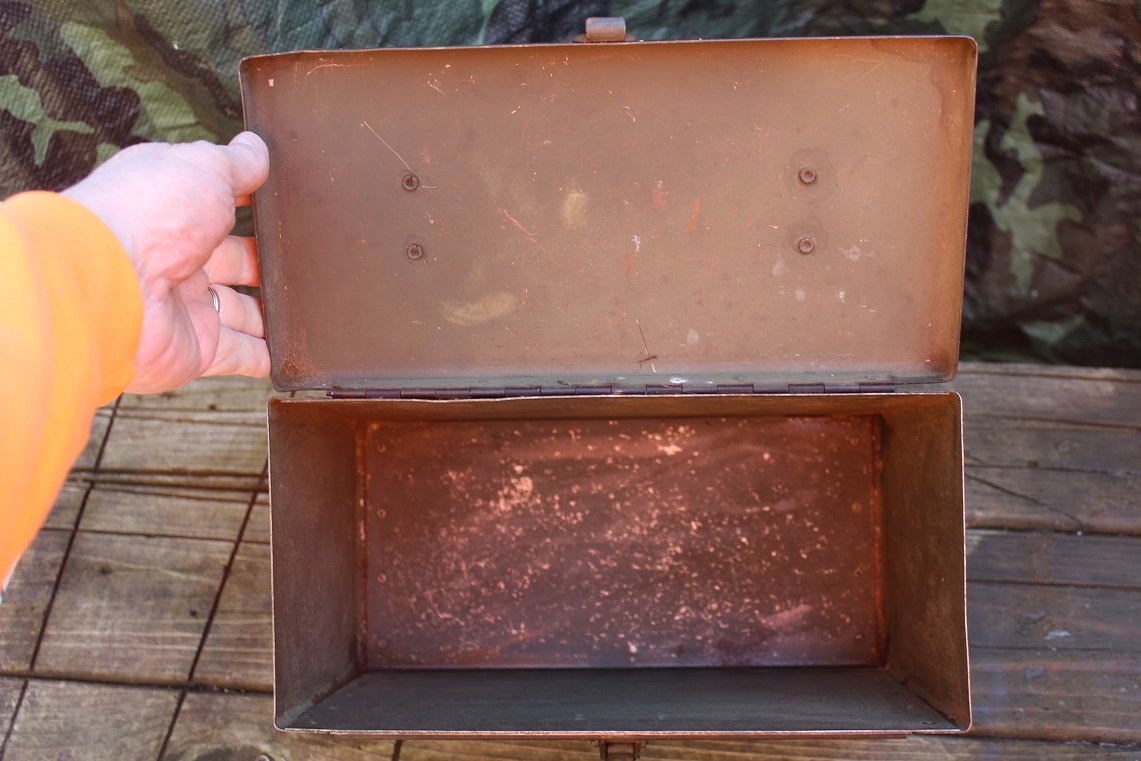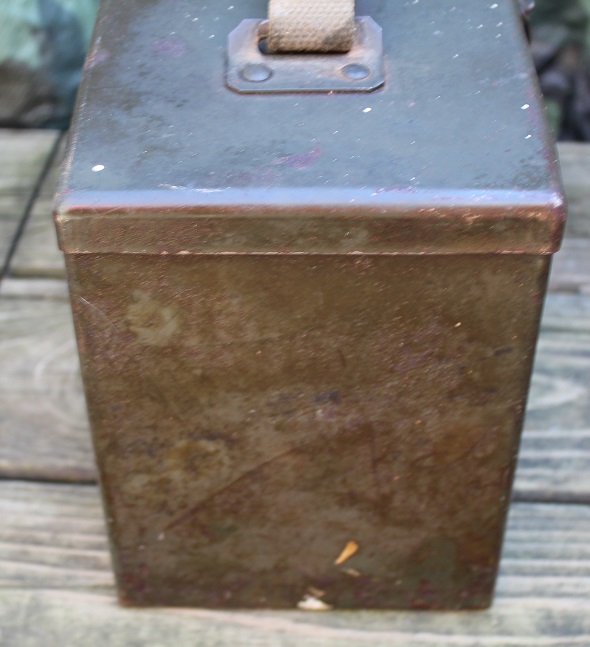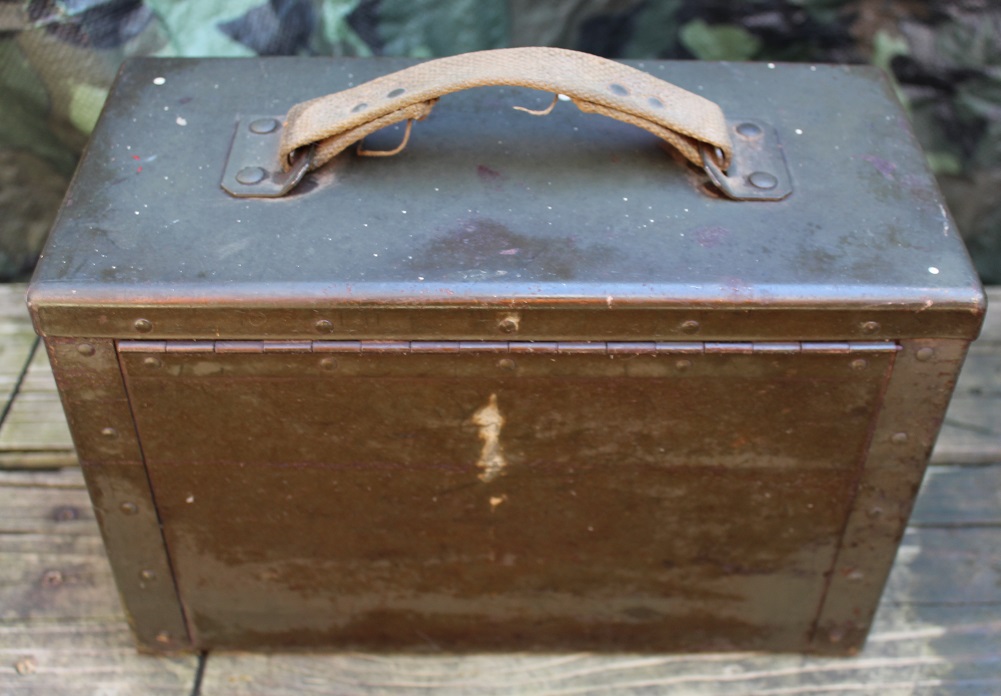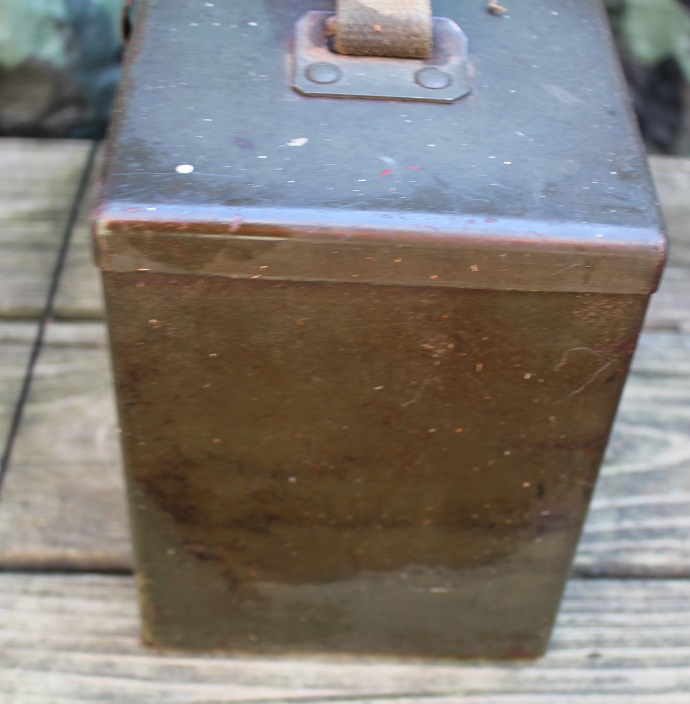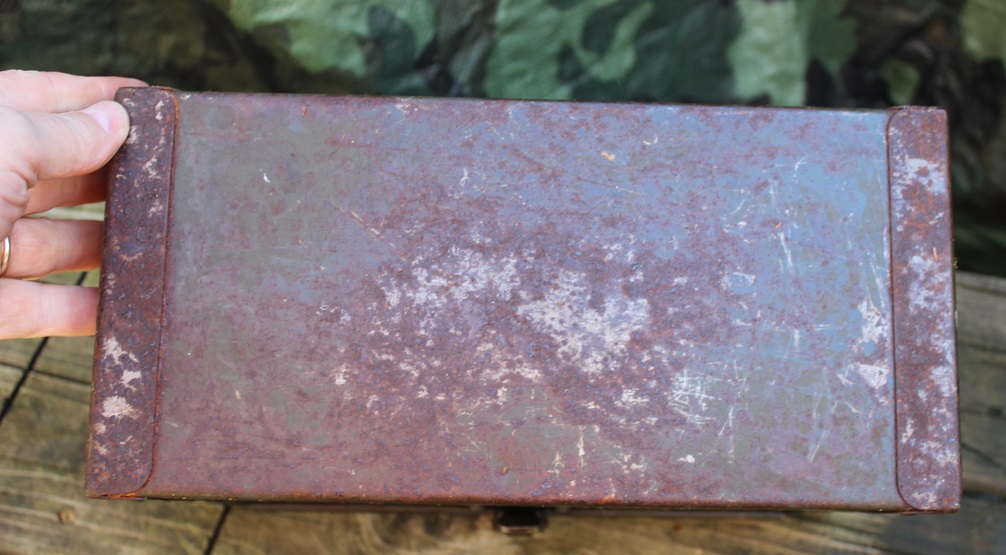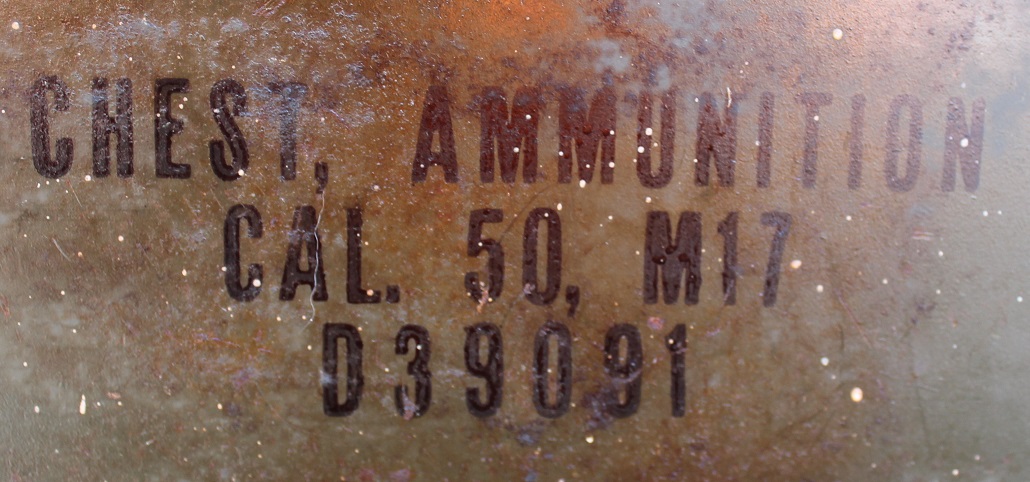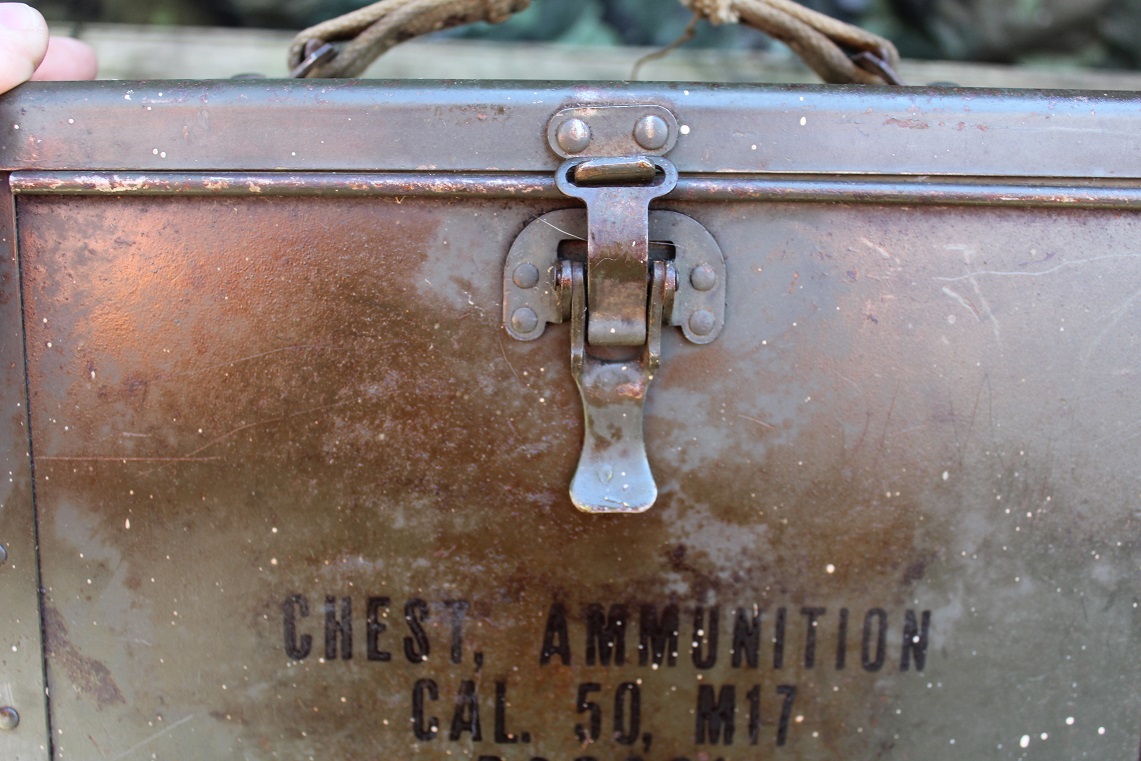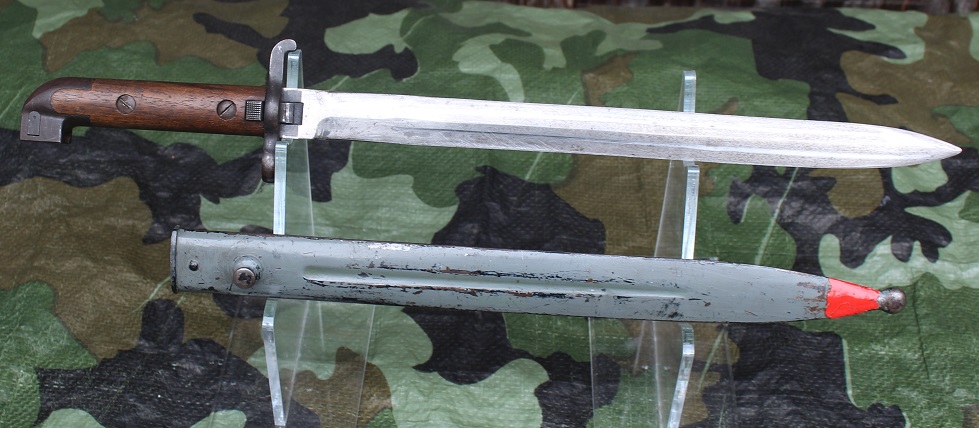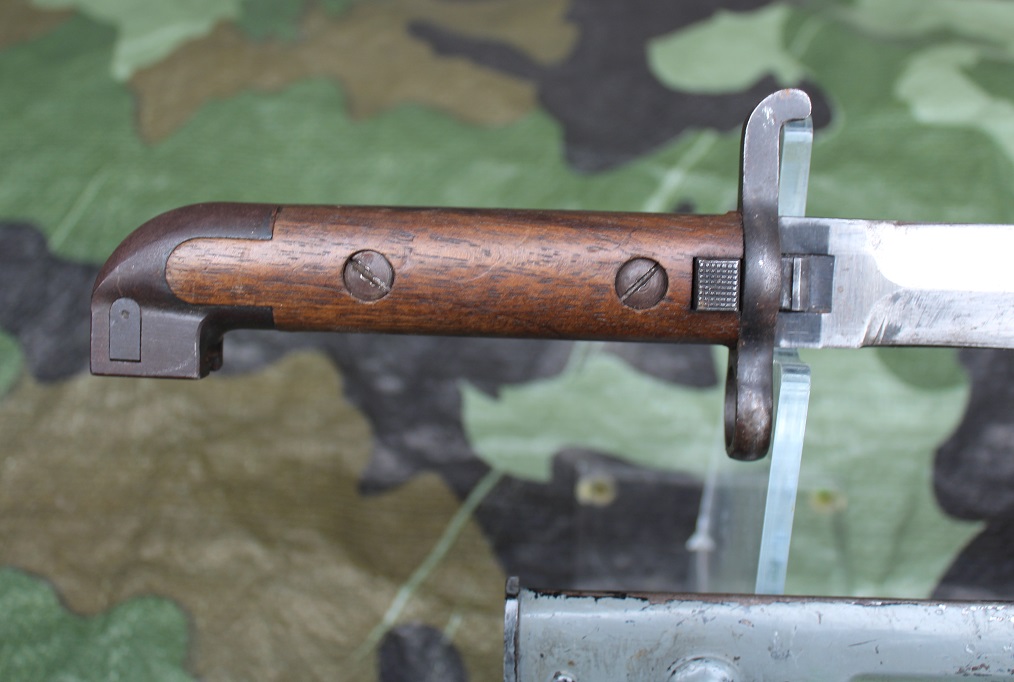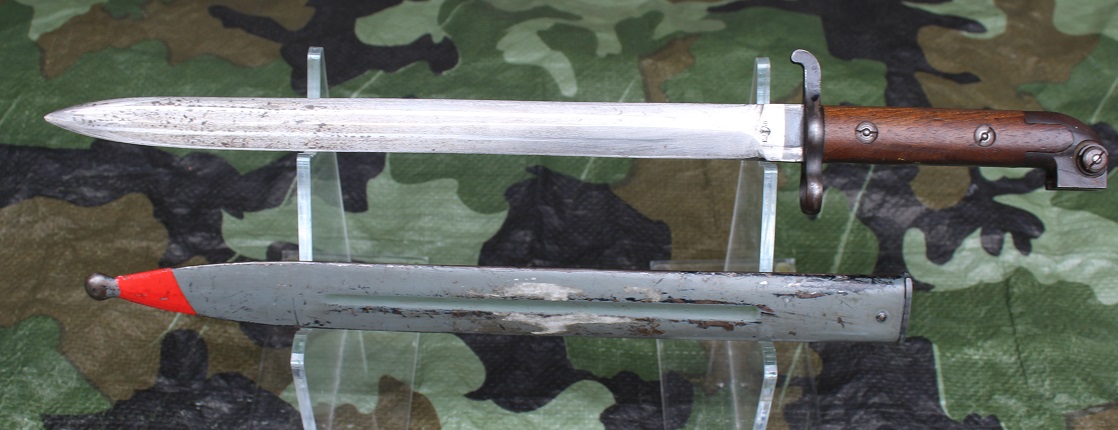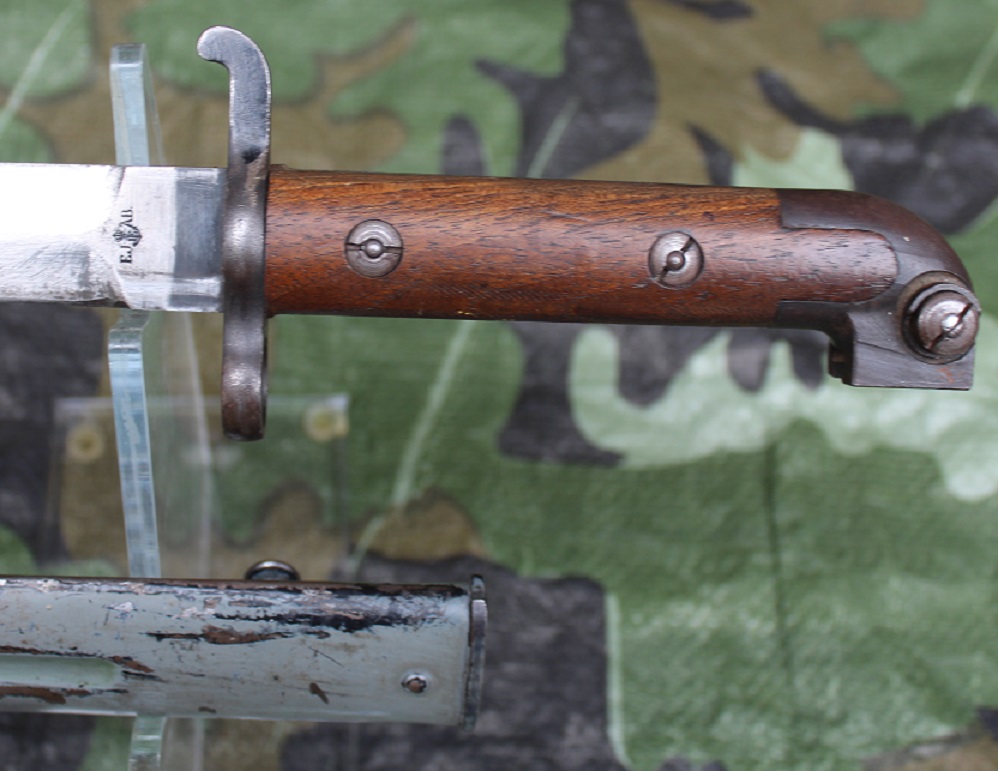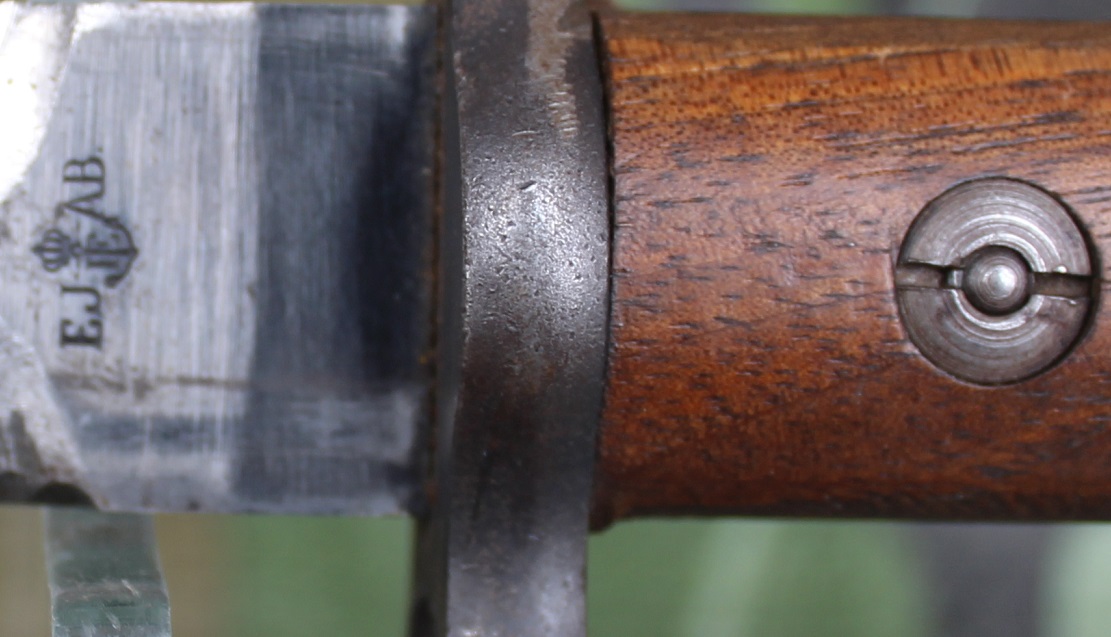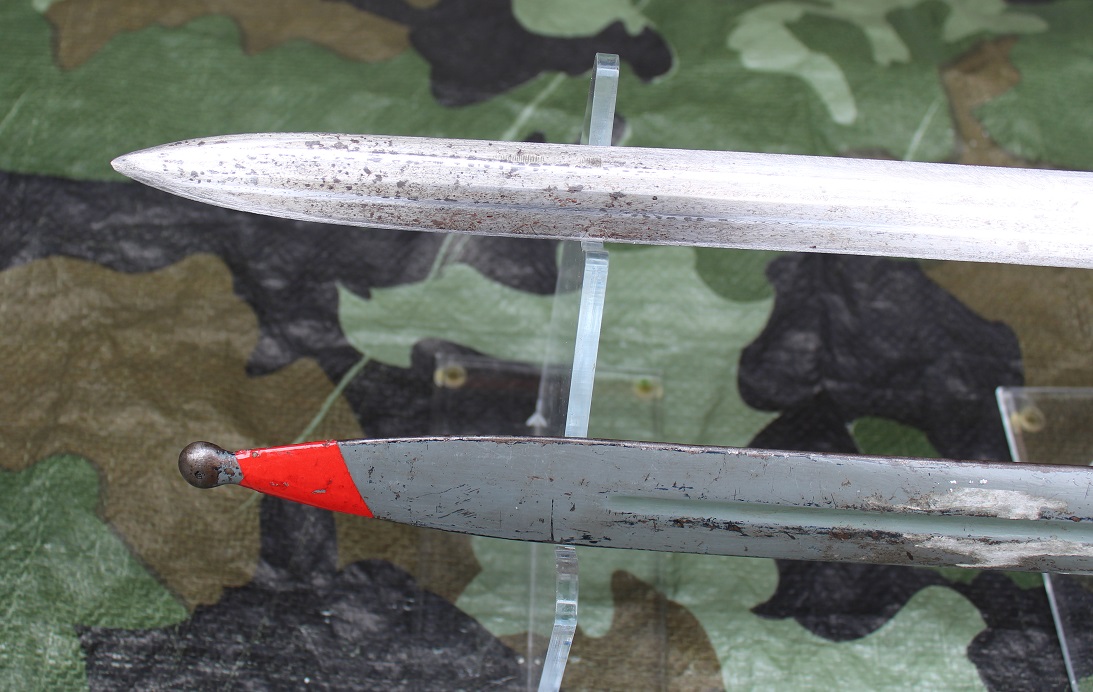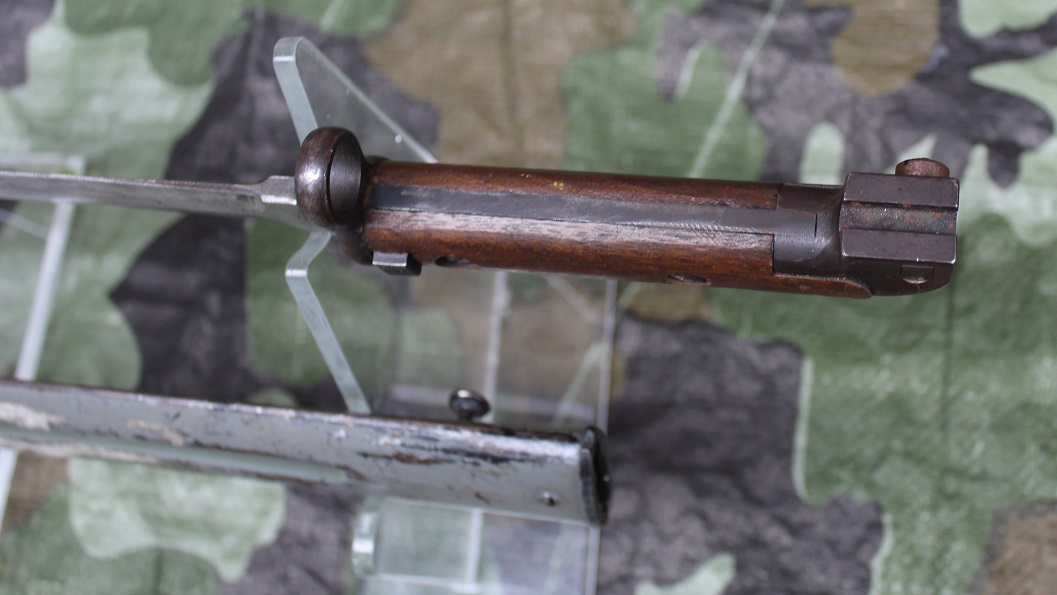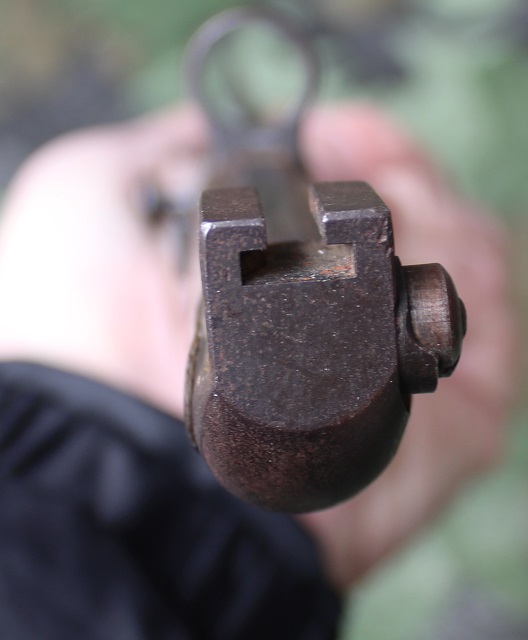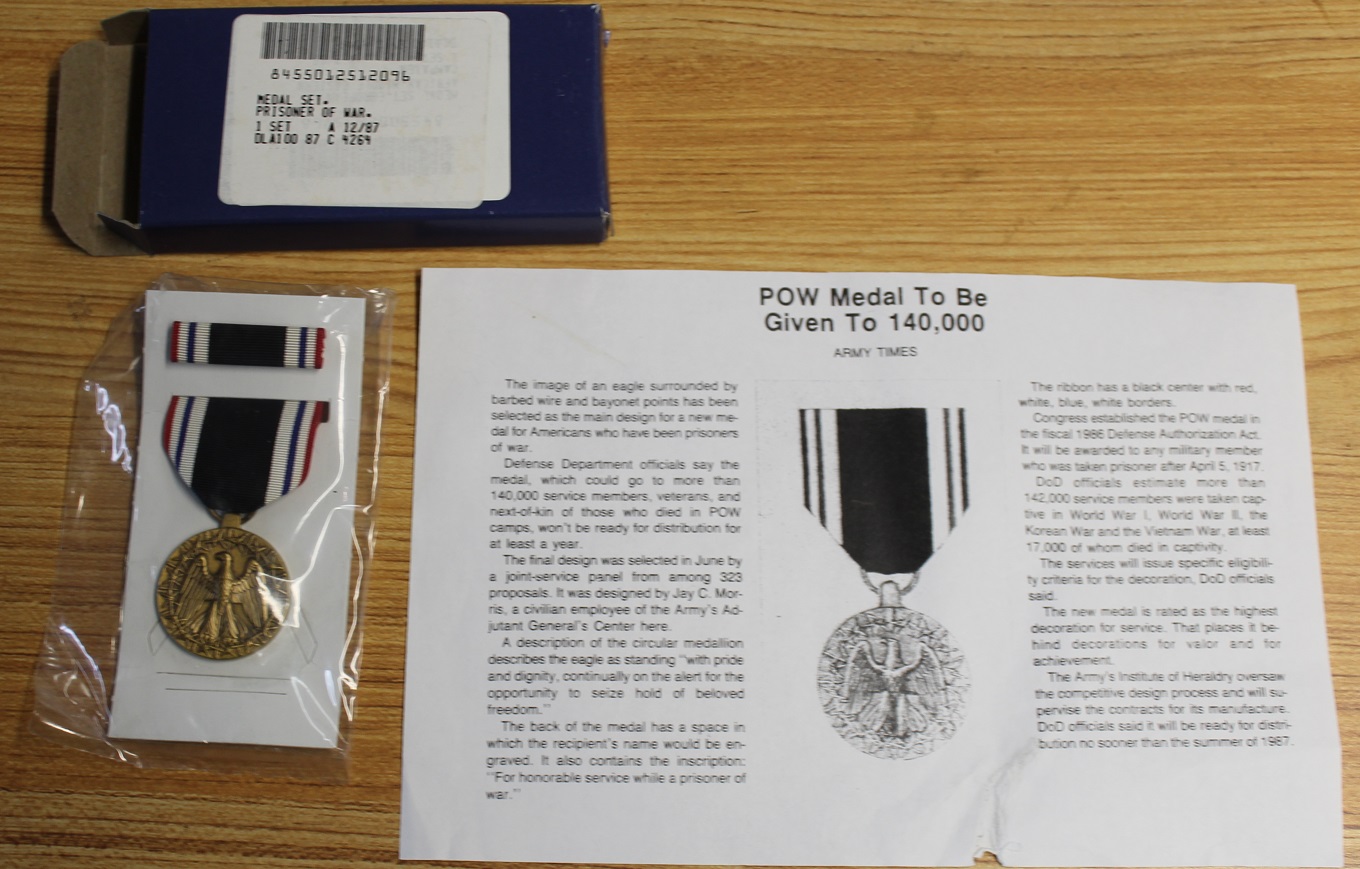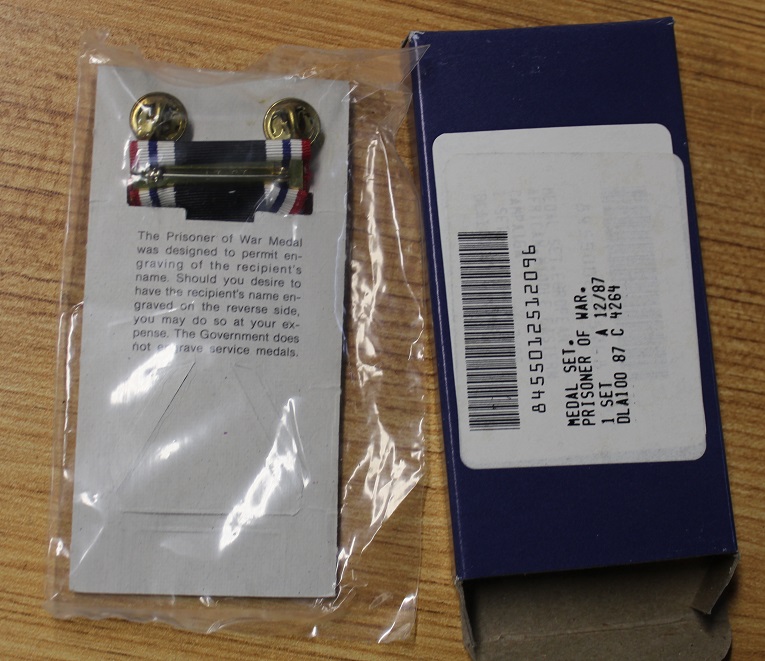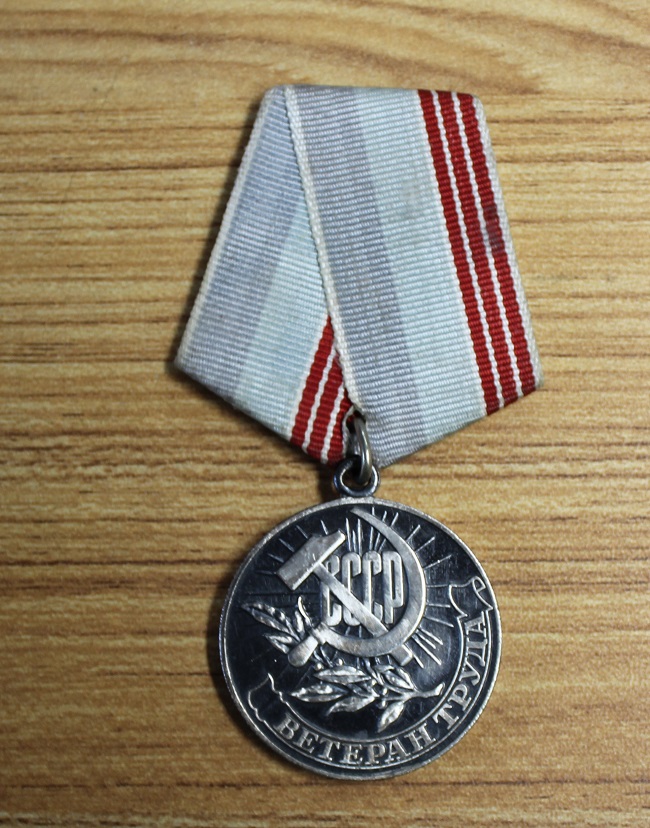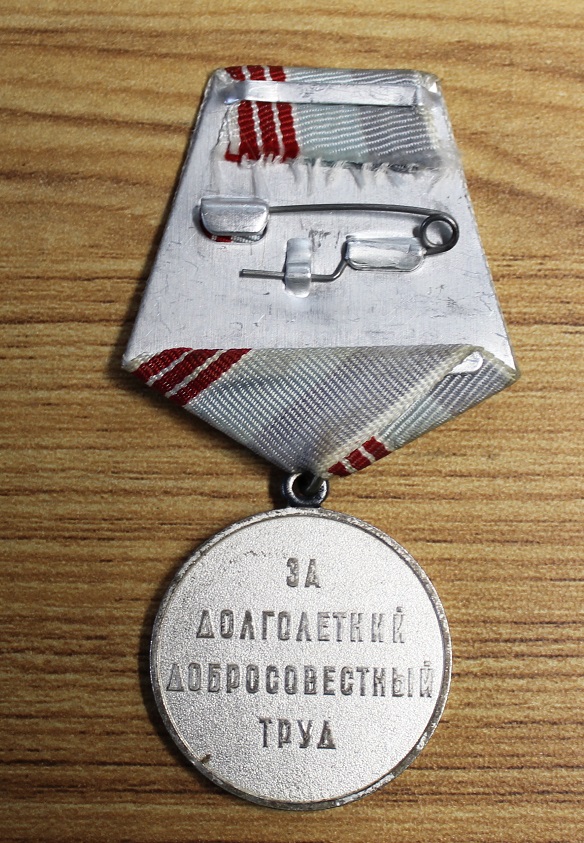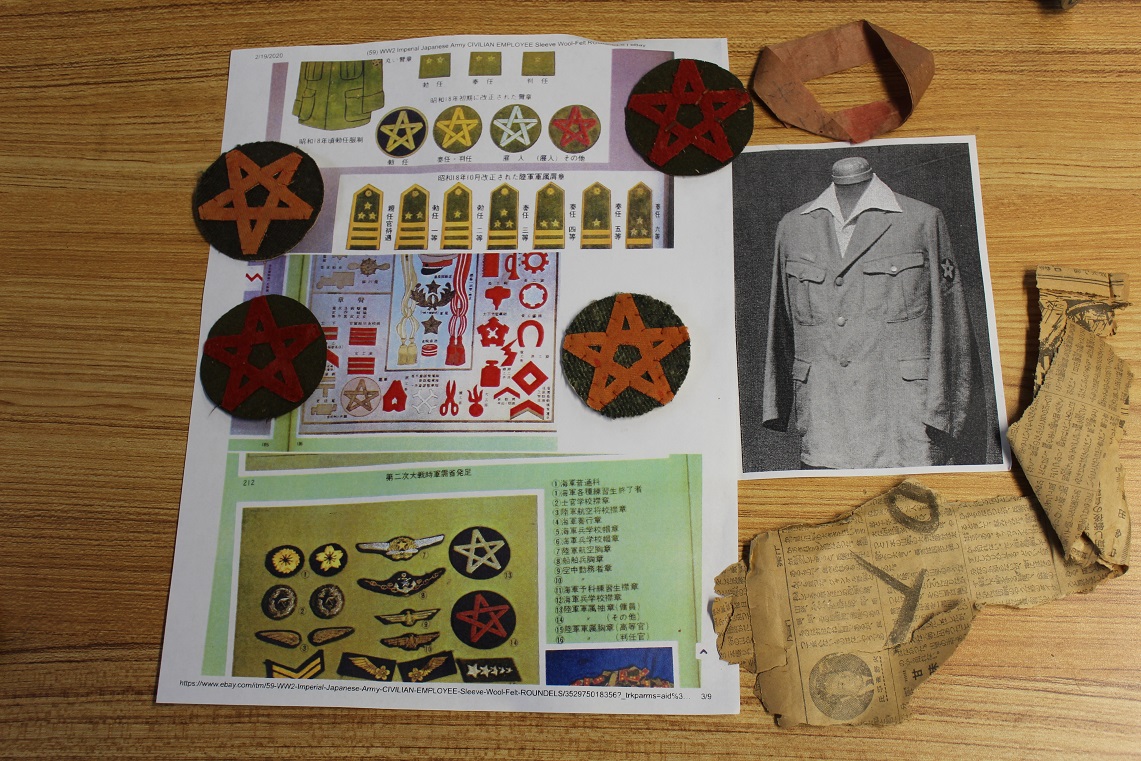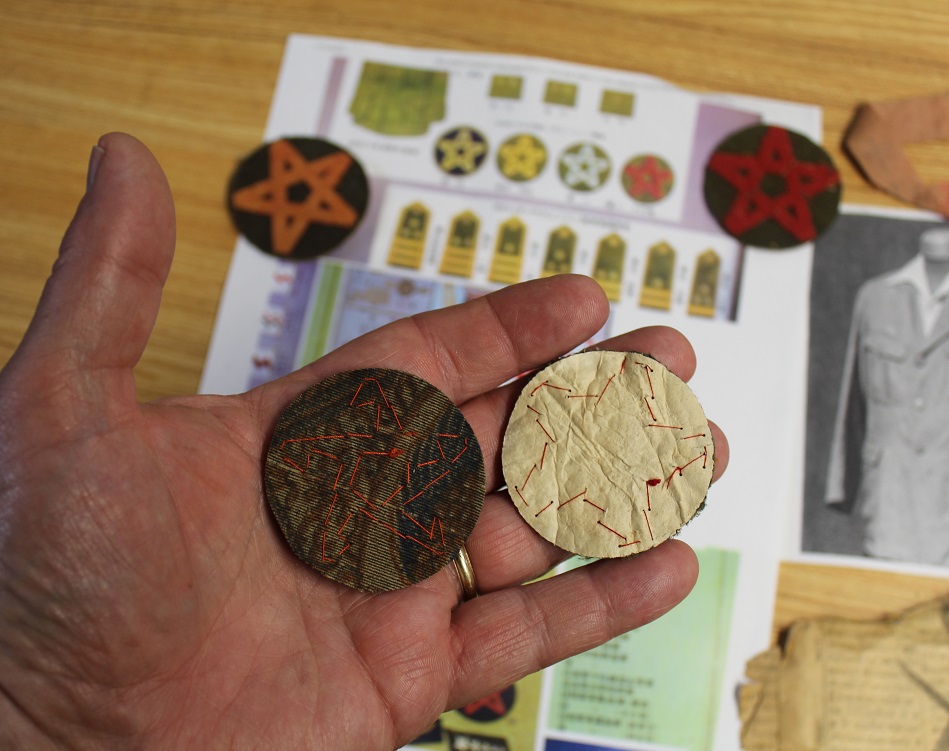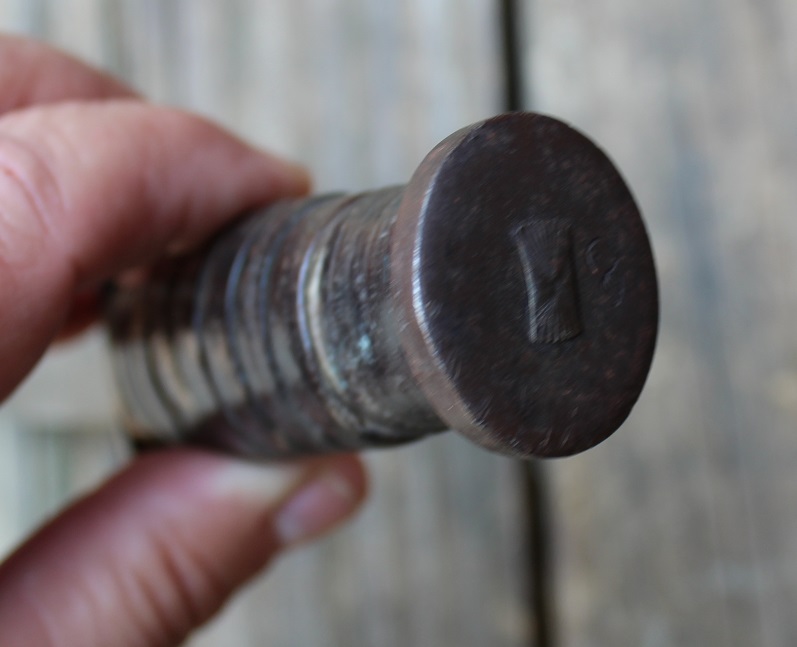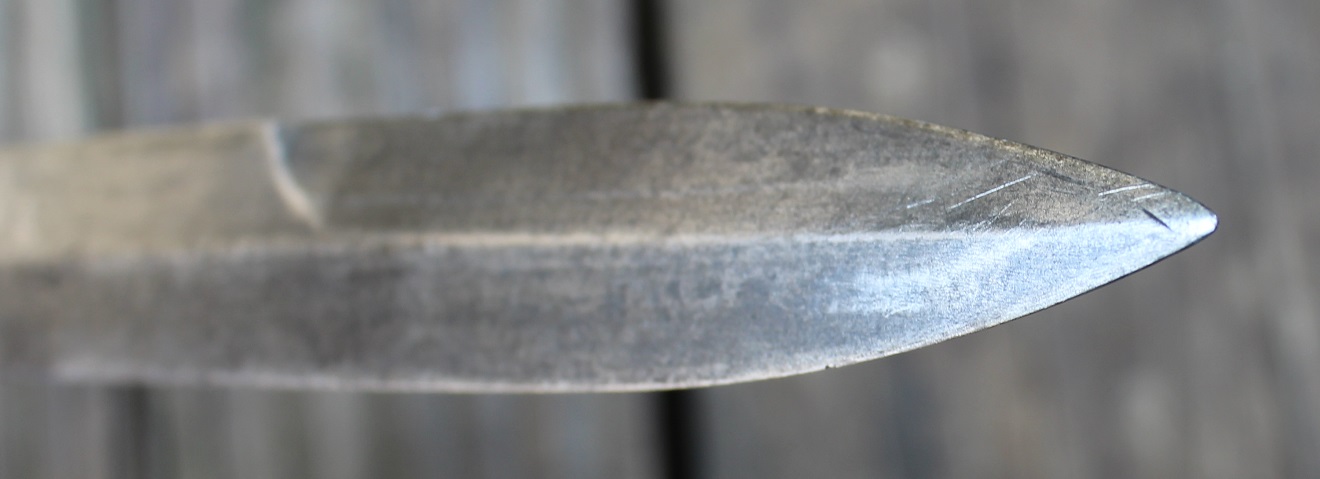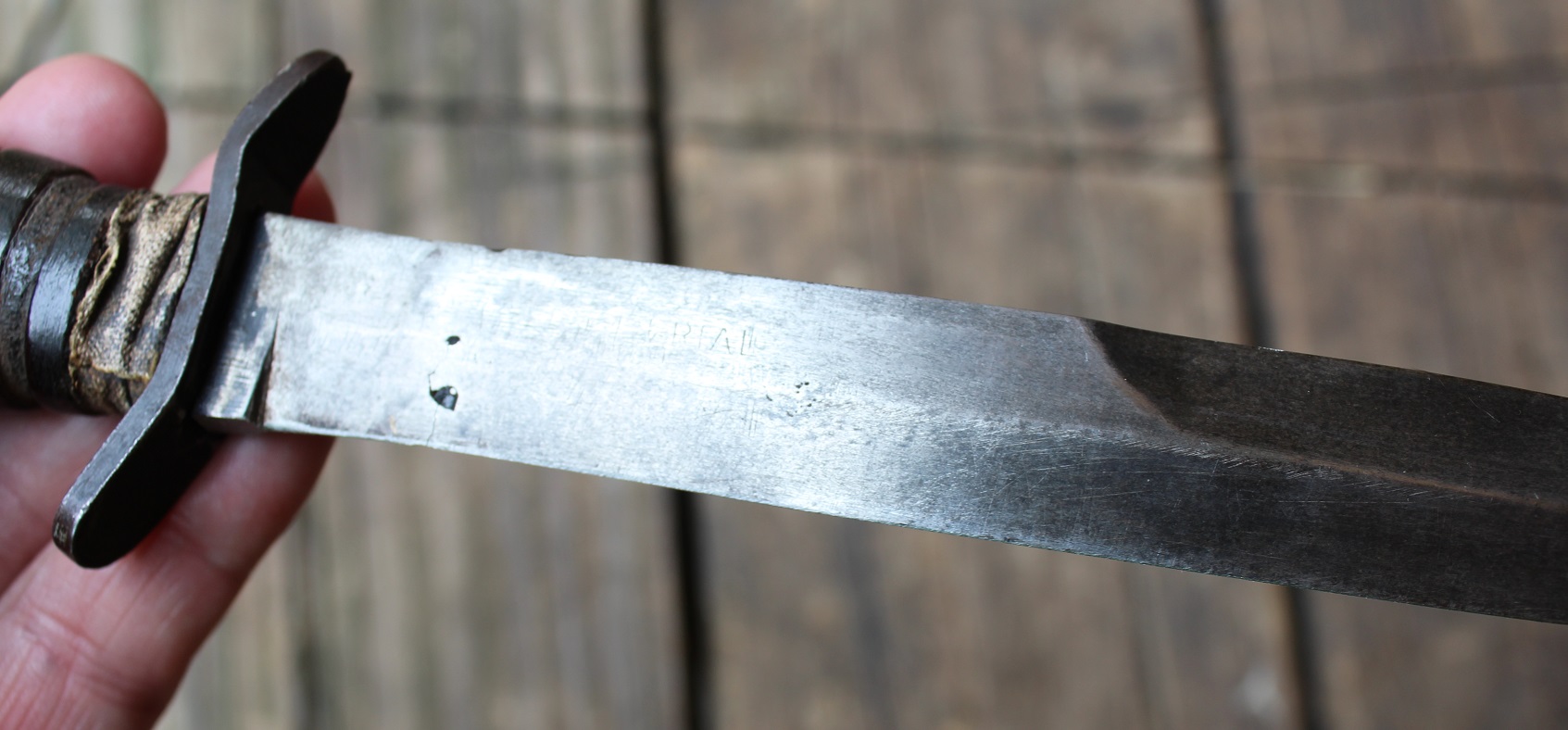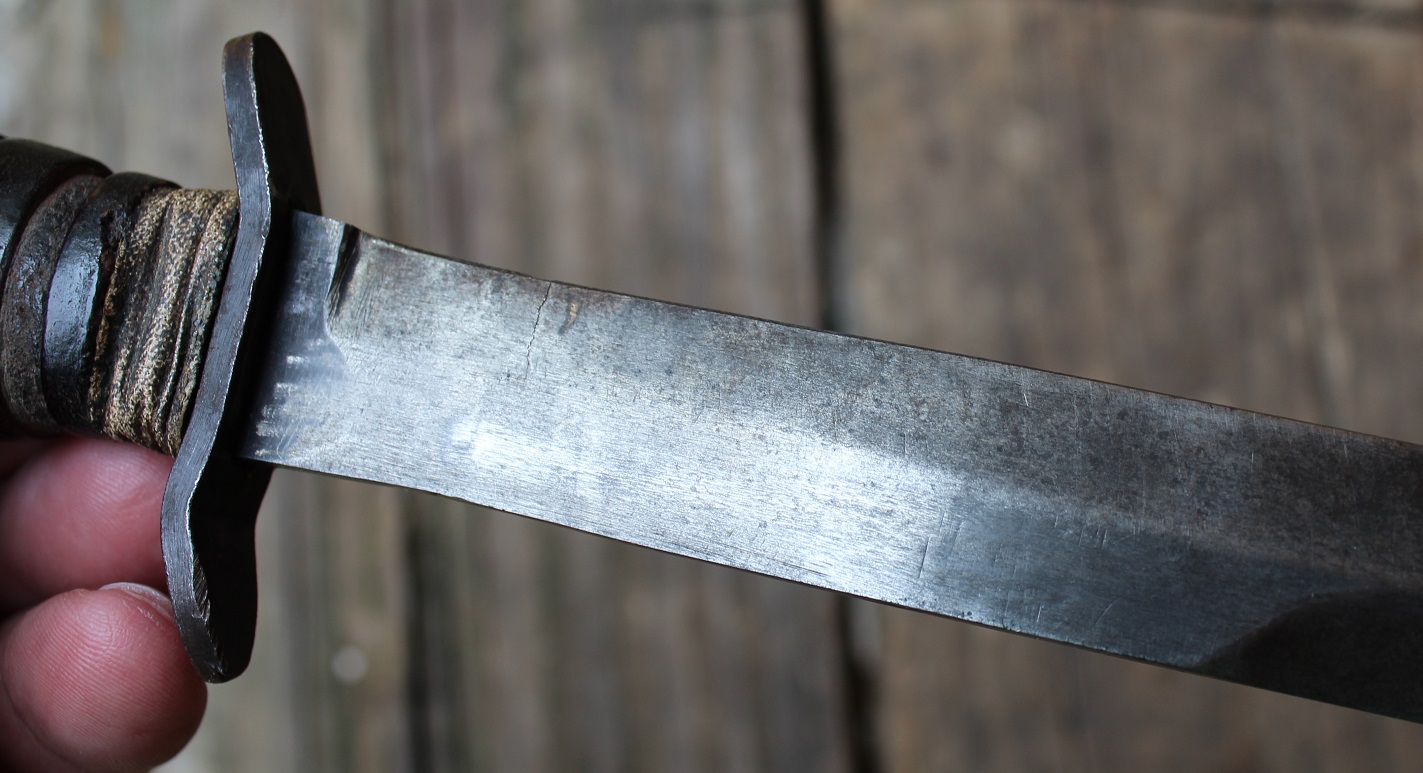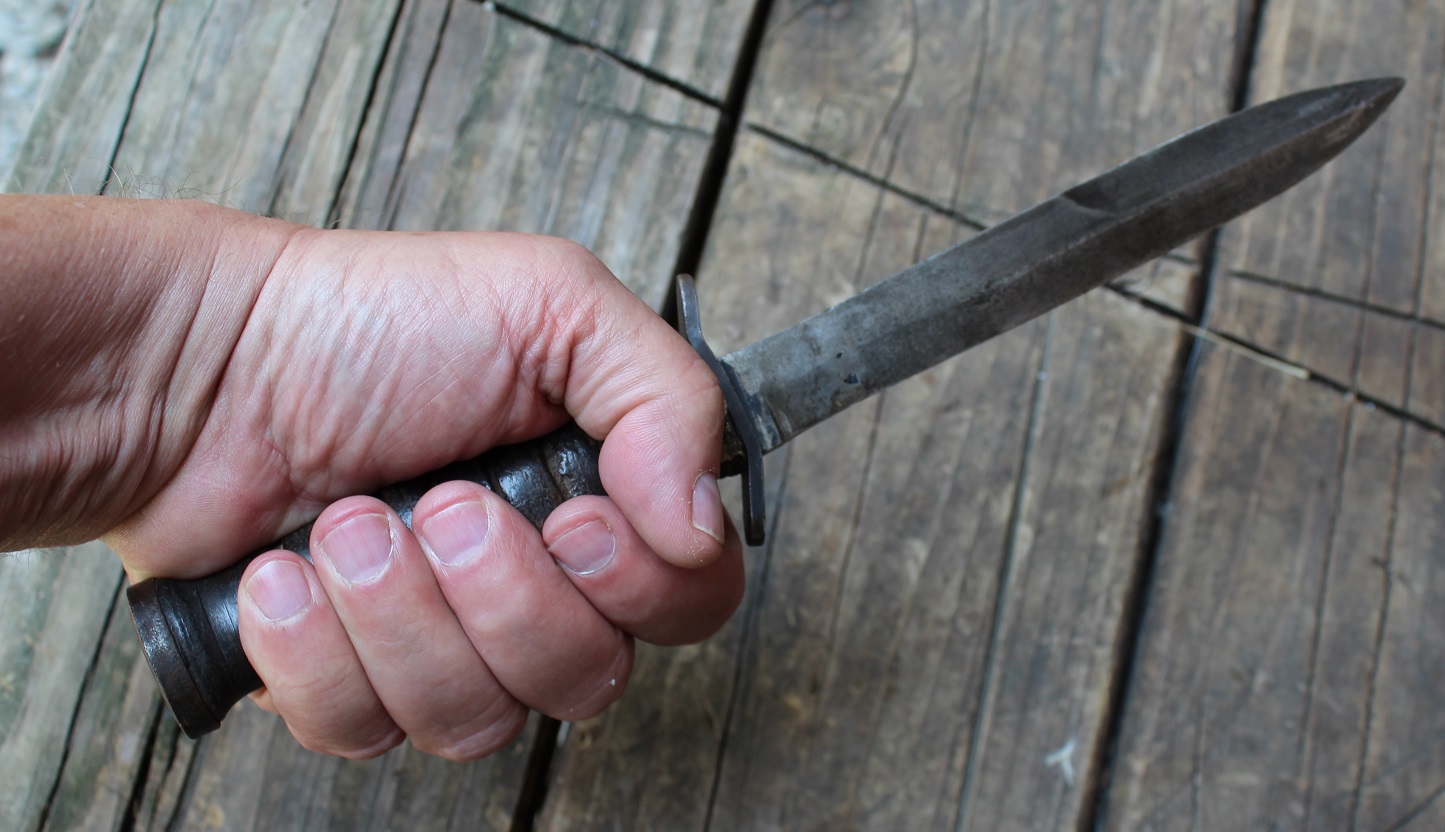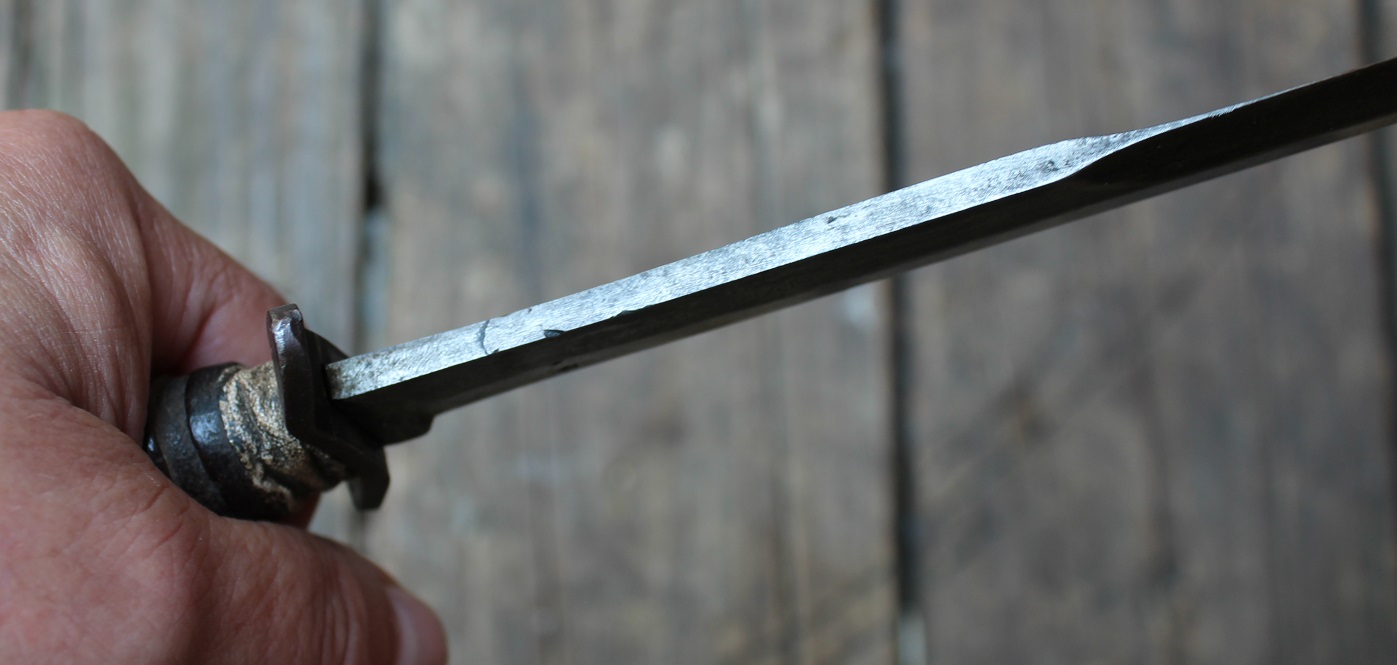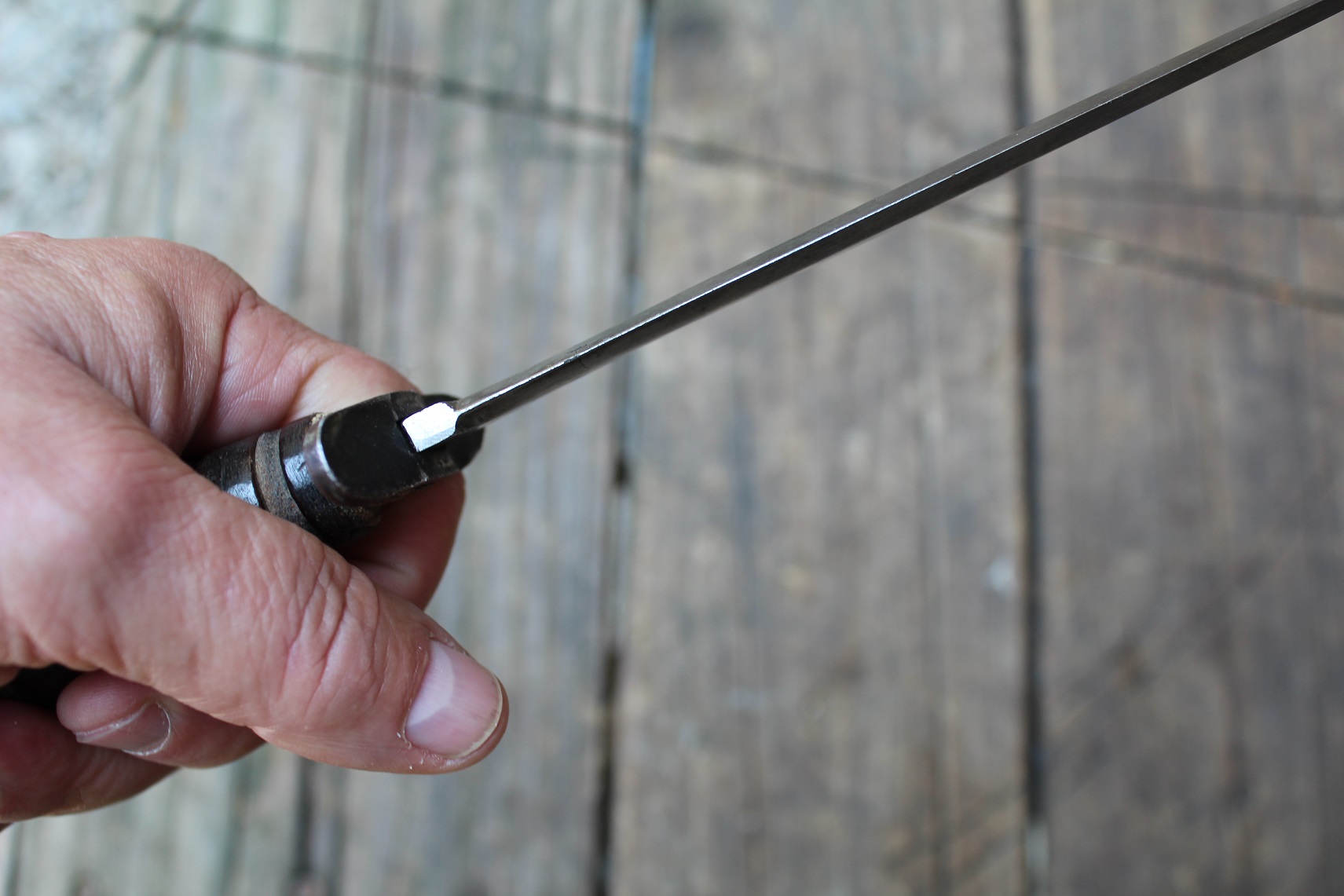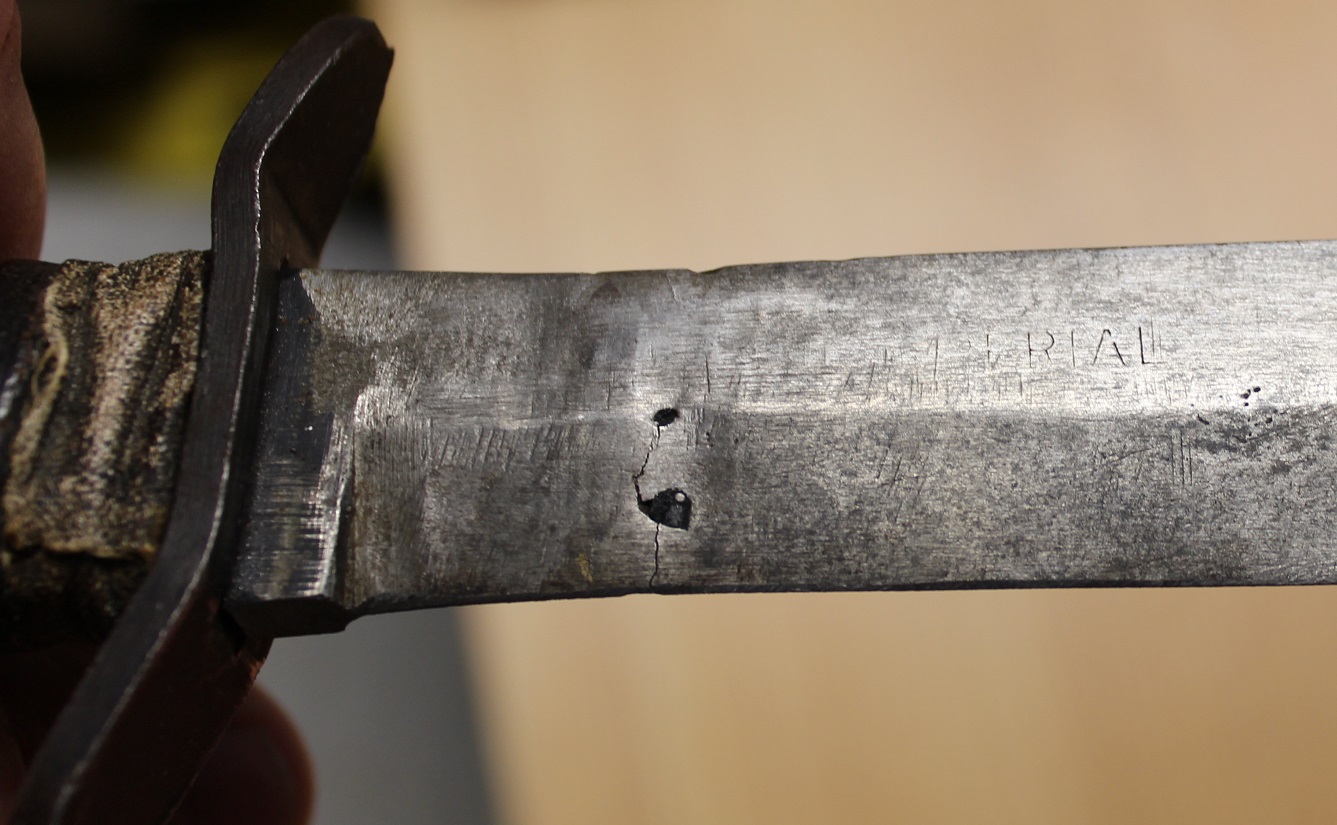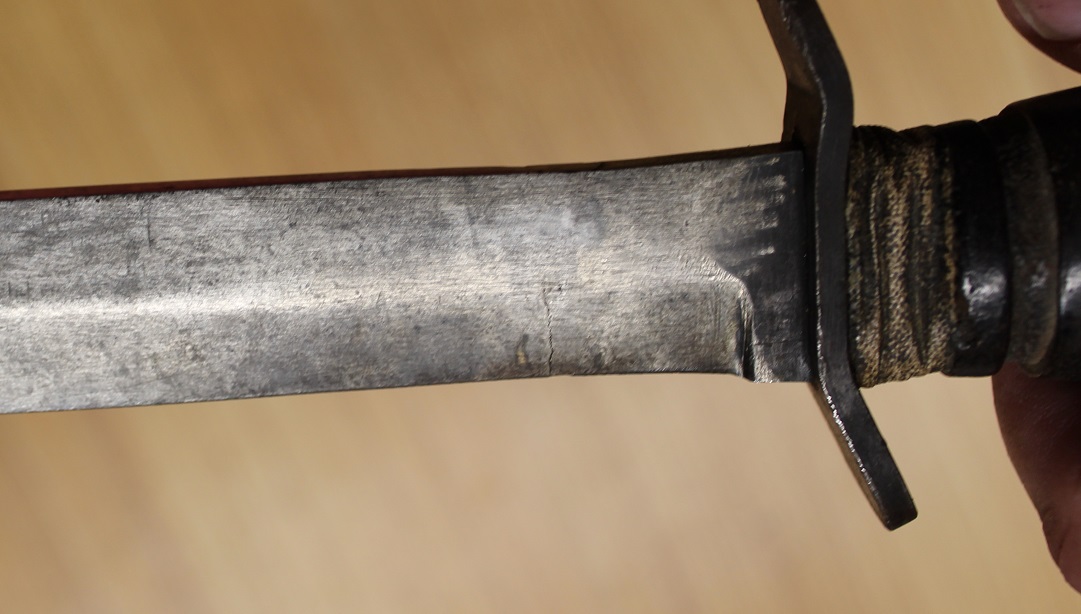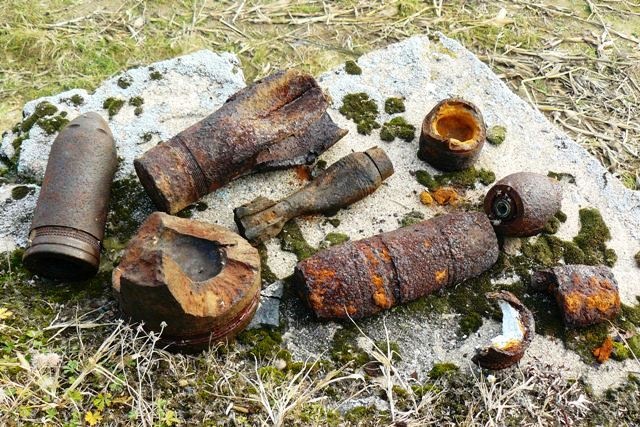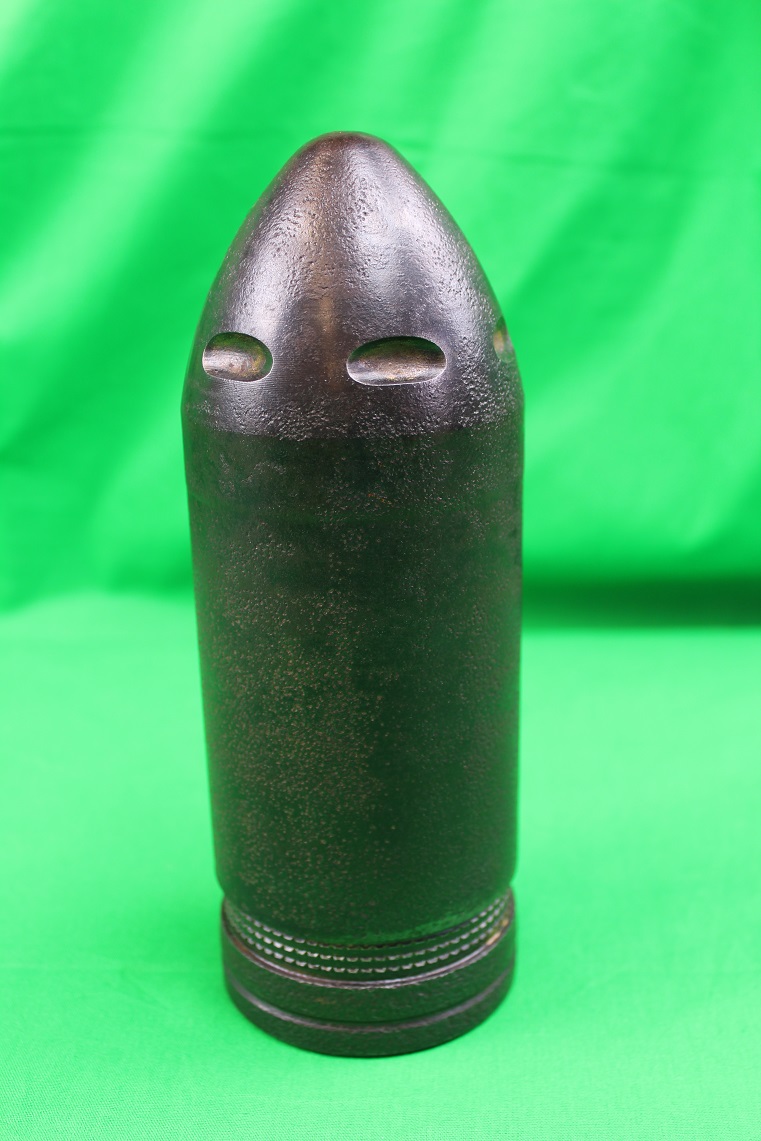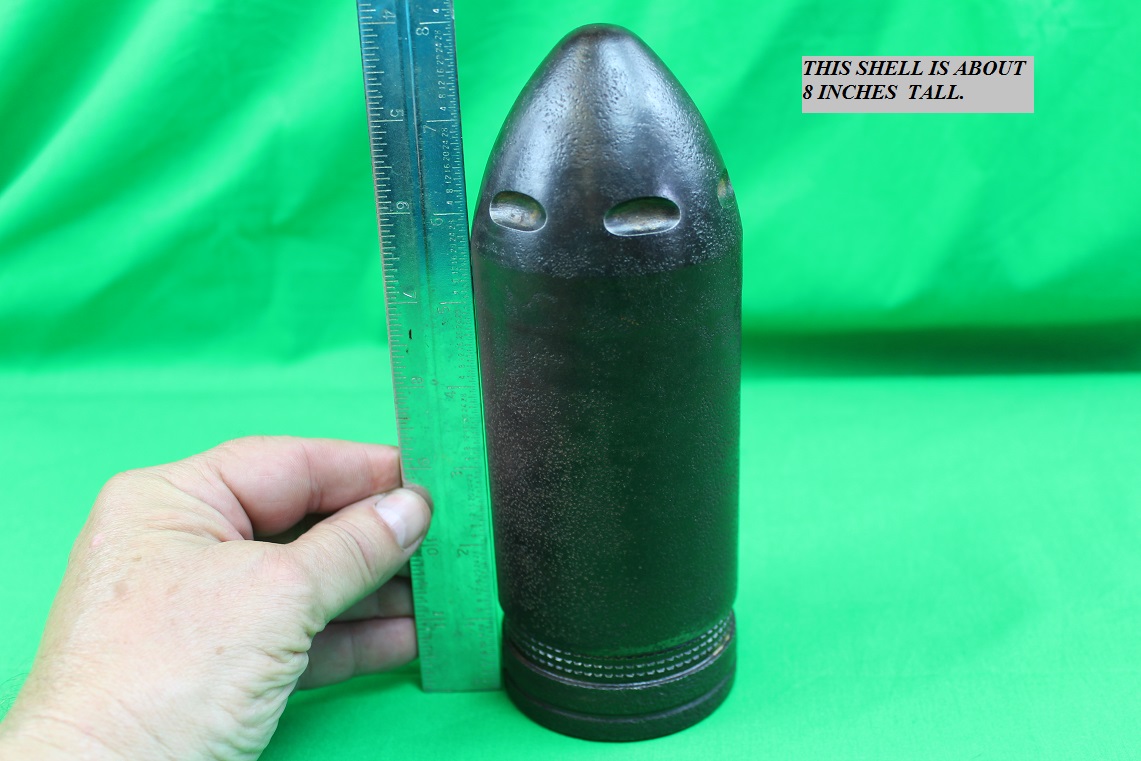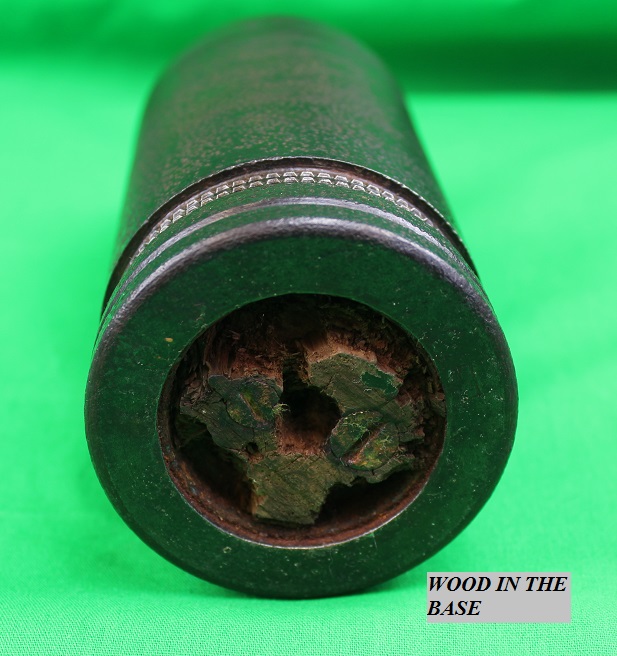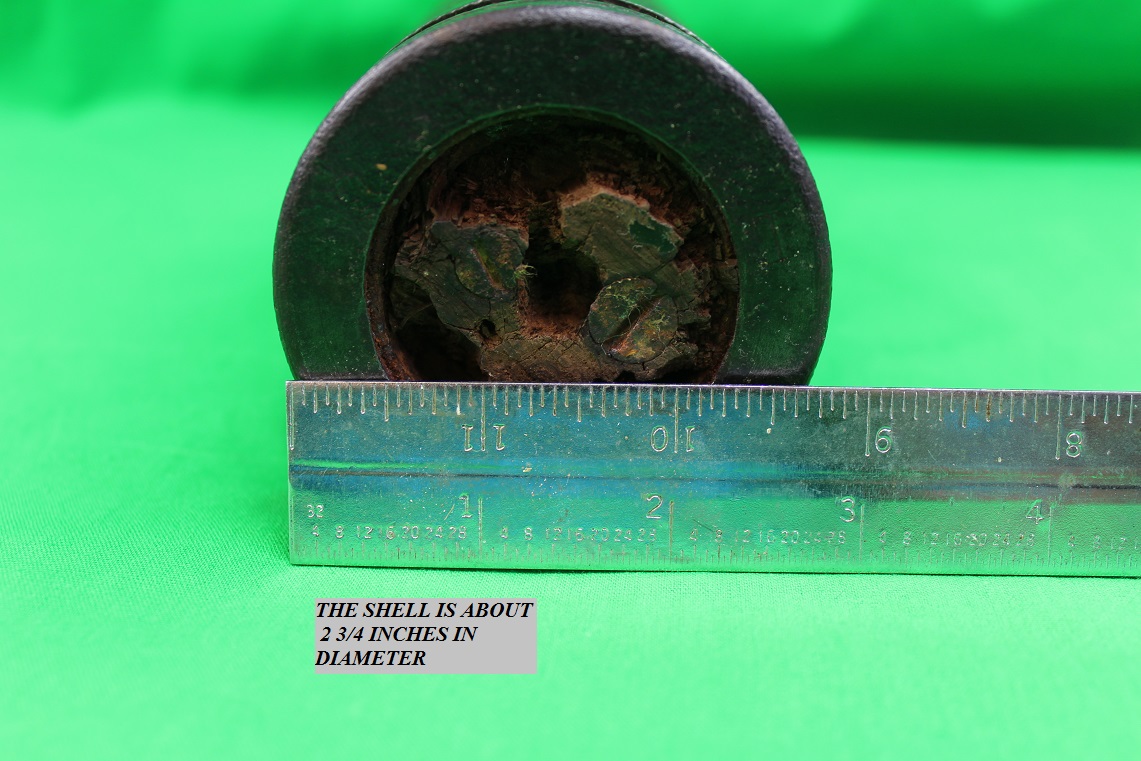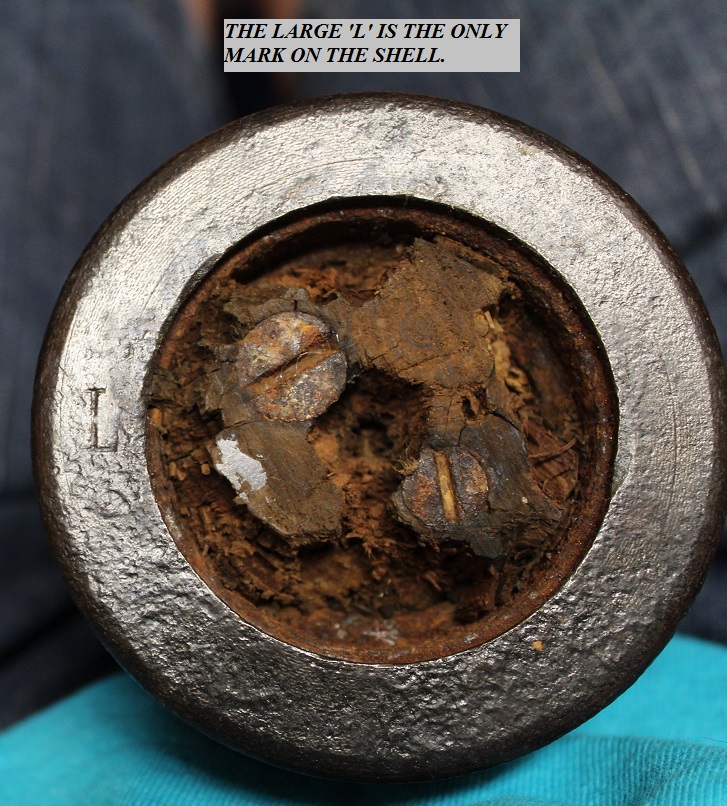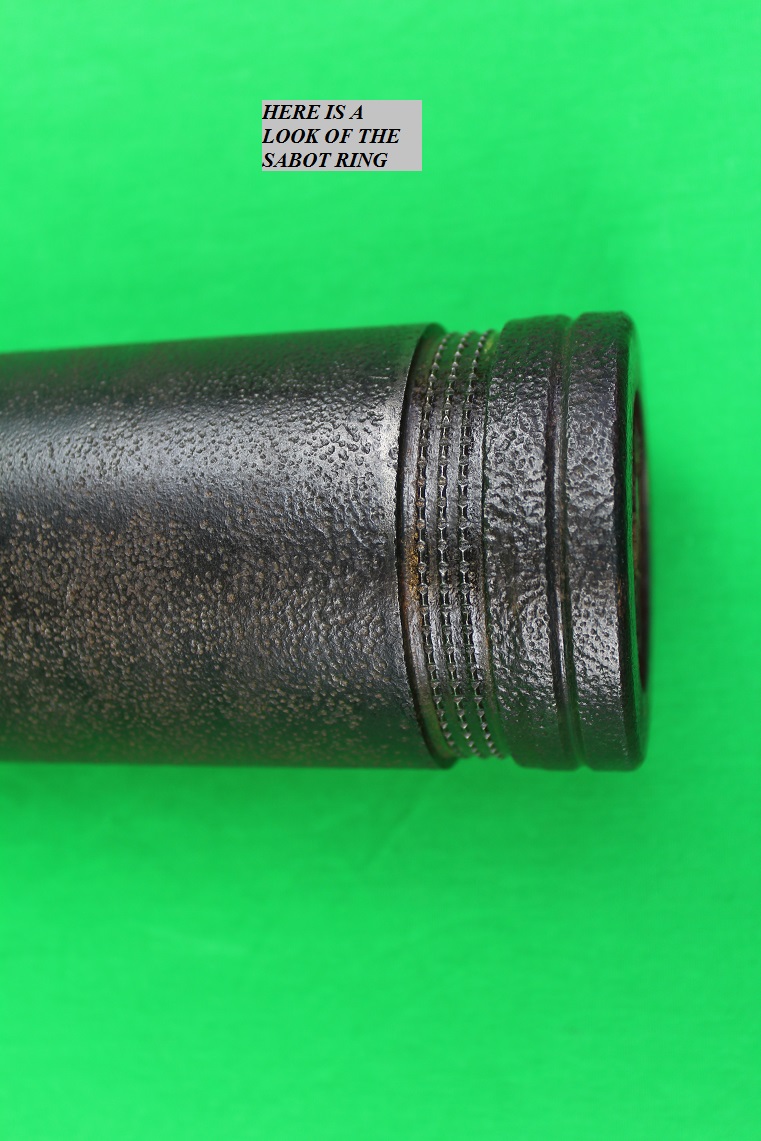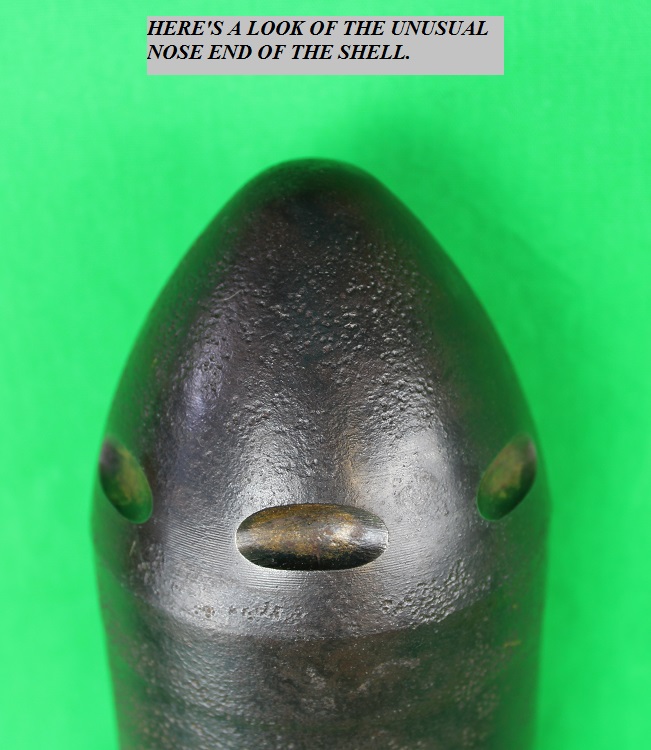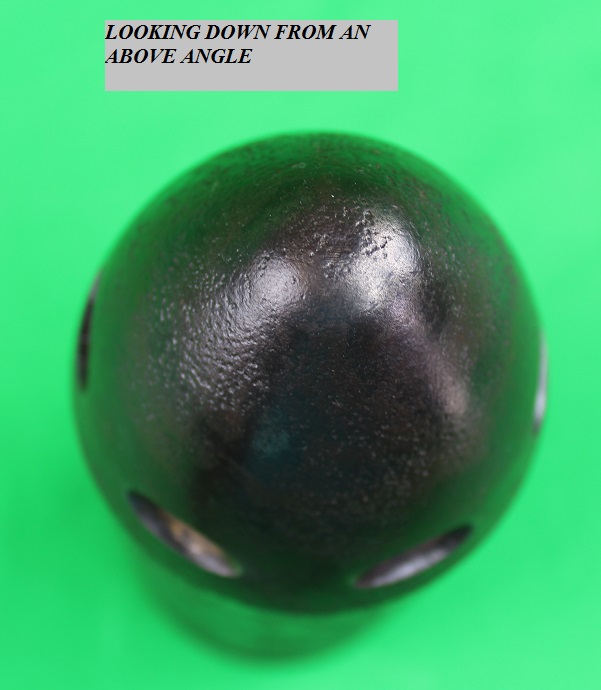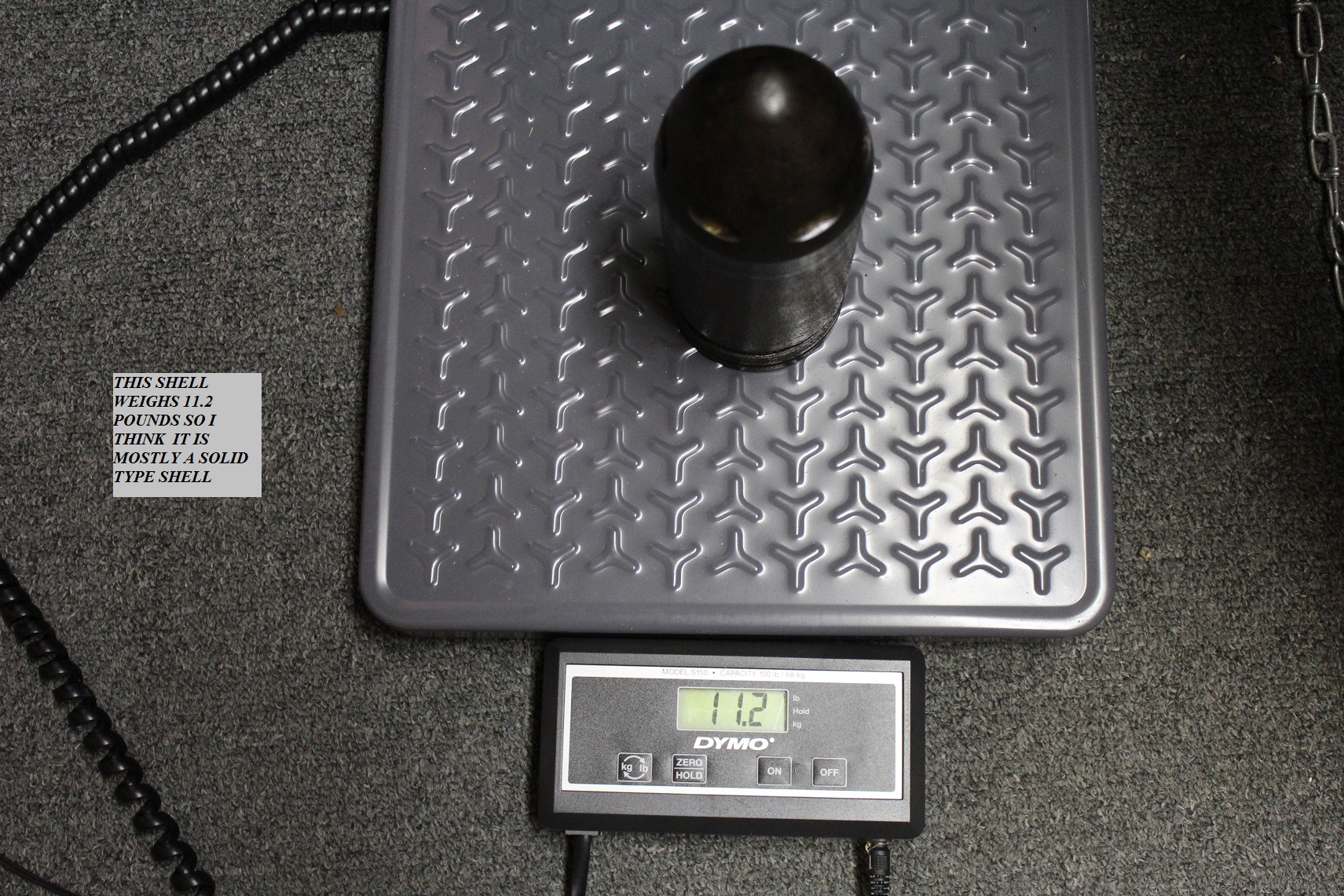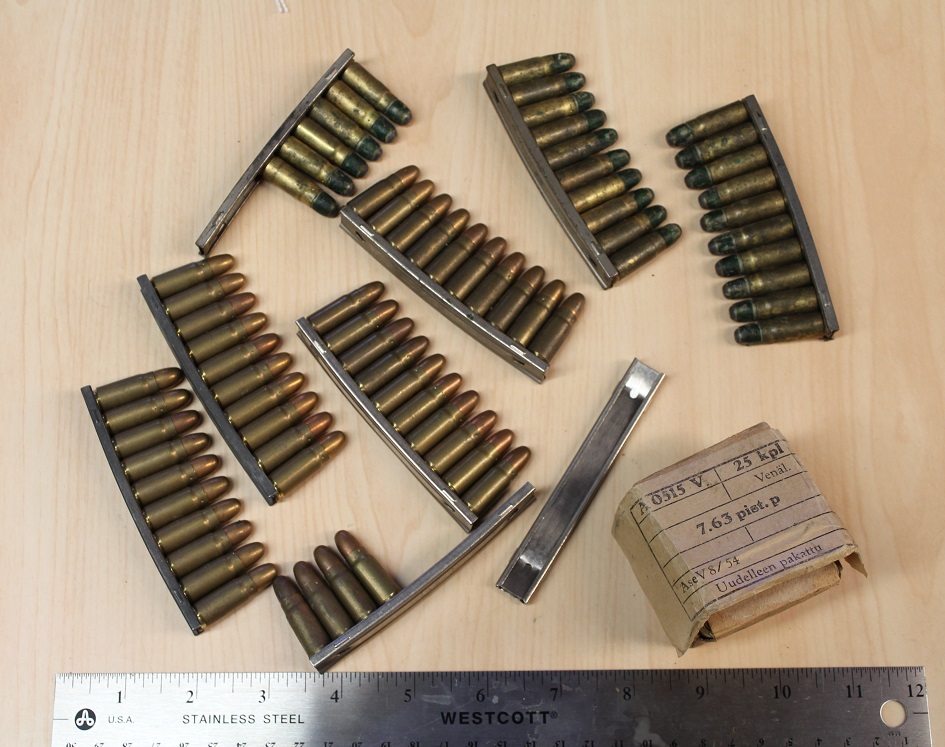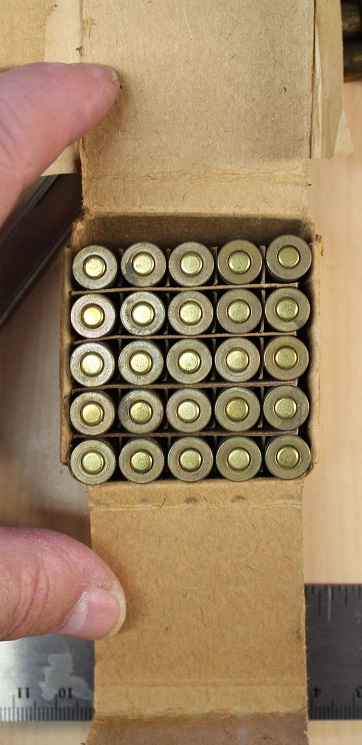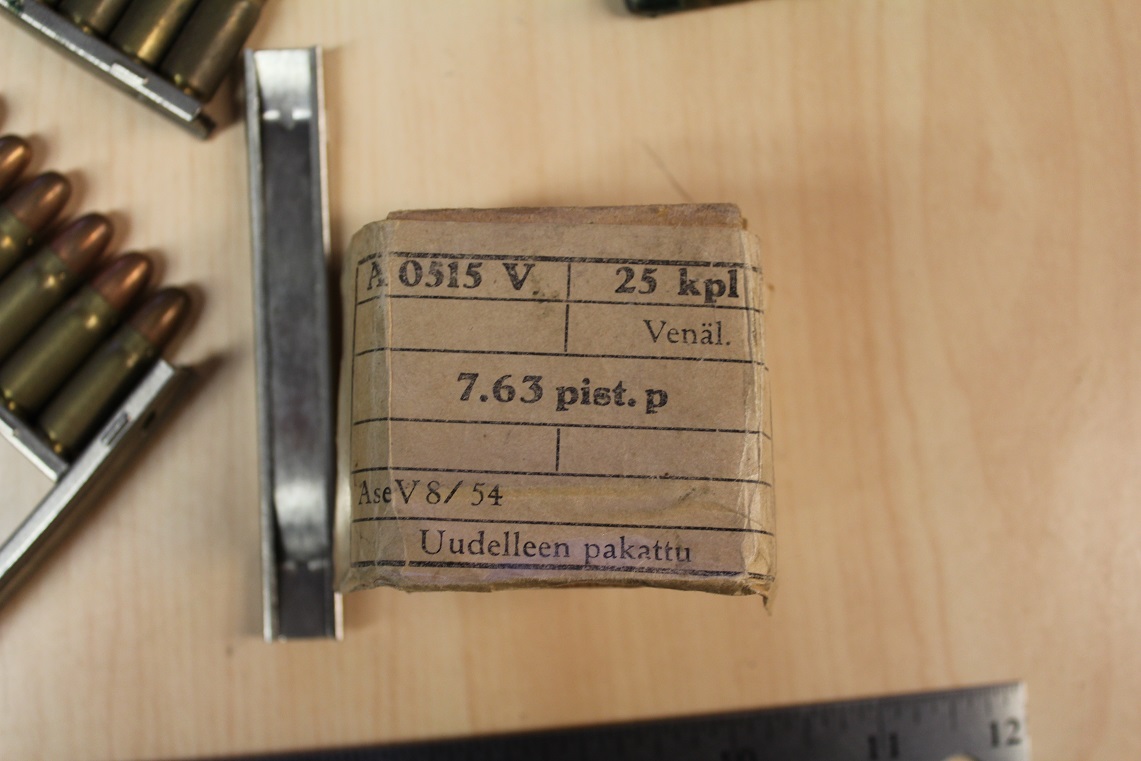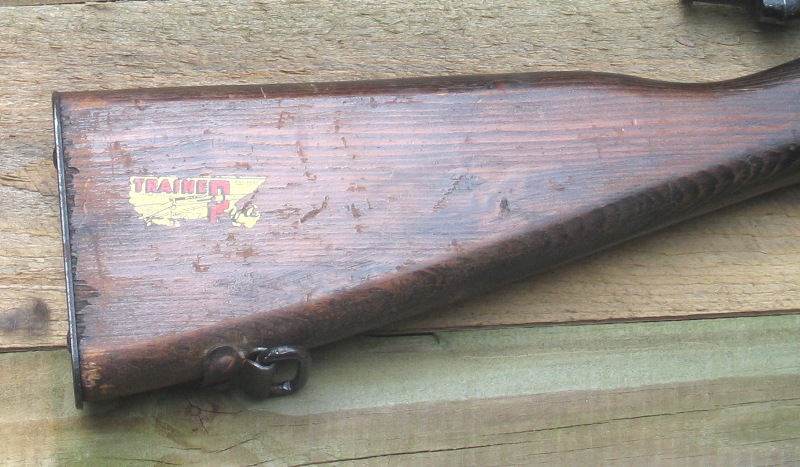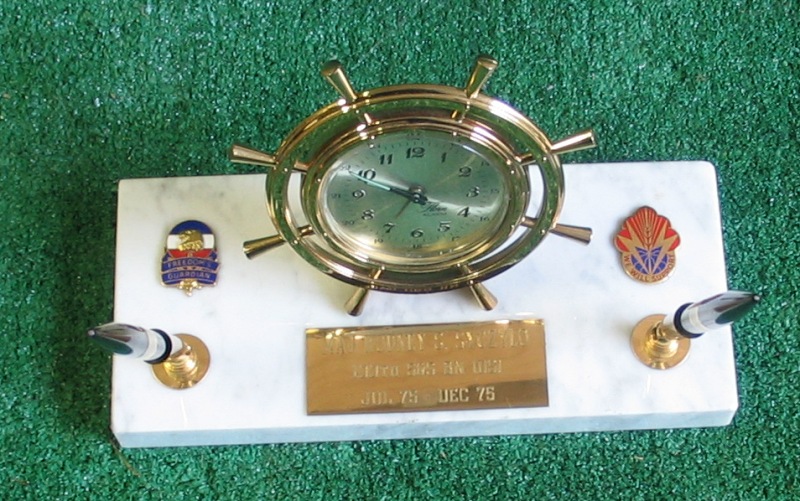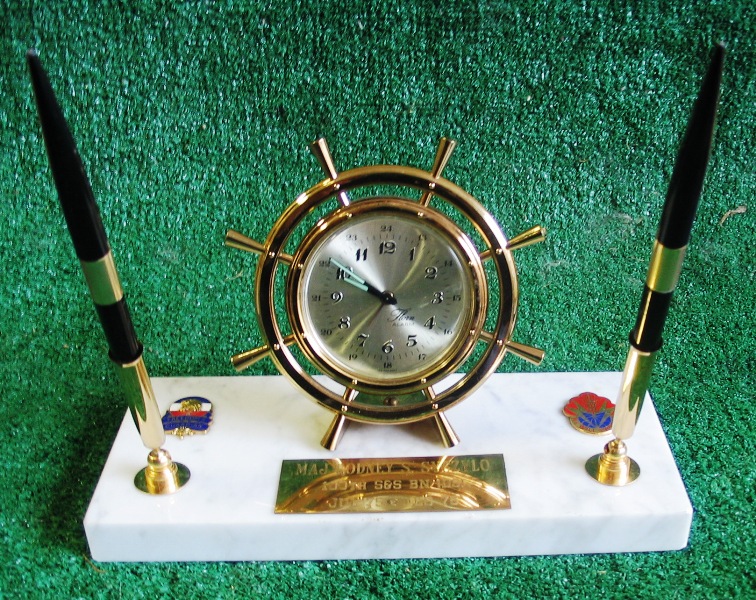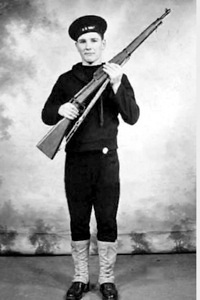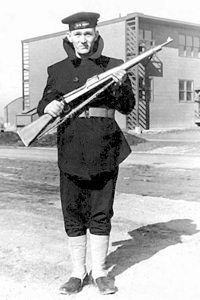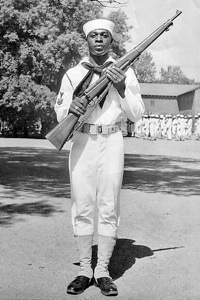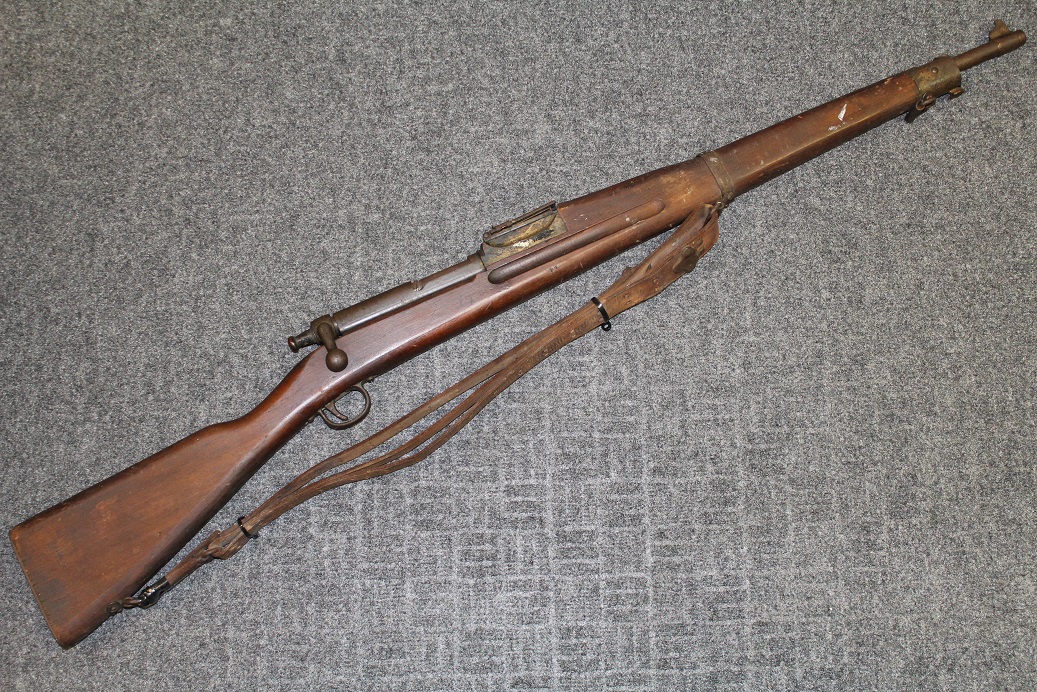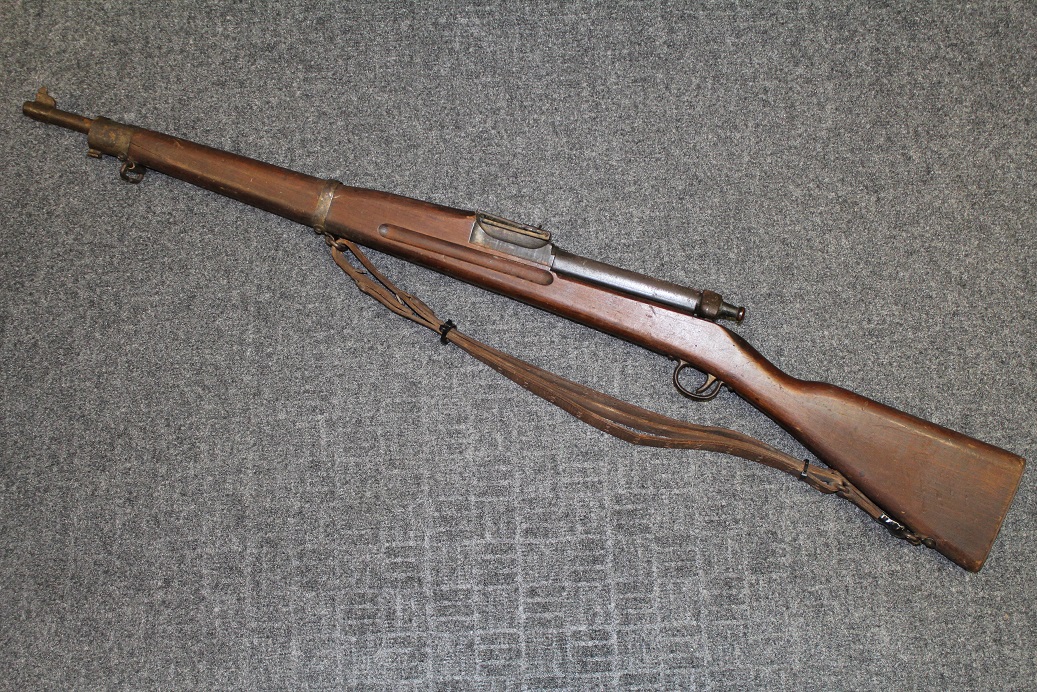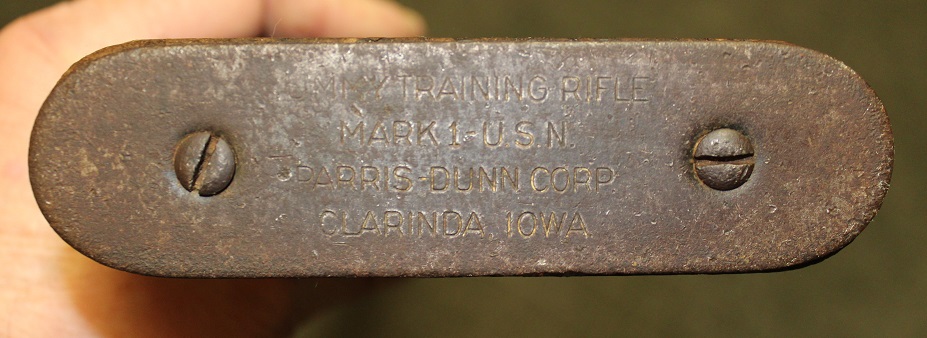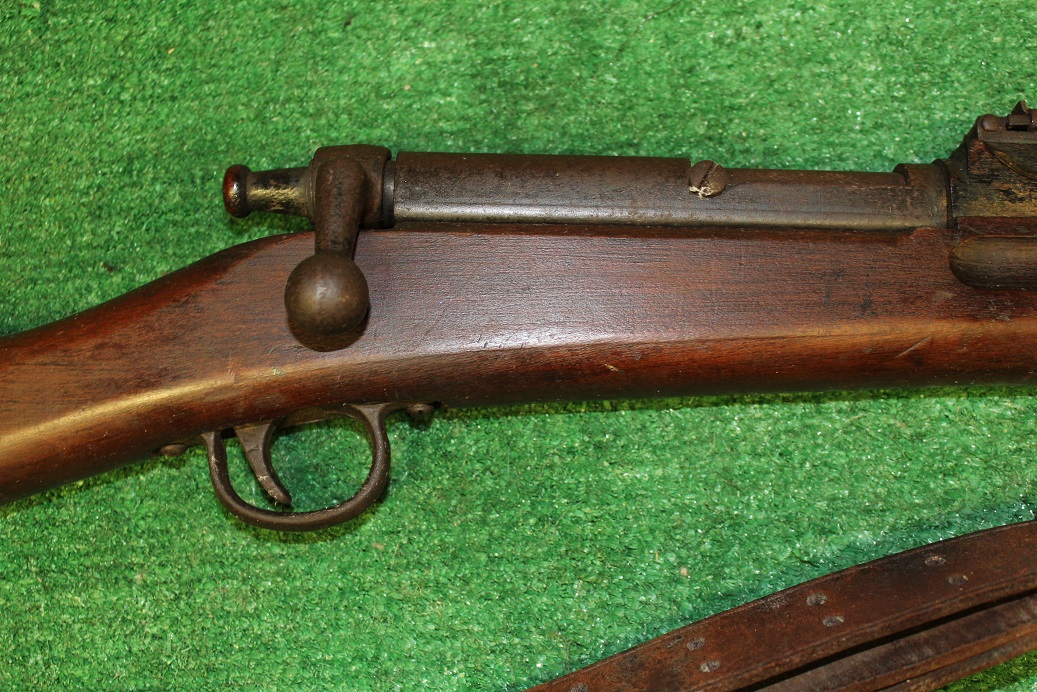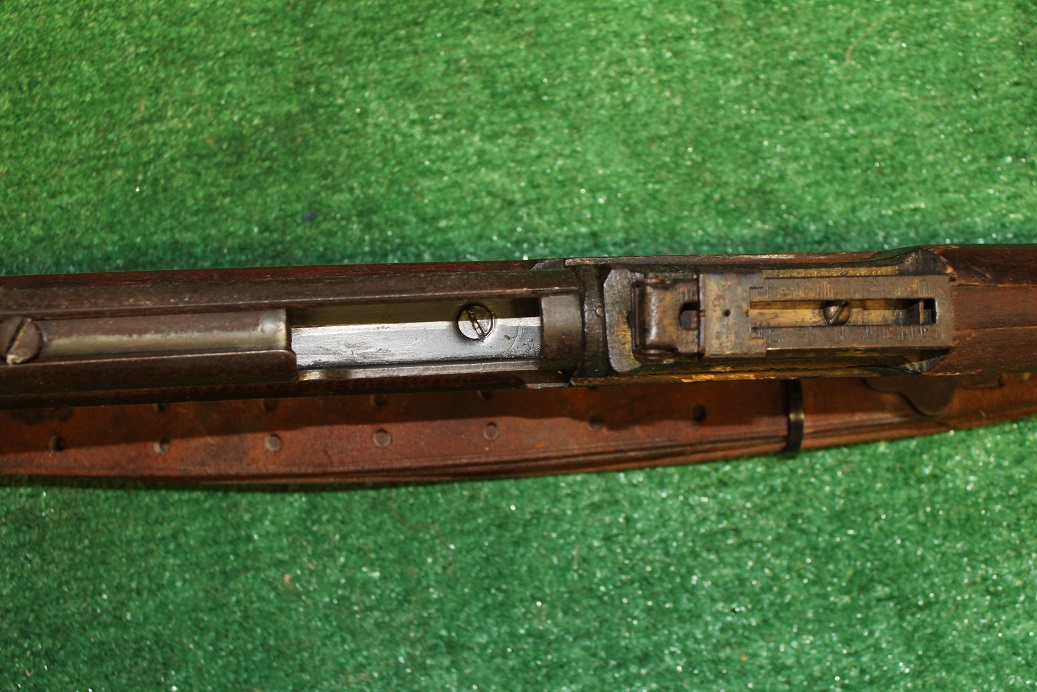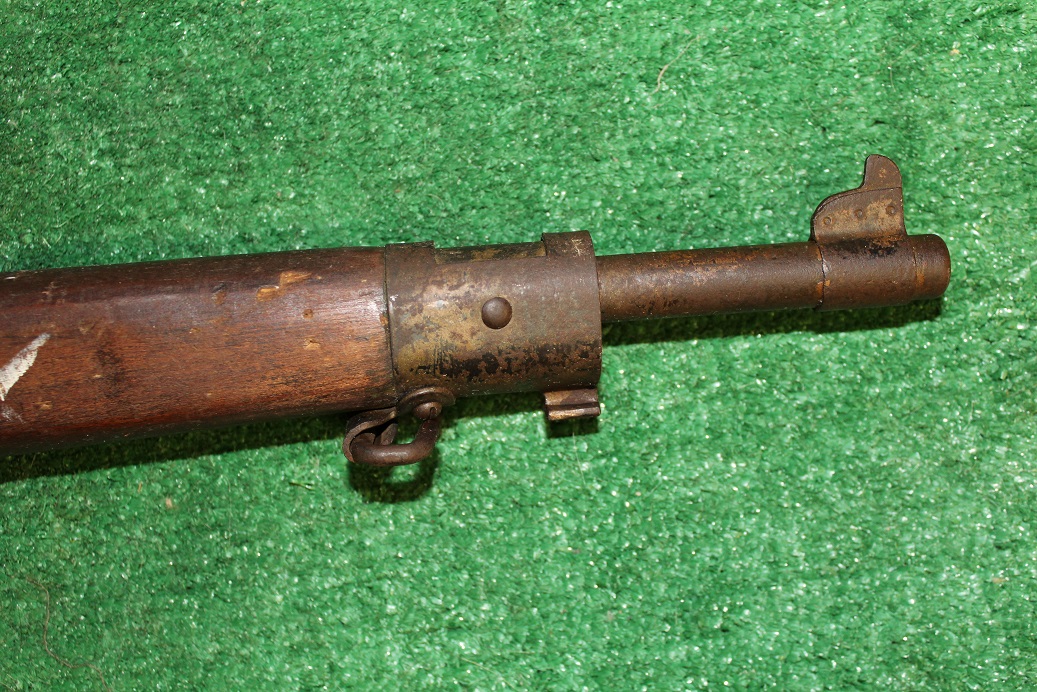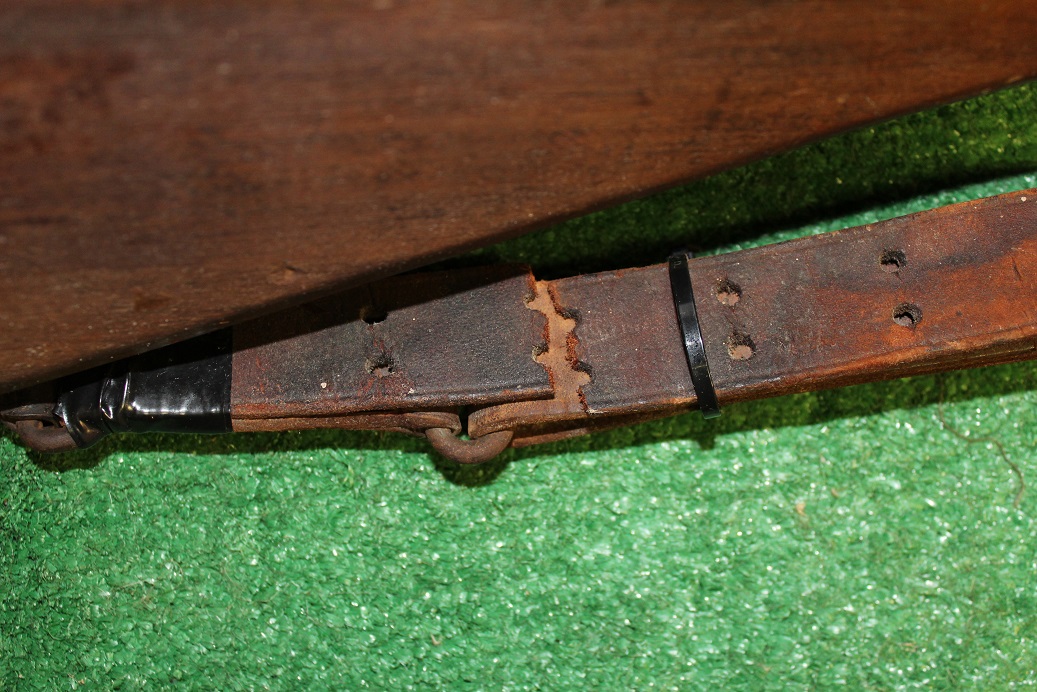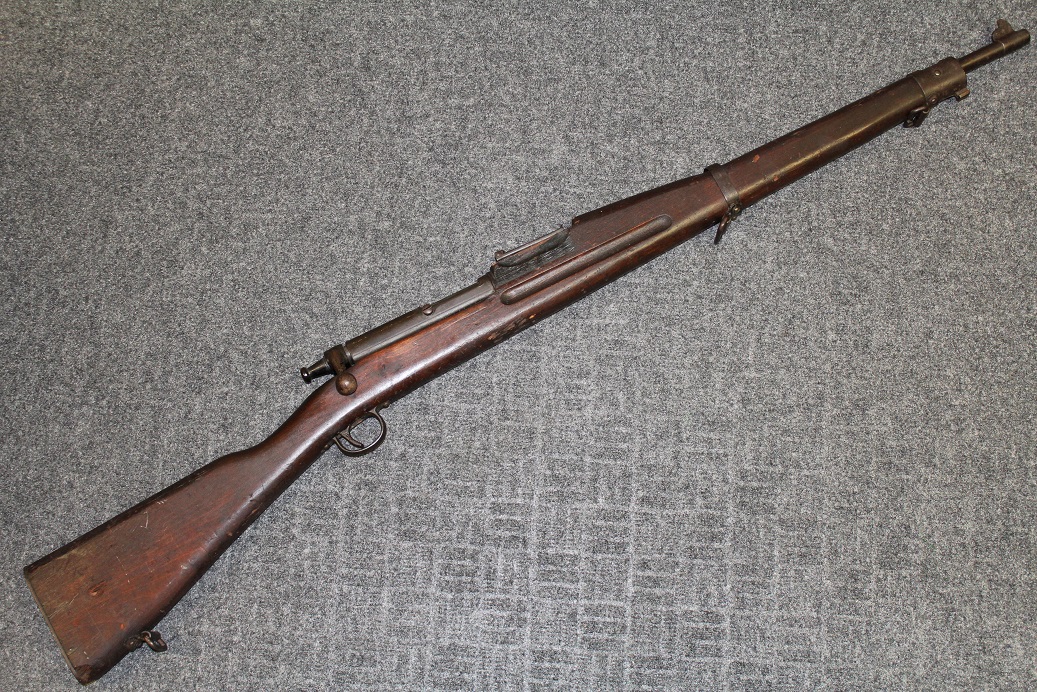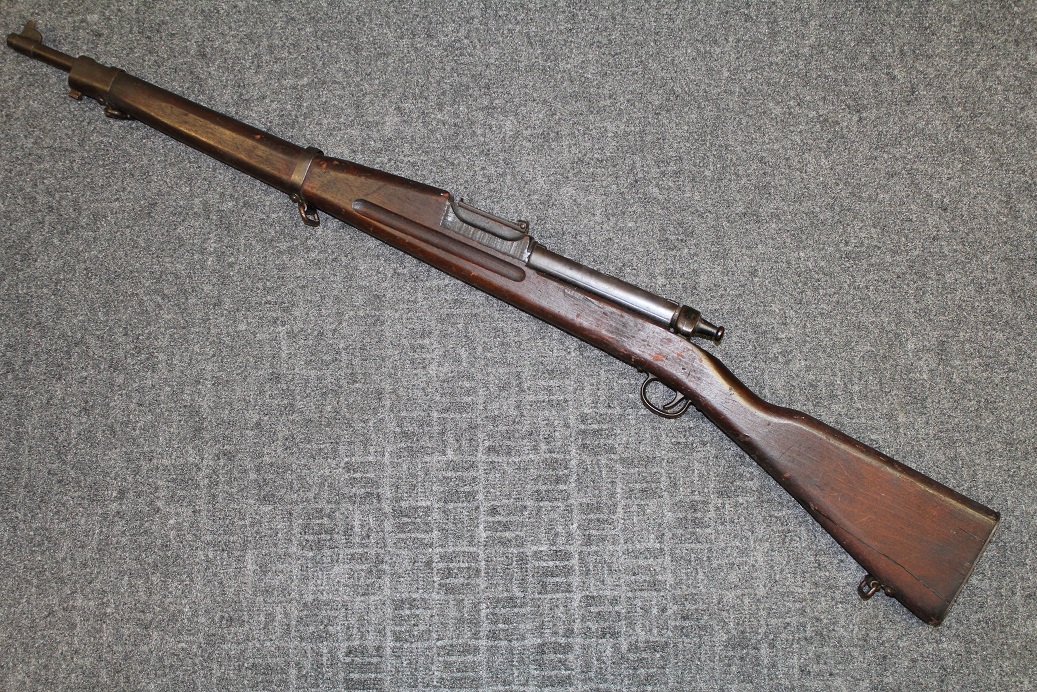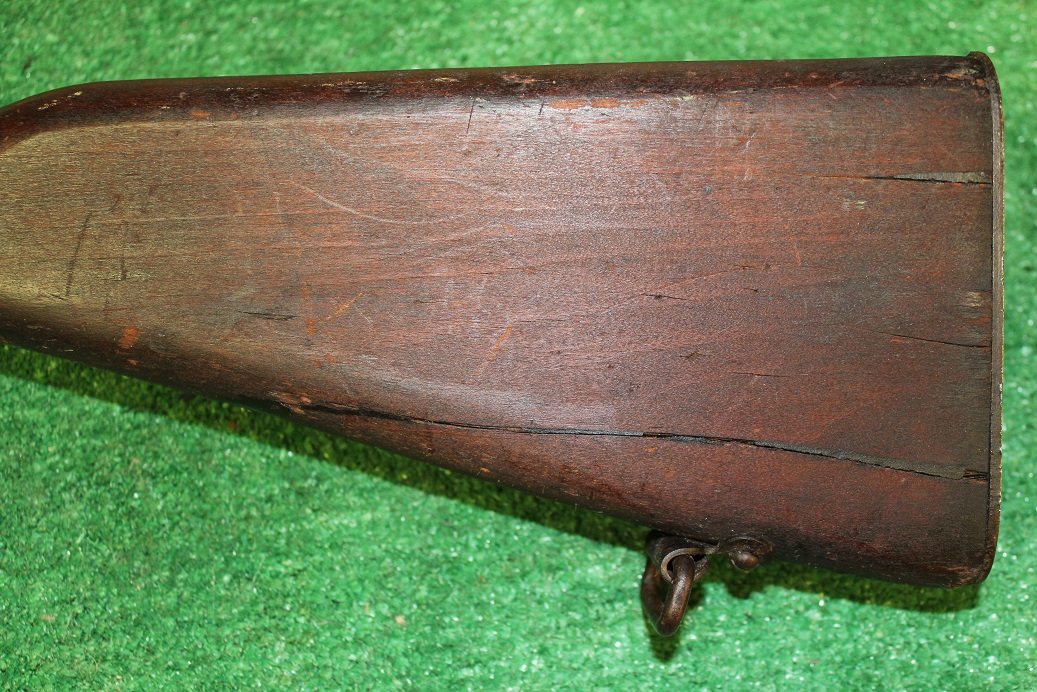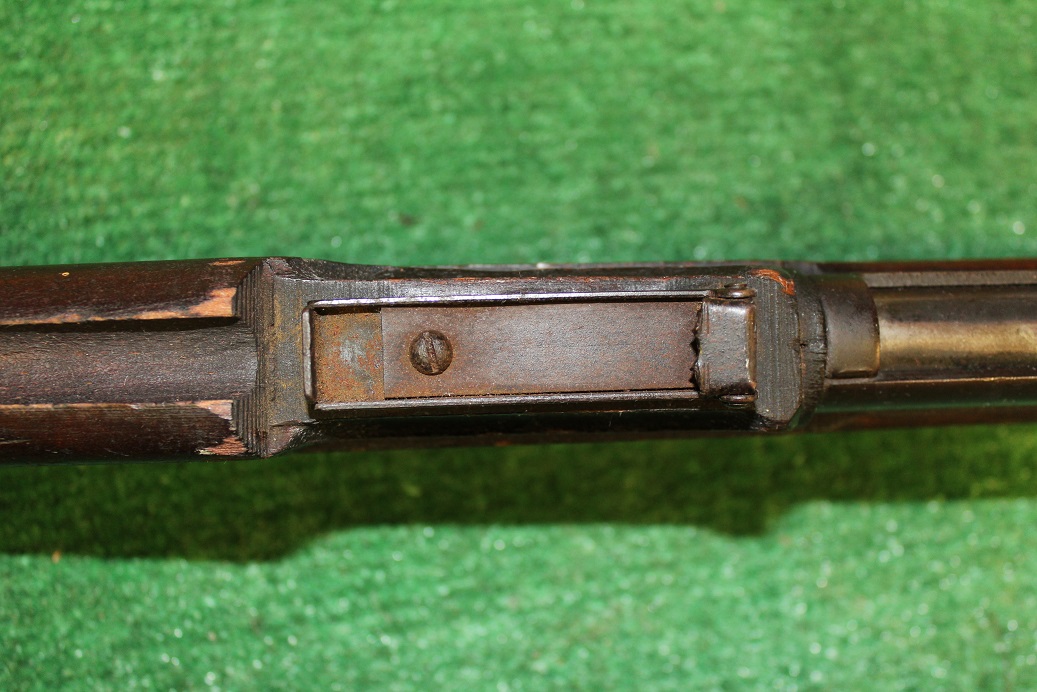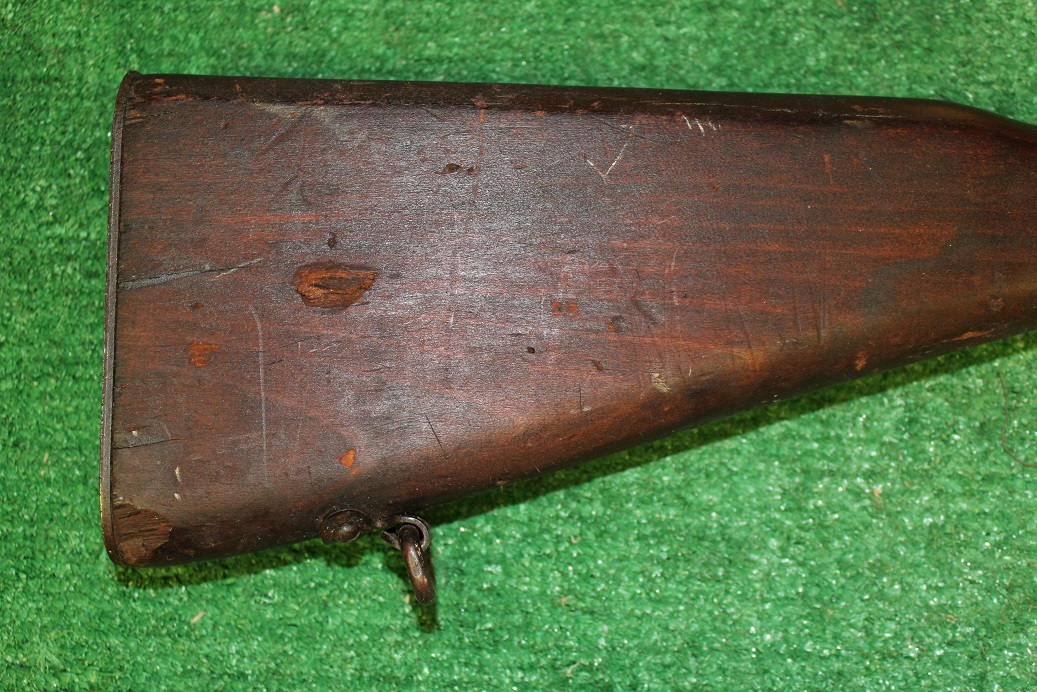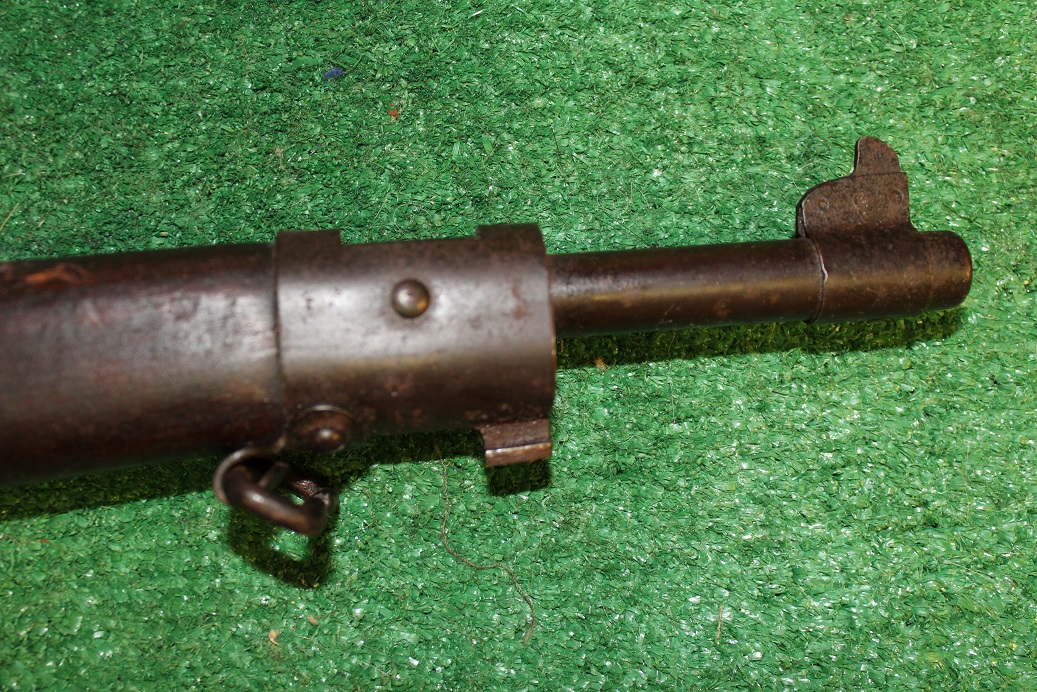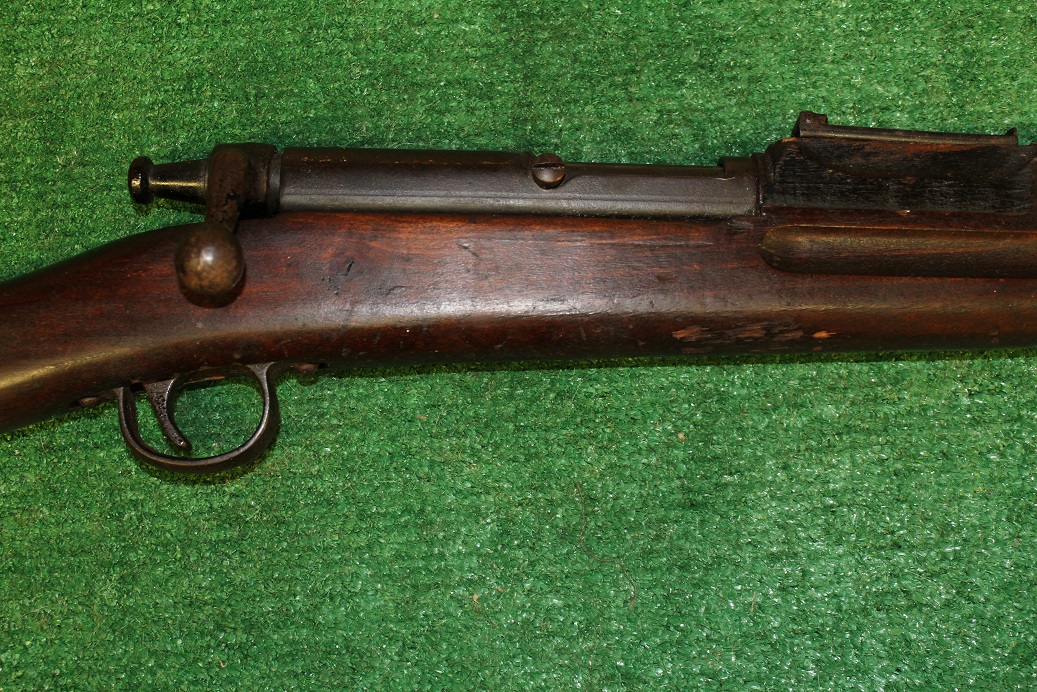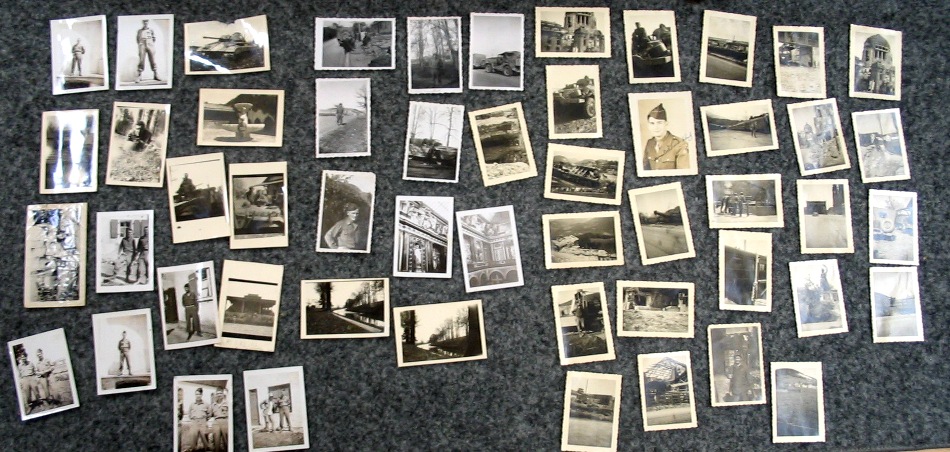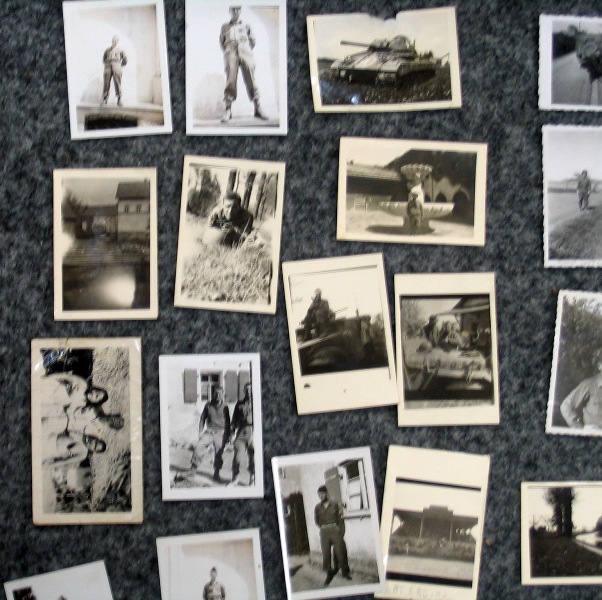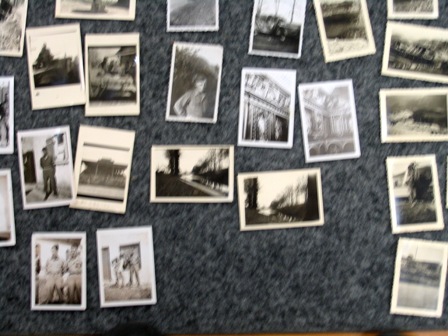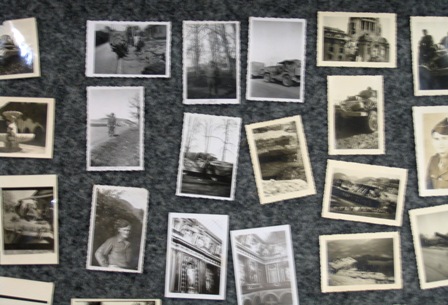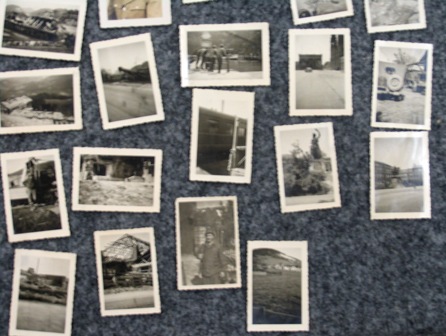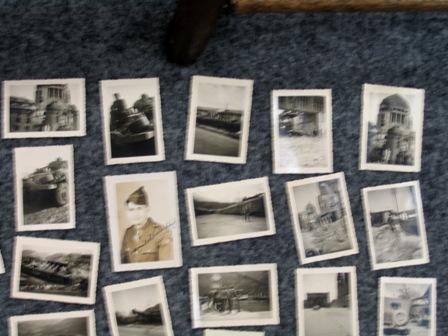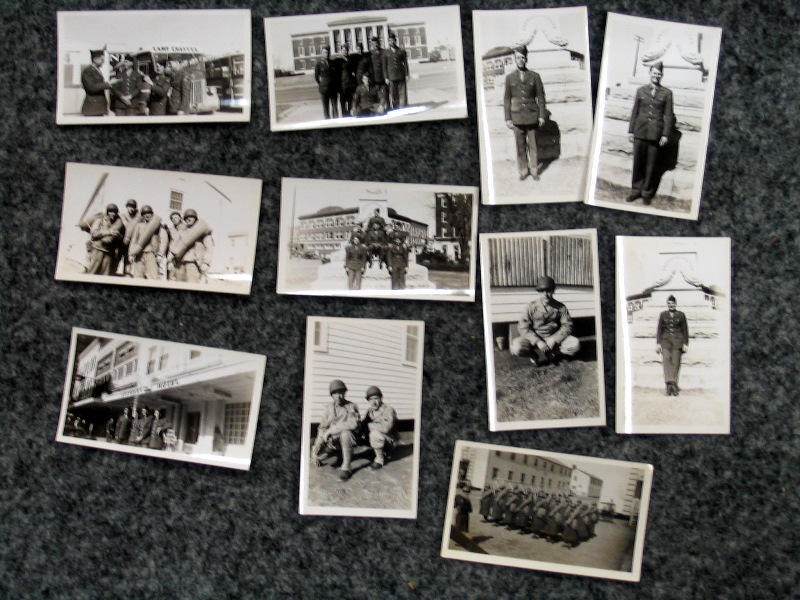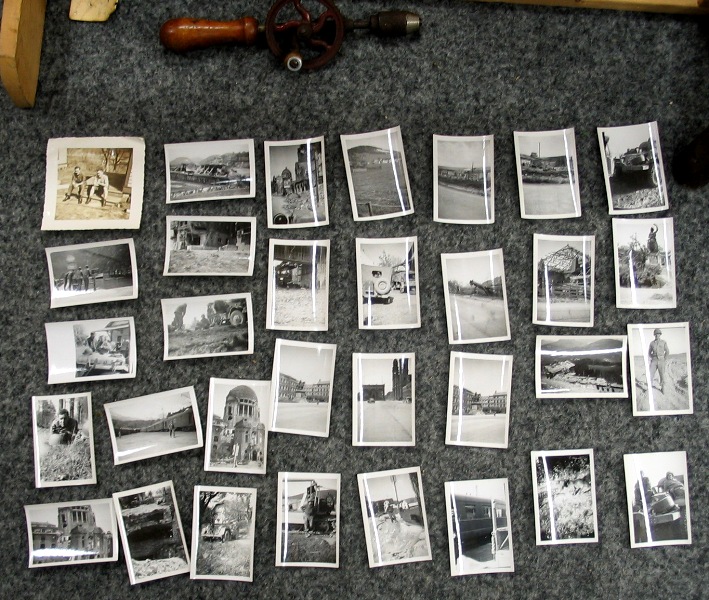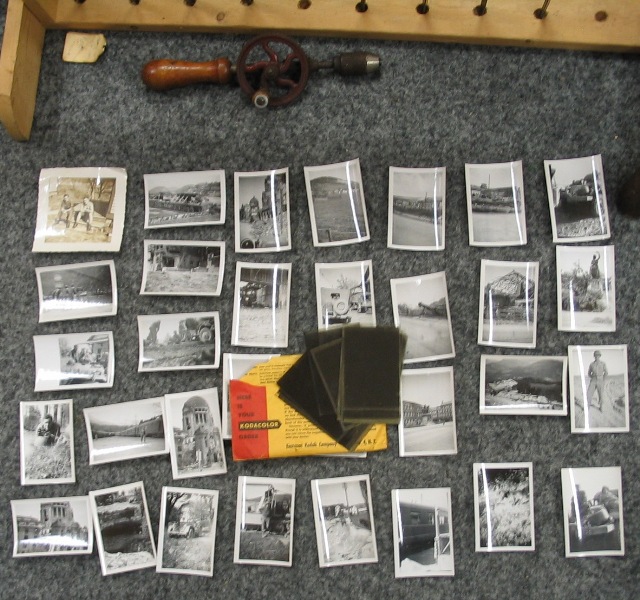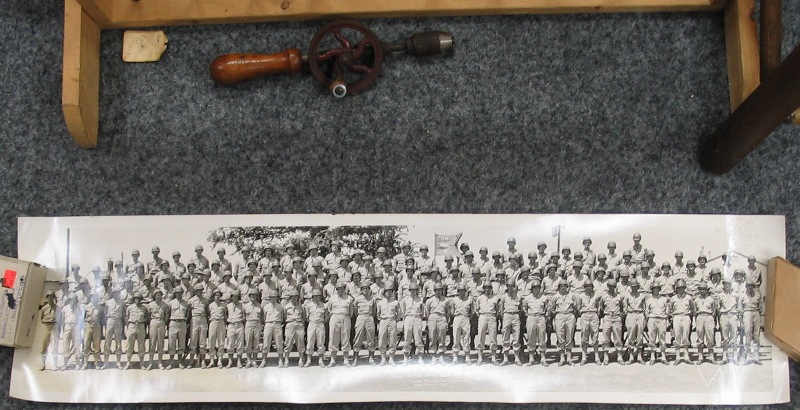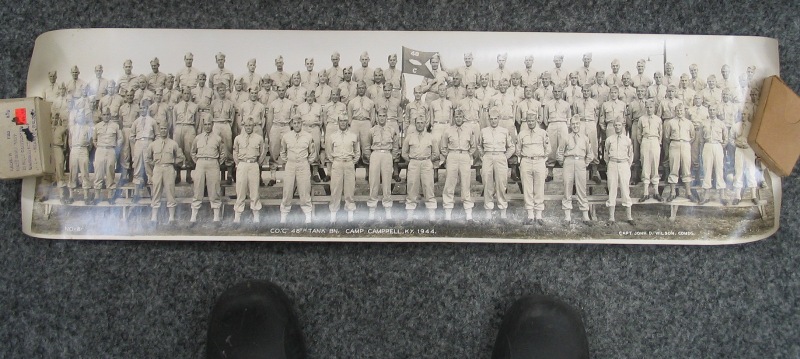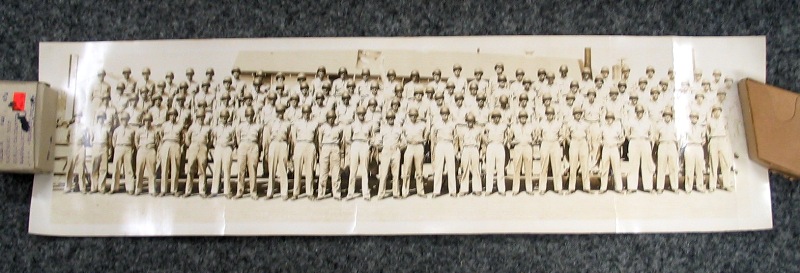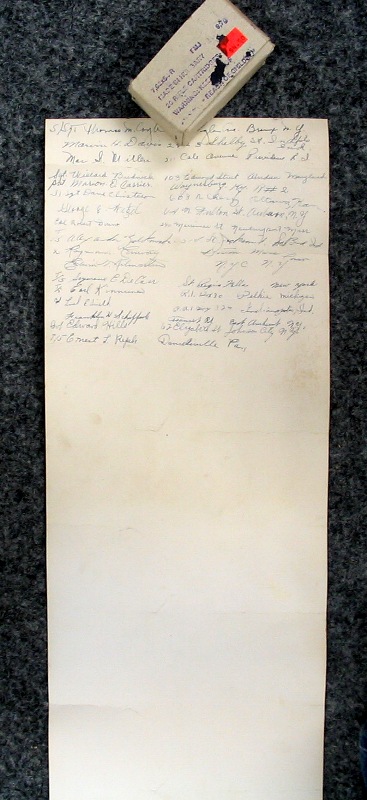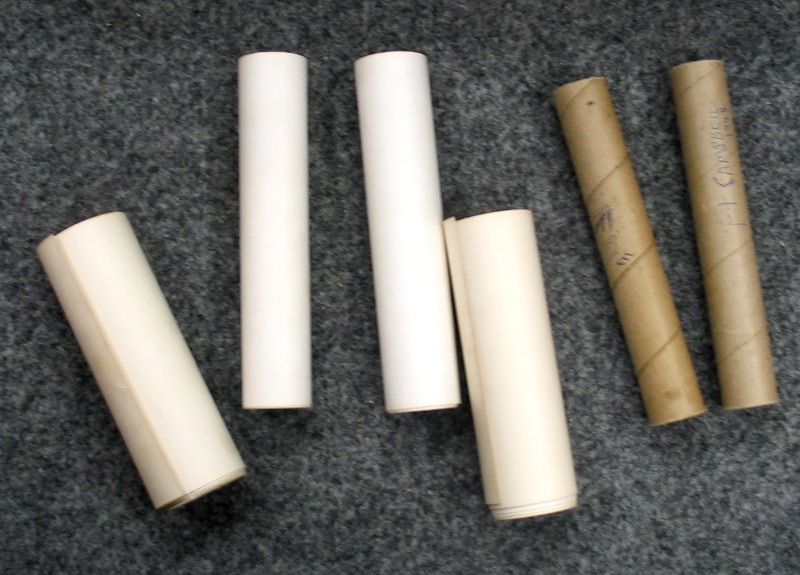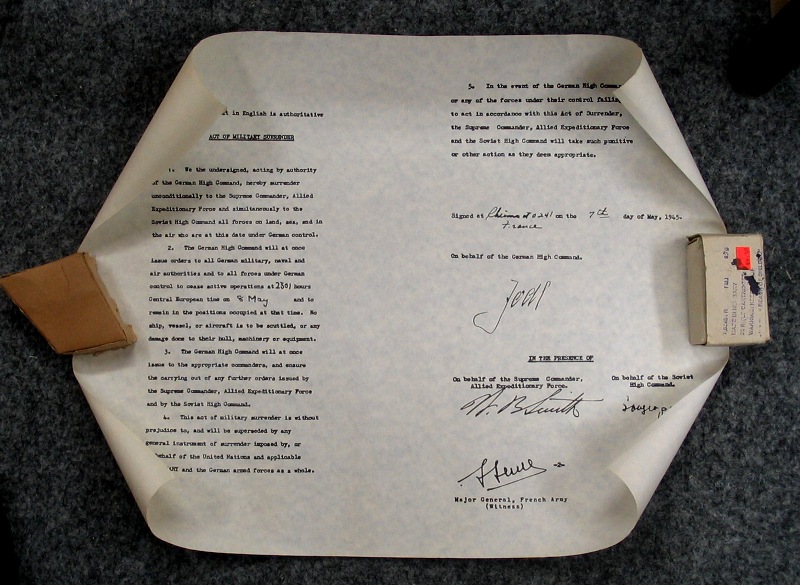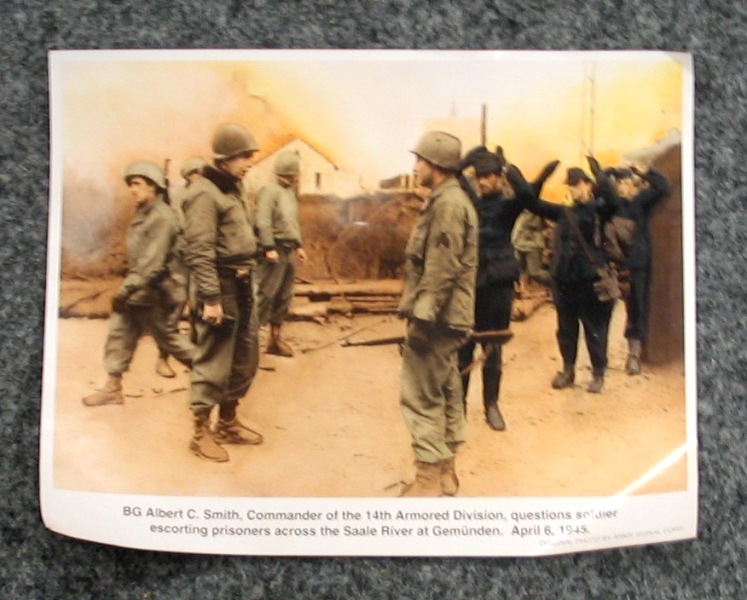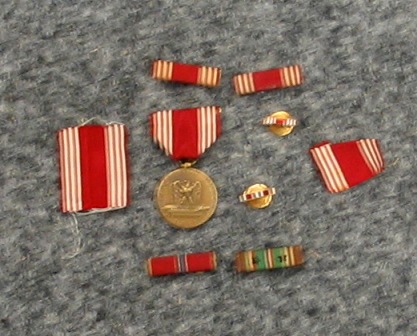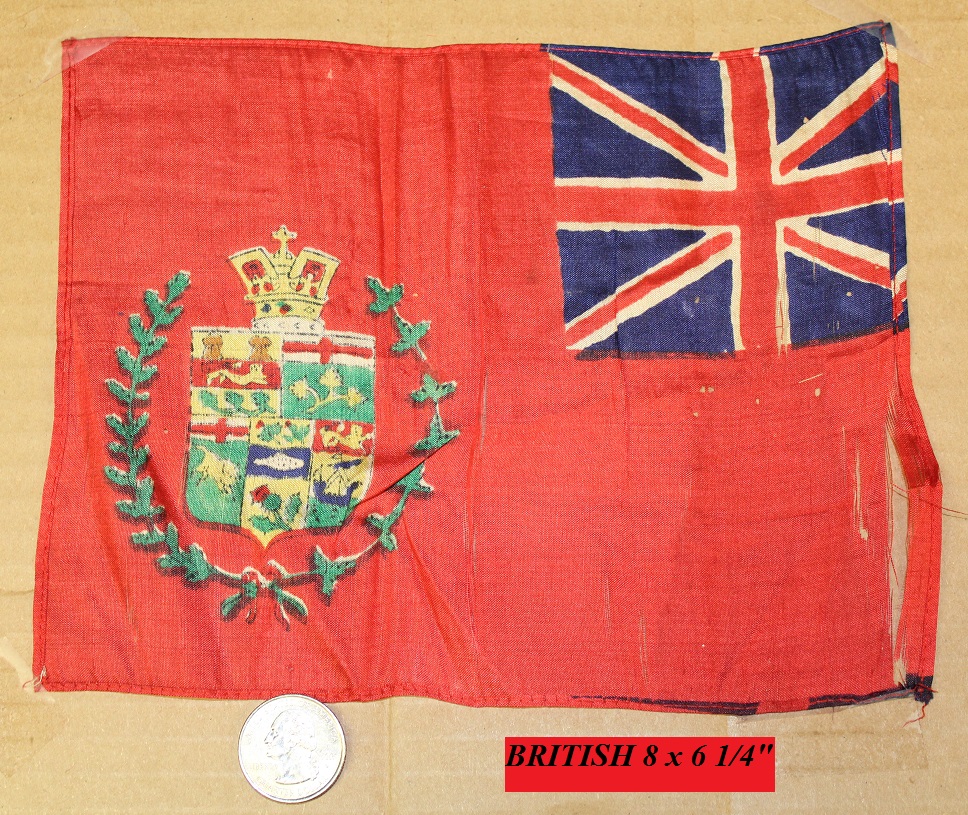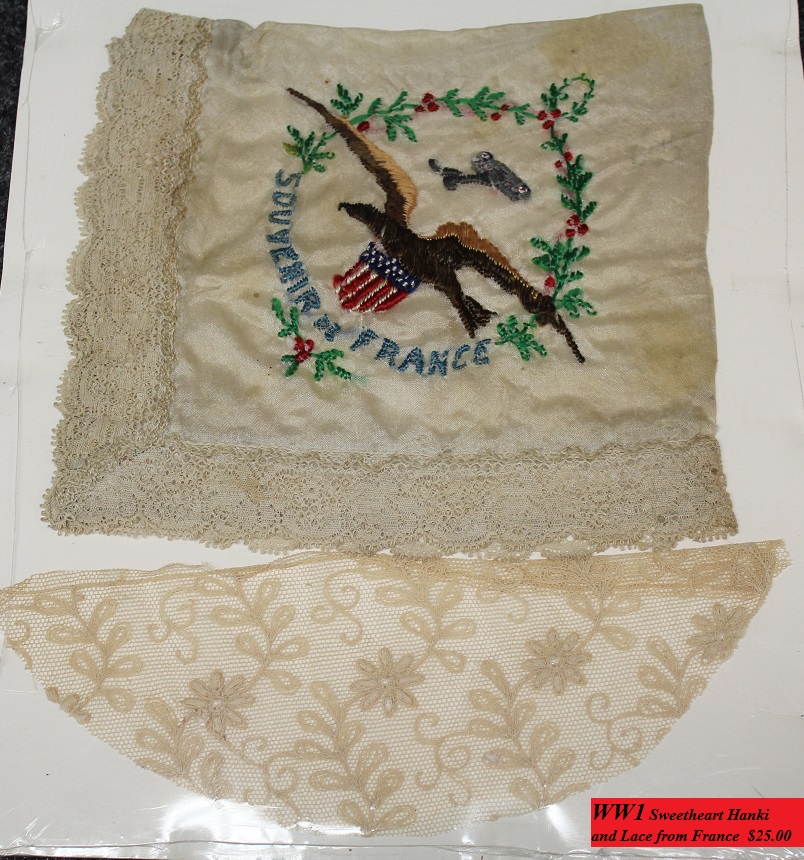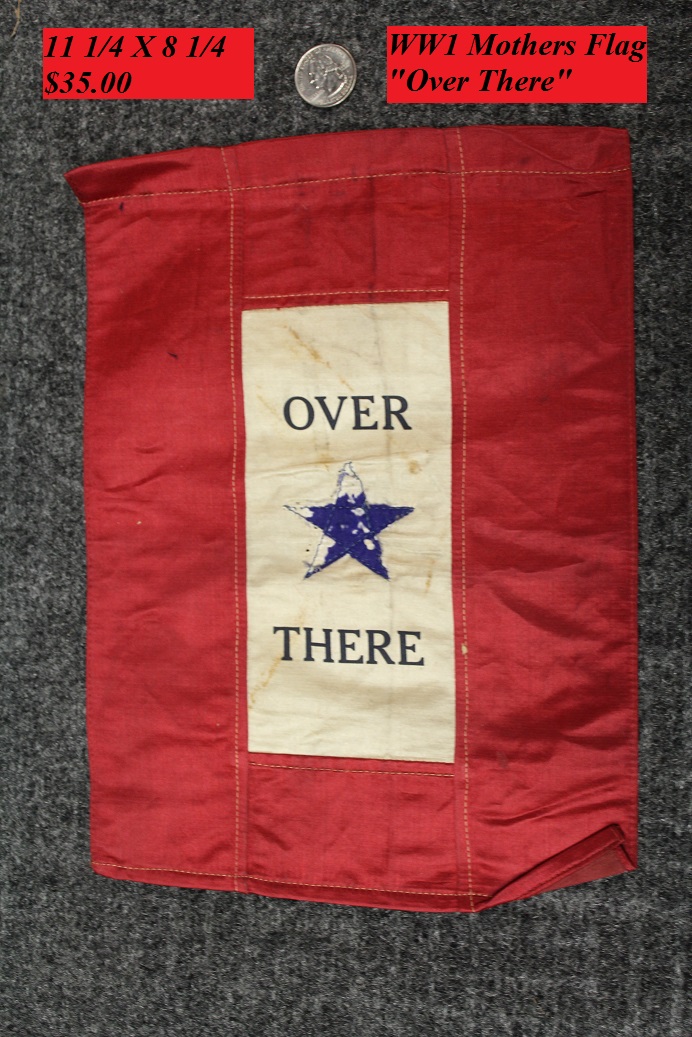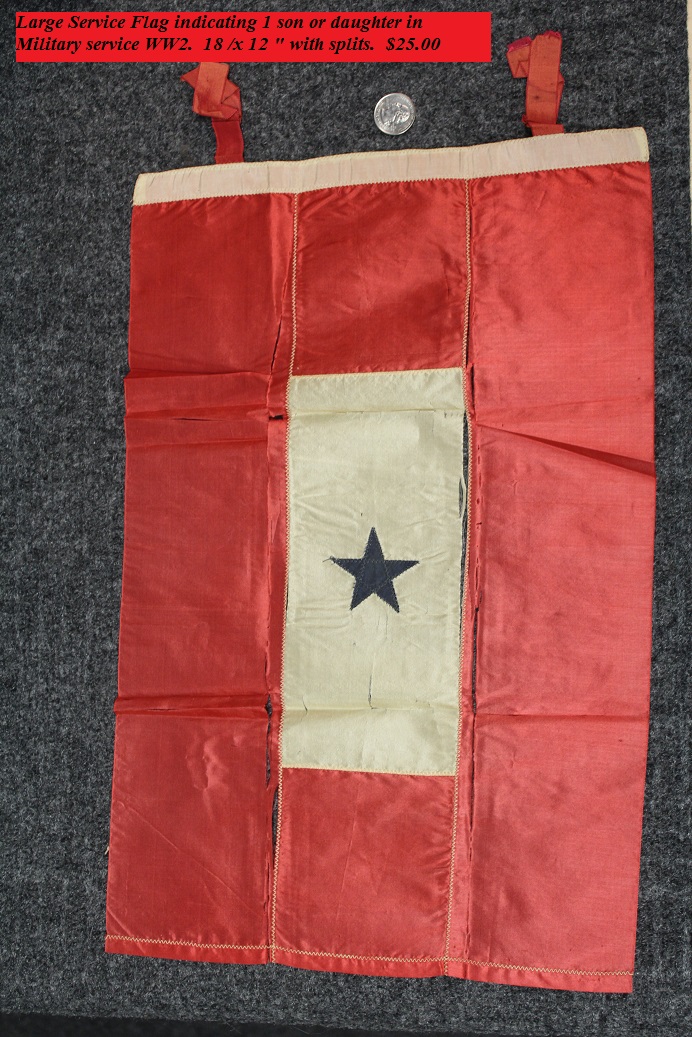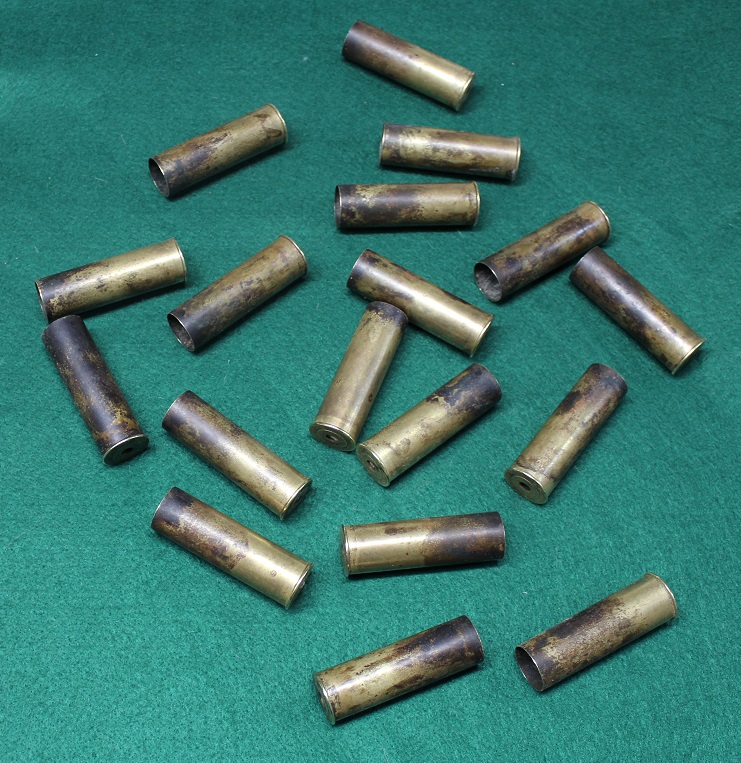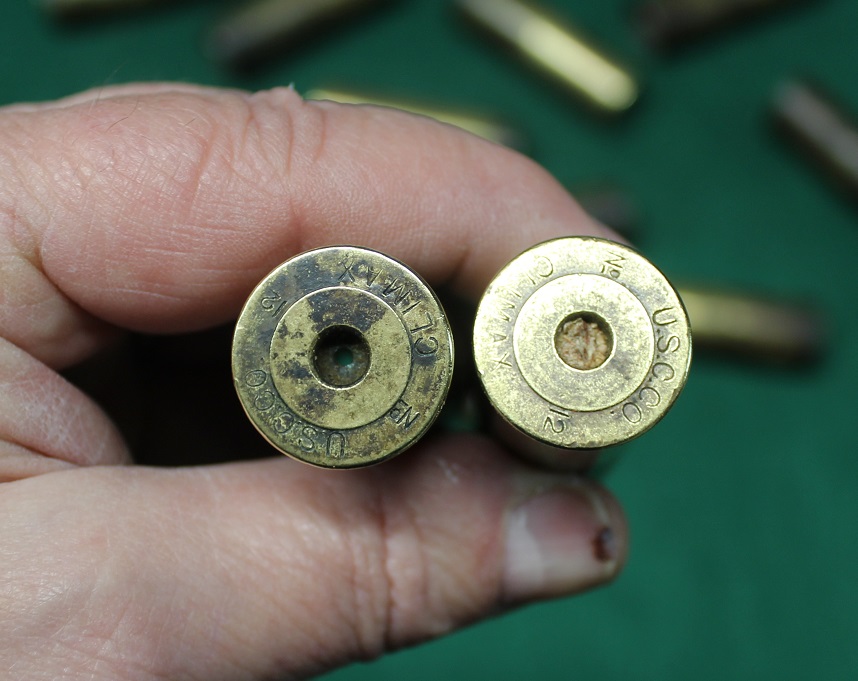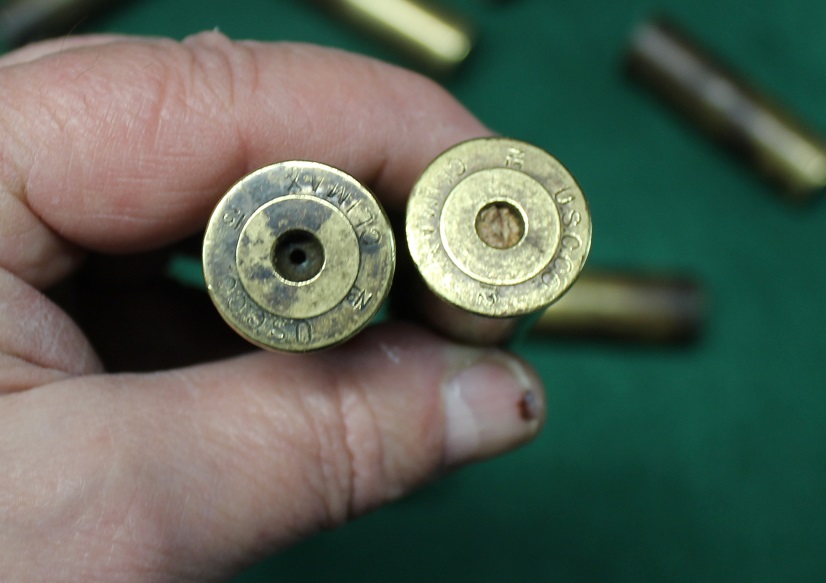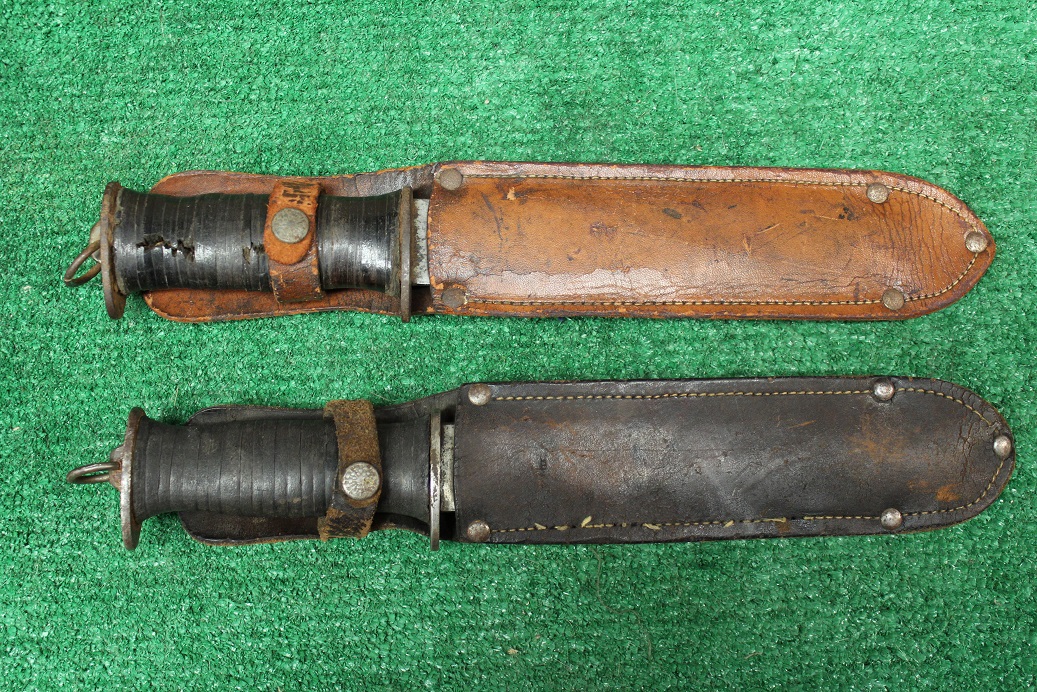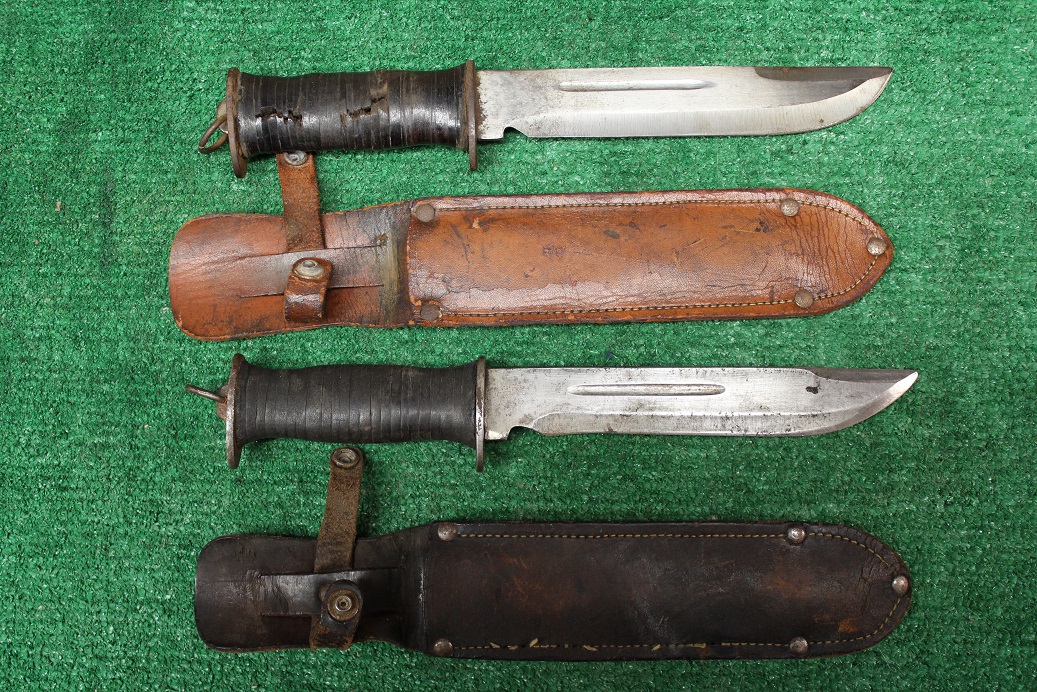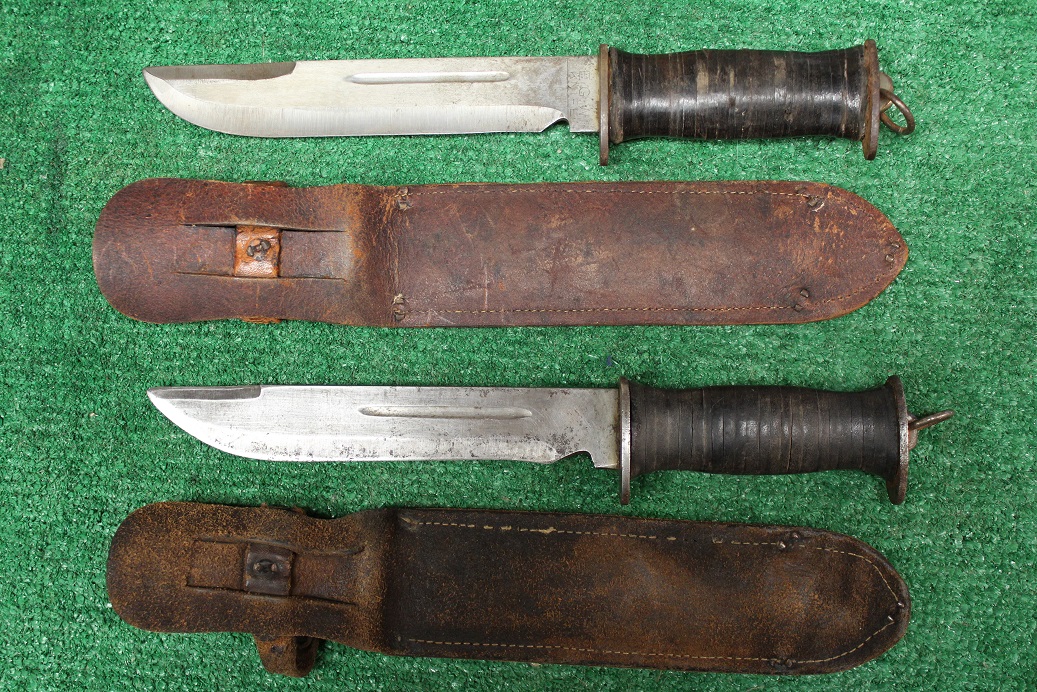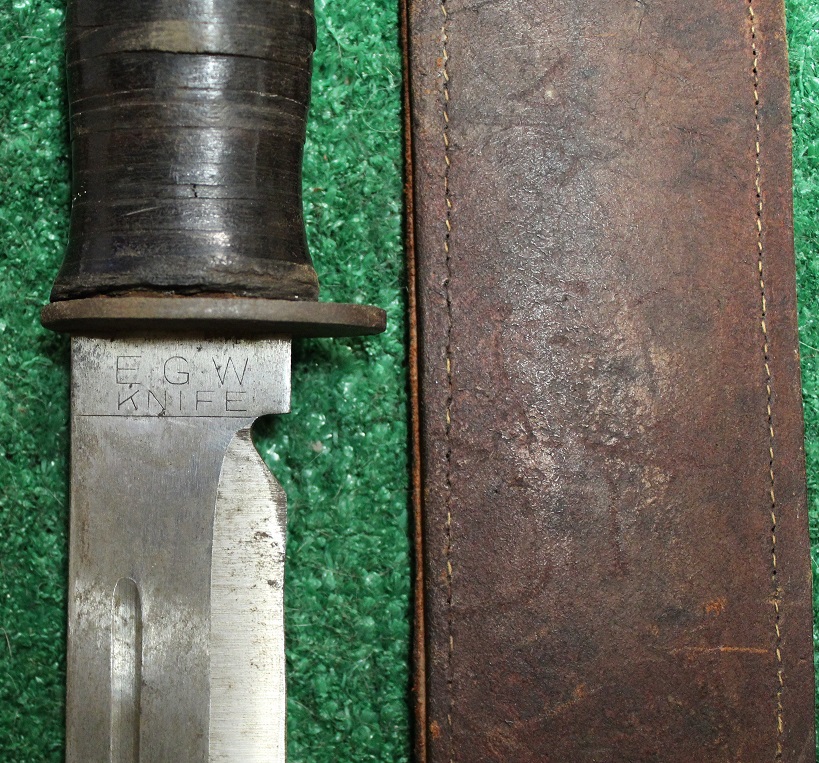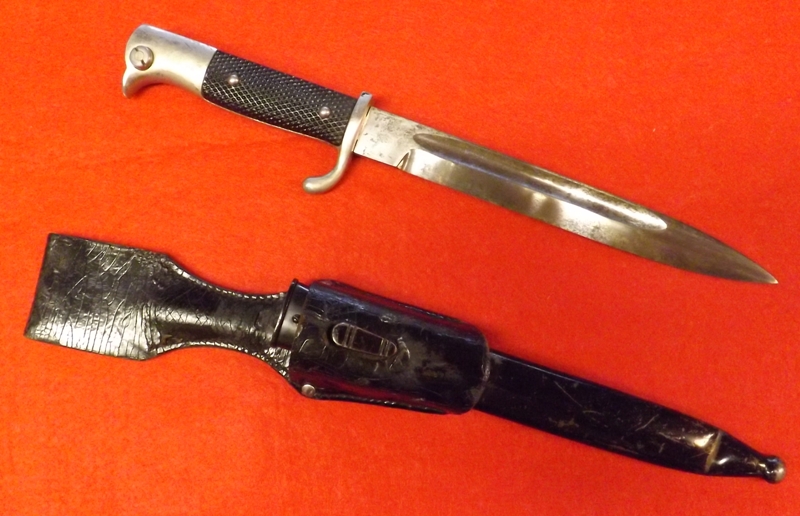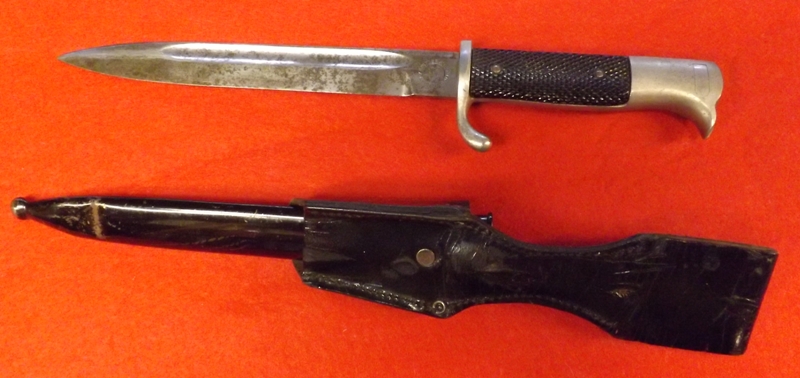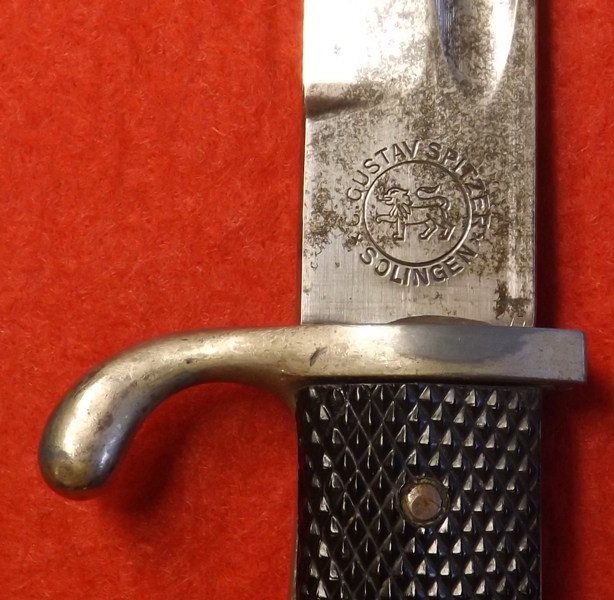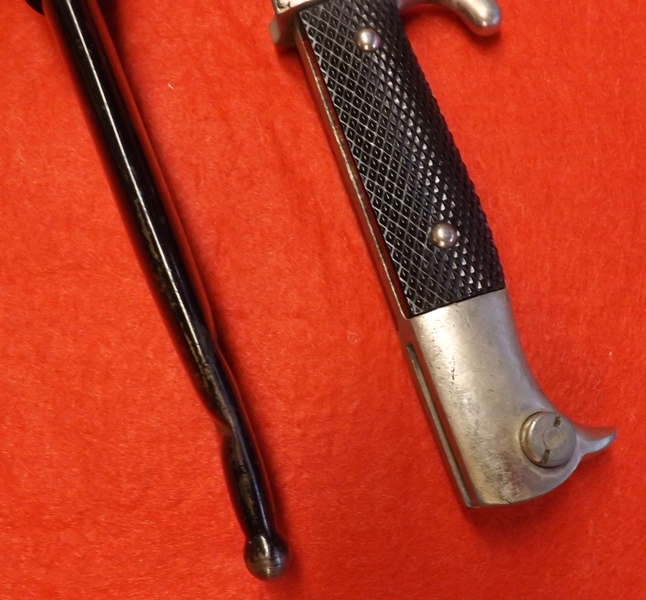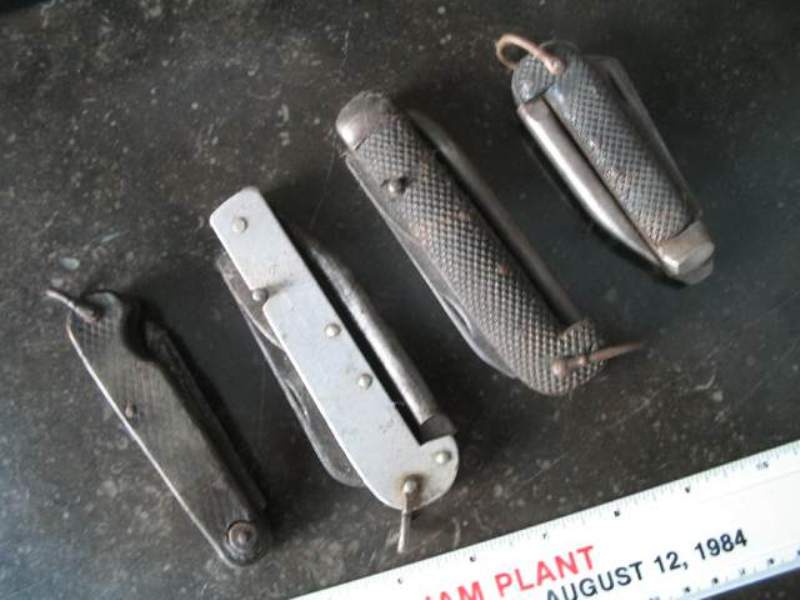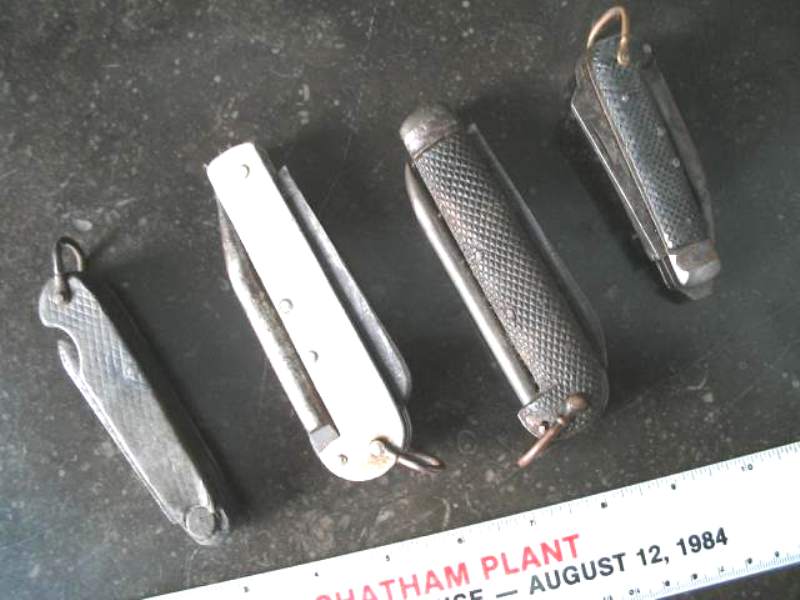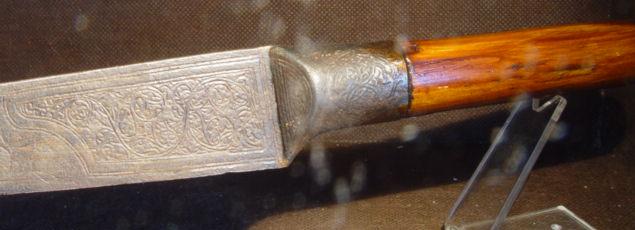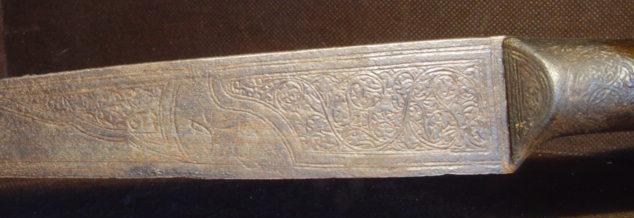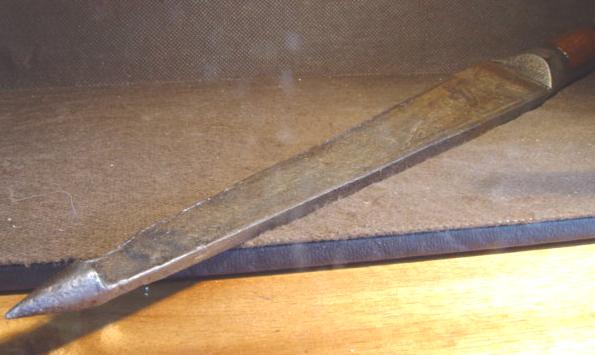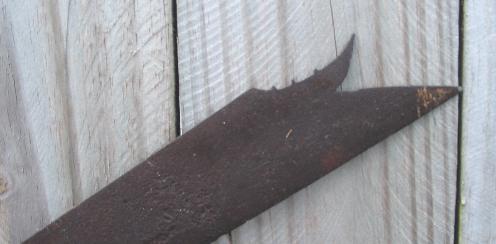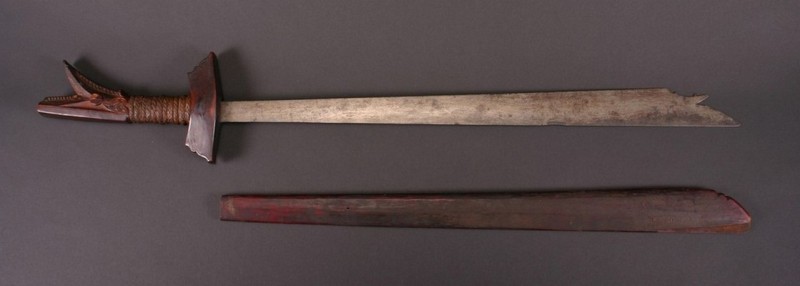---

---

***NOTE:*** ***NOTE:*** WE WILL NO LONGER ACCEPT VISA & MASTERCARD BUT WILL ACCEPT PAYPAL ON EVERYTHING EXCEPT FIREARMS (THEIR RULES) .
Thanks!!!
We certainly do appreciate your business!
Remember 911 and God Bless!!!
WE NEED YOUR HELP ON THIS ITEM! TAKE A LOOK AT THE PICS!! ANYONE HAVE ANY IDEAS!!!???
Indian Wars, Span Am, WW1 and WW2
_________________________________________________________________________________________
aa ww1 operating case Here we have a Case Operating Small field used operating set. The case is in good condition except for a little soiling. Most of the tools are missing but the amputation saw is still in the case. Each tool was
outlined so you would know what is suppose to go in there. This is a great restoration project! The case measures about 15 inches long by 12 inches wide and is made to fold up and carry in a knapsack probably. Opened up the case is 39
inches long with two long flaps over the instruments that are moved out of the way when using. There is a pouch at the top of the case with the mfg name on it "LONG" and the date 11-19. The last remaining instrument, the amputation saw, is nickel plated, with some plating loss, and the only marks I can find on it is the number "53". It looks like, including the saw, there is room for 22 individual instuments in this soft woven case. Take a look! It's a dandy Fill 'er up and have a very nice set that would be worth $750 and up!
$175.00
aa mills belt with cartridges Here we have a nice double row Mills type cartridge belt (not marked) with 50 rows (100 cartridges total) for cartridges and 6 double rows for 12 handgun cartridges. The woven belt appears to be either dark blue or black and is in nice overall condition. It is the 'C' type closure so no buckle was used. There are 18 30-06 cartridges still in the belt and I'm going to leave them there. The first time that the 30-06 was used was with the 1903 Springfield so I am confident that this belt was used then. The belt also has one hook still attached. Nice piece! $85.00
__________________________________________________________________________________________
aa u.s. garrison belt Here is a nice US Model 1910 Mills Garrison belt with 2 piece U.S. buckle. The brass adjustment pieces are both marked Mills. Enlisted members wore the “U.S.” buckle. This one is really nice with the buckle being patinated very nicely! The belt has one small tear in the fabric and there are no pouches but does have the bayonet attachment piece. The Take a look at the pics. $95.00
__________________________________________________________________________________________
AA wire cutters Here we have a pair of Model of 1910 with thier original 5000 volt rubber handles still intact. 5000-V is stamped into the rubber handles on each side and the original owners initials of KM are cut into the handles on one side. These are in pretty good condition being uncleaned and untouched. Yours for $45.00
__________________________________________________________________________________________
AA WW1 gas mask Here we have the English Type Box Respirator was adopted in October of 1917 to fix the multitude of issues present in the American Small Box Respirator (ASBR); the United States' first attempt of cloning the British Small Box Respirator (BSBR). Improvements to the ASBR's design present in the Corrected English include greater rubber thickness, reinforced lenses, superior lens frames, and a reinforced angletube with an exhale valve guard. Over 1,864,000 C.E.s were produced.
Despite the adoption of the Richardson-Flory-Kops in February 1918, the C.E. was used by the A.E.F. until the end of the war. After the armistice, many C.E.s were repurposed for training, put on the surplus market, kept in storage, or modified for industrial use.
This was one place in storage and it got too hot. This gas mask will never be used again but it can be displayed. The mask is stiff and cannot be unfolded without destroying it. The original cloth case has the marks on it of S-18-18 which I take to mean 1918. Take a look at the pics! $25.00
__________________________________________________________________________________________
aa practice mine Here we have a Vietnam era M-18 Claymore training mine. The color is kind of greenish blue and has probably faded in time. The piece is not complete but will make a wonderful display piece! The Claymore mine is a directional anti-personnel mine developed for the United States Armed Forces. Looking at the photos you can see the condition of this practice Claymore. There is a piece missing in the back about the size of a quarter. The date is 3-1-74 on this piece. Guaranteed Safe for display. Inert. For this piece $35.00
__________________________________________________________________________________________
aa ww2 complete mess kit This is a Genuine WWII Mess Kit! Each aluminum steel WWII mess kit is dated 1942. This WW2 mess kit is genuine military surplus items dating from when the United States entered World War II in 1941 to the end of the war in 1945. WWII mess kit comes in used condition and utensils are included. The M-1932 Mess-kit is the style that was in use during World War II. It was based on the aluminum mess kit that was in use before World War I, consisting of a pan with a hinged handle plus a lid that fits over the pan and is held together as one unit when the pan handle is folded over. This one was made by A.G.M. Co. while the utensils are marked U.S. they may be additions to this piece. The bakelite handle knife is marked L.F.&C. (Landers, Frary & Clark) 1941. I don't know the date of the spoon and fork. Take a look at the pics! $65.00
__________________________________________________________________________________________
aa mess kits Here we have 2 original aluminum WW1 mess kits minus the utensils. These US WW1 M1918 Mess Kits are scarce collectibles that have survived over 100 years. These kit bears the marks of its age, with scuffs and scratches, small dings and spots of rust & corrosion on top of handles. These are original pieces marked U.S. and dated 1918. For each $30.00
__________________________________________________________________________________________
aa theroz mess kit 1918 Here we have a WW1 era Theroz Mess kit pat. in 1918. The Theroz Mess Kit used solidified alcohol cubes as fuel. The company owned a couple of patents for this fuel and was apparently an early user of this system. In 1922 they filed a lawsuit against Sterno for patent infringement. During WWI a great number of items were marketed for private purchase by officers who had to furnish their own kit, or family to send to serving soldiers. The Theroz Mess Kit was one of those items. Never an issue item, post-war it was marketed as a camping accessory. This one is in complete used condition! Not too many collectors have these units. Although I cannot attribute it to a particular unit or soldier we did get it in with other WW1 items. This little 6 piece kit allowed you to stack the inserts to allow you to heat or boil your food. There are 5 pieces in addition to the outer "pot" and cover, which is retained via the original fabric strap w/ metal hardware which loops around the entire kit and fastens via old plated metal hardware. There is a perforated insert which you can remove and invert and set atop the base for boiling, etc, as well as two separate "pots", a handled cup, and a folding device which is a combination tool that can be used as a handle which can attach to any of the inserts via a "pincer" type of motion, to allow you to pick up and handle the presumably hot components, as well as can be folded out into a practical spoon. The lid bears the logo "Theroz Mess Kit" as well as the patent information which reads "Patented Mar. 26 - 18 Other Patents Pending. Woolworth Tower New York". Check out the pics! $65.00
__________________________________________________________________________________________
AA sword holders Here we have two Model 1902 Army Sword Hangers that go on the Sam Brown type officers belt. These are both leather with one having the sword attachment and one does not. The one that does not have the attachments looks fairly new while the other is well used. No makers markings found. For the pair $15.00
__________________________________________________________________________________________
aa garand belt Here we have an original US WWII M1923 USMC M1 Garand Cartridge Belt By BOYT 43. It has 10 pouches and is in generally good condition with a little soiling and rust staining that you can see in the pics. Check out the pics! $95.00
_________________________________________________________________________________________
aa syringe case Here we have a WW1 Aluminum syringe case for the medical pack. Take a look at the pics! $10.00
__________________________________________________________________________________________
aa vietnam practice grenade Here we have a Vietnam era MKII Pineapple practice grenade. This piece is dated 2-65 (1965). Good condition!! $55.00
aa ww1 Hand Grenade vest Here we have a hand grenade vest used during WW1. The vest is marked on the back THE WARNER BROS. CO. MAY 1918. This piece may be unissued as it shows little use just being a little dirty from age and storage and a little rust staining on one compartment. This chest vest was made to carry 11 grenades of various types including the French type of VB and the US MKI pineapple type. Initially made for trench raiding parties and forward attacks. Very few saw any service, but many various manufactures do exist. They also manufactured these in 1942 for the Marines in the Pacific. Check out the pics! For this one $40.00
aa ww1 spurs Here we have spurs that are the model M-1911 and were used until the end of the cavalry era. Spurs made before WWI were arsenal made and are found most often marked for RIA (rock island). With the coming of WWI, production was expanded to contractors and most spurs are found marked AB and WI for the contractors who manufactured them for WWI production. Production apparently ceased after WWI when stocks on hand proved to be adequate for all uses until the end of the mounted era. This set of spurs are complete with all straps. The staps looked to be stamp marked I H 3 while the spurs themselves are mared in the usual way of U.S A.B. August Buermann, maker. There are a few surface cracks in the leather but still nice. Take a look at the pics! $85.00
__________________________________________________________________________________________
aa red cross ditty bag Here we have an original WW1 Red Cross ditty bag used to carry anything the soldier desired in it. This WW1 US Ditty Bag is in good aged and soiled condition showing that it was actually used and not military surplus. Ditty bag has an American Red Cross label to front but faded and kind of running the colors. Bag shows some soiling. No holes or other damage. Folded for storage. The Red Cross label in the centershows that it belonged to J.A. Royse A.E.F. 6-18-1919 s/n 713766. This would be great to research! $30.00
_________________________________________________________________________________________
aa mills belt with cartridges Here we have a nice double row Mills type cartridge belt (not marked) with 50 rows (100 cartridges total) for cartridges and 6 double rows for 12 handgun cartridges. The woven belt appears to be either dark blue or black and is in nice overall condition. It is the 'C' type closure so no buckle was used. There are 18 30-06 cartridges still in the belt and I'm going to leave them there. The first time that the 30-06 was used was with the 1903 Springfield so I am confident that this belt was used then. The belt also has one hook still attached. Nice piece! $85.00
__________________________________________________________________________________________
aa u.s. garrison belt Here is a nice US Model 1910 Mills Garrison belt with 2 piece U.S. buckle. The brass adjustment pieces are both marked Mills. Enlisted members wore the “U.S.” buckle. This one is really nice with the buckle being patinated very nicely! The belt has one small tear in the fabric and there are no pouches but does have the bayonet attachment piece. The Take a look at the pics. $95.00
__________________________________________________________________________________________
TC Original German WWI M1898/05 modified Butcher Sawback Bayonet by ANKER-WERK over BIELEFELD with Steel Scabbard & Leather Frog that had the sawback removed because supposively it was inhumane to use it as it caused horrendous wounds. This is a scarce S98/05 bayonet by Anker-Werke Bielefeld. Anthony Carter in his 'German Bayonets' book states that the models 98/02 and 98/05 bayonets by this firm are scarce and are thought to have only been made in 1917. They only carry the 2 line trademark of Anker-Werke Bielefeld with no dates, cyphers or other firm markings. The bayonet is in an all steel scabbard with a very nice leather frog. There are no marks on the frog as well. See German Bayonets book by Carter Page 27-30 and Page 64-65. It's a nice piece! $195.00
__________________________________________________________________________________________
tc New Arrivals 142 Here is what looks to be a period WW2 Japanese Tanto with secret compartment in sheath to hide gold or maybe just a small knife. Maybe this knife was made post war to sell to the occupying
American Forces after the war but I do not know for sure but it sure looks older than that to me. I have seen several items that were made to sell to the GI's by the
Japanese citizens. This piece is done very well especially the wrapped rayskin grip! It looks really good! The grip to the tsuba is 3 1/2 inches long and
the blade past the tsuba is a little over 9 inches long. The enamel painted sheath is still in good condition but missing a couple of items on it and, of course, there are chips in the finish.
The blade has been sharpened and is quite sharp. Take a look at the pics! For this piece $275.00
___________________________________________________________________________________________
tc 1917 can New Arrivals 192 Here we have a well used CHEST, AMMUNITION CAL. 50 M17 D39091 Early Browning Maching Gun ammo chest with folding lid and fabric handle. This piece has some non active rust on it and a few paint
spots from being in the old garage when the garage was painted. These old ammo chests are pretty difficult to find now. No holes and no dents! For this old chest $75.00
__________________________________________________________________________________________
Jmf 332 Here we have a very nice highly sought after Swiss M1914 Bayonet and scabbard! The M1914 bayonet is for the 1894/14 Carbine and the odd design is due the fact that the original 1894 Carbine had no provision for a bayonet. The unusual extended pommel mortise is the result of introducing a bayonet retrospectively to the carbine! The long bladed 1914 carbine bayonet was securely retained in the scabbard by a press catch located just above the crossguard on the left side of the hilt. The mortise slot is raised above the pommel in a somewhat unusual placement as this one is. This bayonet has the Swiss markings on the ricasso and the blade has been slightly sharpened indicating use instead of being surplus. The blade is full length as it should be. The wood grips are in great shape and the locking mortise works just fine. The bayonet lock to the scabbard works just fine as well. The scabbard is the correct one and is painted gray with red tape on the end for some reason that I do not know. The frog stud is still present also. All in all a very nice fairly rare example of this type 1914 bayonet! For this piece $250.00
---------------------------------------------------------------------------------------------------------------------------------------------------------
331 Here we have an unissued PRISONER OF WAR Medal given by the USA to the POW’s. The Prisoner of War Medal is a military award of the United States Armed Forces which was authorized by Congress and signed into law by President Ronald Reagan on 8 November 1985. The United States Code citation for the POW Medal statute is 10 U.S.C. § 1128.
The Prisoner of War Medal may be awarded to any person who was a prisoner of war after April 5, 1917 (the date of the United States' entry into World War I was April 6). It is awarded to any person who was taken prisoner or held captive while engaged in an action against an enemy of the United States; while engaged in military operations involving conflict with an opposing Armed Force; or while serving with friendly forces engaged in armed conflict against an opposing Armed Force in which the United States is not a belligerent party. As of an amendment to Title 10 of the United States Code in 2013, the medal is also awarded for captivity under circumstances "which the Secretary concerned finds were comparable to those circumstances under which persons have generally been held captive by enemy armed forces during periods of armed conflict.” The person's conduct, while in captivity, must have been honorable. This medal may be awarded posthumously to the surviving next of kin of the recipient.
No more than one Prisoner of War Medal may be awarded. For any subsequent award of the medal, service stars will be awarded and worn on the suspension and service ribbon of the medal.
The medal was designed by Jay C. Morris of the United States Army Institute of Heraldry.
As perviously stated this medal is new and unissued in the box. For this nice piece $20.00
---------------------------------------------------------------------------------------------------------------------------------------------------------
tc 330 Here we have a Soviet Medal. The Medal "Veteran of Labour" was a civilian labour award of the Soviet Union established on January 18, 1974 by Decree of the Presidium of the Supreme Soviet of the USSR[1] to honor
workers for many years of hard work in the national economy, sciences, culture, education, healthcare, government agencies and public organizations. Although it only had a relatively short eighteen years of existence, it was awarded nearly
forty million times. Its regulations were detailed and approved by decree number 5999-VIII of May 20, 1974. Its statute was amended by multiple successive decrees of the Presidium of the Supreme Soviet of the USSR, first on June 8, 1977
then on August 12, 1983 and lastly on December 28, 1987. The medal ceased to be awarded following the December 1991 dissolution of the Soviet Union.
The Medal "Veteran of Labour" was designed by artist SA Pomansky. It was a 34 mm in diameter circular medal struck from tombac and then silver-plated and oxidised. The obverse of the medal bears the relief image of the hammer and
sickle over the inscription "USSR" . with diverging rays, a laurel branch spans the width of the obverse from right to left passing under the sickle's handle in an upward curve, along the lower and right circumference, a ribbon
bearing the relief inscription "VETERAN OF LABOUR" . The otherwise plain reverse bears the inscription on four lines "FOR LONG DILIGENT WORK" .
The Medal "Veteran of Labour" was secured by a ring through the medal suspension loop to a standard Soviet pentagonal mount covered by a 24mm wide overlapping silk moiré ribbon with 1 mm wide white edge stripes and coloured from
left to right by a 7 mm wide dark grey stripe, an 8 mm wide light grey stripe, and three 2 mm wide red stripes separated by two 0.5 mm wide white stripes.
Apparently, there is a variation of the medal, being stuck in silver as opposed to tombac, but this has not yet been verified.
Take a look at the pics. For this medal $10.00
---------------------------------------------------------------------------------------------------------------------------------------------------------
tc 329 Here we have some WW2 Japanese Civilian patches or Roundels that was worn on the workers uniform. Listed as WW2 Imperial Japanese Army Civilian sleeve wood roundels. A 5.5cm or 2 inch diameter olive drab wool
patch with an alloy backing, upon which is sewn a red or orange felt five-pointed star. We have red stars and orange stars. They also came with white stars. If you know why the different colors let us know. Each $20.00
Check out the pics!
_________________________________________________________________________________________________________________________________________________________
tc m3 knife 317 Here we have a WW2 field repaired M3 Trench Knife! The M3 knife was developed in 1943 for our fighting men in the War Theatre! This knife was manufactured by at least 9 makers but this one is an Imperial and you can still see remnants of the stamped name on the blade. The Govt. purchased these fighting knives during 1943 and 1944. This well loved knife was most likely broken in the field and the blade was field welded back together. This soldier must have really loved this knive or really needed it or both! Don’t have a story to accompany it as this is how it was found without scabbard/sheath. You can see a couple of cracks in the blade but it’s as solid as a rock! For this old fighin’ Lady $65.00
---------------------------------------------------------------------------------------------------------------------------------------------------------
307 Here we have an Inert WWII US 75mm M18 tank shell projectile
that was found at a local flea market. I found on it was a photo on wikipedia that shows a pile of projectiles and one like this one is laying off to the left. The caption
under
the photo is in cryllic Russian so I can make it out. This inert projectile is in excellent condition and safe for display! This type of round was predominately used on the US Sherman and Hellcat tanks during WWII.
Capture a piece of US WW2 Memorbillia for your desk! For this piece $125.00
195 WW1 & WW2
Here we have a lot of Broom tail Mauser ammo in clips and in box! 7.63 MAUSER Ammo
7.63 Mauser ammunition goes by a few names, 7.63 x 25mm, 7.63 Mauser, and the .30 Mauser automatic. The round is quite proficient and famous, even if you’ve never heard of it before. 7.623 Mauser ammo was the round used in the famed C96
Mauser also known as the “Broomhandle Mauser”. That’s the famed weapon Han Solo wielded in the movie Star Wars. The Mauser factory has produced some of the greatest and most influential weapons and ammunition in the world. 7.63 Mauser
rounds were one of the first massively successful automatic cartridge rounds, paving the way for commercial development of automatic pistols the world over.
In Europe the round was widely adopted by everyone from Australia, Finland, Austria Hungary, to Germany. The 7.63 Mauser round was not only popular is pistols, but in sub machines guns as well. The Mauser C96 was also converted into one of the
first machine pistols. The cartridge found service in numerous wars all over the world, including World War 1 and the Finnish Civil War.
Today, 7.63 Mauser ammunition is still being produced and fired in weapons built over a hundred years ago. While the cartridge isn’t in service with any modern military, the round is still popular with numerous collectors, re-enactors, and enthusiasts.
7.63 Mauser is still quite popular with modern ammunition being manufactured for it.
The Mauser C96 (Construktion 96) is a semi automatic pistol that was originally produced by German arms manufacturer Mauser from 1896 to 1937. Unlicensed copies of the gun were also manufactured in Spain and China in the first half of the 20th
century.
The distinctive characteristics of the C96 are the integral box magazine in front of the trigger, the long barrel, the wooden shoulder stock which gives it the stability of a short-barreled rifle and doubles as a holster or carrying case, and a unique grip
shaped like the handle of a broom. The grip earned the gun the nickname "Broomhandle" in the English-speaking world because of its round wooden handle, and in China the C96 was nicknamed the "box cannon" (Chinese: ___; pinyin: hézipào)
because of its rectangular internal magazine and the fact it could be holstered in its wooden box-like detachable stock.
With its long barrel and high-velocity cartridge, the Mauser C96 had superior range and better penetration than most other pistols; the 7.63×25mm Mauser cartridge was the highest velocity commercially manufactured pistol cartridge until the advent
of the .357 Magnum cartridge in 1935.
Mauser manufactured approximately 1 million C96 pistols,]while the number produced in Spain and China was large but unknown due to the loss, non-existence or poor preservation of production records from those countries.
Here we have 95 vintage rounds of ammo and 9 separate stripper clips. $125 for the lot.
Item No. 66
Parris-Dunn Civilian Training Rifle circa 1943
Following the completion of their military contracts for the Parris-Dunn Training Rifle in 1943, they continued making a similar model for the civilian market. In 1949, William Dunn retired and sold the company to Cecil Parris. Parris renamed the company the Parris Manufacturing Company and continued to produce toy guns and drill rifles in Clarinda until 1951. In 1952, he moved the company to Savannah, Tennessee. The company is still located in Savannah and continues to produce a variety of toys.
This particular training rifle is one of the early ones as the buttplate says MADE IN USA ,PARRIS-DUNN, CLARINDA, IOWA. This rifle still has part of the original decal on the stock and you can still see TRAINER Pat Pend. The rifle is complete and nothing is missing. It's common for the rear sight to be broken but it's entact. The sling swivels and stacking swivel are still present as well. There was no provision for this training rifle to have a bayonet mounting stud. On the military rifles the nose cap and barrel band are steel but on this civilian model they are just painted on. This is a piece of our history! $145.00
Item No. 47
We have here a pen desk set for Maj Rodney S./ Syczylo, 100th S&S BN (DS) who must have served there fro July 1975 to December 1975 as indicated on the plaque. I believe that he handled the Stores and Supply. This is a nice desk set with a mechanical clock. Check out the pics. $35.00
PARRIS-DUNN TRAINING RIFLES Mark I Navy model
Here we have a couple of the Mark I Navy Model training rifles. Here is some history of the company.
Unfortunately, no Parris-Dunn production records still exist, so all of the information relating to them has been pieced together from other sources. An early employee by the name of Maurice O. Greimann wrote short article in 1984 concerning the Parris-Dunn Corp and his information has been invaluable. In 1943 Mr. Greimann came to work for the Parris-Dunn Corp. as an electrical engineer. When the work shifted to making Training Rifles he became involved in their production and designed the firing mechanism for the first toy guns they later produced.
The Parris-Dunn Corporation was founded by William G. Dunn and Cecil L Parris when they formed a business partnership in 1937. Each of these men brought unique contributions to this partnership. Although Dunn had no formal technical training he, like many great inventors, could see the interrelationships that existed between different mechanical devices and could modify or combine them to solve problems. Parris had a background as sales manager for the Kari-Kleen company of Souix City, Iowa and was a talented merchandiser. Initially Parris was the President of the corporation and Dunn the Vice-president but during the war years their positions reversed.
William G. Dunn (1883-1968) ran a hardware business in Clarinda, Iowa in the early 1900's. In 1917 he formed the Dunn Counterbalance Company operating out of the back of his hardware store. He eventually built a factory on South 15th Street in Clarinda and the name was changed to the Dunn Manufacturing Co. He was a very talented inventor and eventually held patents for 75 different mechanical devices, many of which were related to the early automobile and aircraft industry. In 1934 he developed a wind driven generator that was designed for farm use. His primary invention was a device to control the speed of the propeller on this device. In 1936 he formed a partnership with Cecil Parris in order to better promote his generator business. In 1937 they sold 37,000 of these units. When WWII broke out in 1941 their wind generator business was declared nonessential and they were only allowed to make repair parts for the units already in use. There was a severe shortage of military firearms at the start of the war and they were approached by US Army Ordnance to produce a non-firing training rifle. Shortly after, the US Navy also expressed interest in this project but they wanted some slight modifications in their model.
In July of 1942 the Army let contract 271 ORD for 35,000 training rifles of their pattern at a cost of $166,000. In August the Navy let contract NROS 10993 for 190,000 training rifles having their changes at a cost of $903,000. In October of 1942 the Army contract was completed and in November they finished the first Navy contract. In January of 1943 the Navy let contract NORD 808 for 110,000 additional training rifles and in June that contract was completed. The total cost of the 300,000 rifles produced for the Navy was $1,384,000. The cost per rifle for the first contract was $4.75 and for the second contract $4.37. By the time of the second contract, Parris-Dunn could no longer get walnut wood for the stocks as all of it was going to arsenals that were making functional military rifles. They had to start using a cheaper grade of wood during the last contract which lowered the unit price.
Prior to the start of the military contracts Parris-Dunn recognized that they did not have sufficient personnel to produce the required number of training rifles in a short period of time. They put together another organization called Parris-Dunn Associates to undertake this important project. I have a document that contains the following: “C.L. Parris, W.G. Dunn and H.E. Davidson, Copartners, doing business as Parris-Dunn Associates”. At this time I have not been able to identify H.E. Davidson. They immediately expanded into all of the available building space in the area and hired more employees. This number grew to 250 during the peak of their production. They sub-contracted much of the work to 14 different businesses. The wooden stocks and sights were manufactured at their Clarinda plant and all of the assembly and finishing was also done there. They had that capacity to produce over 3000 training rifles a day. They became so efficient that the company voluntarily returned $228,000 to the Government as excess on allowable profit. On July 23, 1943 Parris-Dunn Associates received the coveted Army-Navy “E” Production Award.
After the completion of their military contracts they continue to produce 200,000 of a civilian model for drill corps, schools and ROTC programs. The civilian model was essentially the same as the military models but had different markings.
In November of 1945 The Nave classified their training rifles as surplus and offered them for sale at $7.75. This price included a plastic bayonet and scabbard. Nothing is known concerning the disposition of the Army training rifles.
The Parris-Dunn Training Rifle is not a very accurate replica of the 1903 Springfield Rifle. It has a similar profile but is thinner in cross section and 3 pounds lighter in weight. The receiver, bolt and trigger mechanism are simple and crude by comparison to the Springfield. It has the general feel and appearance of a toy. It was reported that these training rifles were not very popular with soldiers and sailors that were required to use them during basic training. It must be noted that there were no other alternatives available at the time.
The two examples we have are marked for the Navy. They are:
Item No. 32 1. This one is complete with sling although the sling is a little beat up but there. The rifle is complete and in good condition with no cracks or breaks. The rear sight is still there and usually these are broken. The bolt opens as it should and the rifle fires (clicks) as it should. These training rifles were usually beat to death while being used and after surplused out. Sling swivels are present as well as the stacking swivel. The bayonet lug is still present as well. The buttplate states DUMMY TRAINING RIFLE - MARK 1-U.S.N. PARRIS-DUNN CORP. - CLARINDA, IOWA. For this nice piece of U.S.Navy History $165.00
Item No. 31 2. This next one is pretty nice as well but has part of the rear sight broken off and does not have the sling. This one 'fires' as it should as well. The wood is pretty nice with a few gouges from use. There are a couple of cracks in the buttstock but they are stable. The sling swives and stack swivel are present with this one as well as the bayonet lug. This would look great over the fireplace and you don't have to worry about the kids hurting themselves with it. $125.00
Item No. 7
CONSIGNMENT Item No. 6
WW2 Grouping!
This is a grouping mostly of photographs but patches as well belonging to Clarence Ray Frye who was a member of the 48th Tank Battalion 14th Armor Division. The 14th Armored Division was constituted and added to the roll of the US Army on 28 August 1942; it was activated on 15 November in a ceremony at Camp Chaffee, Arkansas. It was organized initially as a heavy division with two armored regiments (the 47th and 48th) and one armored infantry regiment, the 62nd Infantry Regiment. It was reorganized from a heavy division to a light division on 20 September 1943. The reorganization saw the loss of two tank battalions from the Armored regiments, one battalion each. The 1st Battalion of the 47th Armor was redesignated as the 786th Tank Battalion and the 3rd Battalion of the 48th Armor was redesignated as the 716th Tank Battlion.
The division departed Camp Chaffee in November to participate in the 2nd Army maneuvers in Tennessee from 17 November 1943 until 10 January 1944. At the conclusion of the exercise, the division was assigned to Camp Campbell, Kentucky. The division remained at Camp Campbell until late September when it was alerted for movement to the ETO (European Theater of Operations) via Camp Shanks, New York where it went for final processing. Units departed Camp Campbell on 1 October and completed their arrival at Camp Shanks on the 6th of that month. After completing their processing, the division boarded four transport ships for deployment on 13 October 1944.
Active 1942–45 Country United States Branch US Army Type Armored division (light) Nickname "Liberators" (special designation) Engagements
World War 2
S. France (part of division)
Rhineland, Ardennes/Alsace Operation Nordwind
Central Europe
Decorations Presidential Unit Citation (2)
This unit participated in heavy fighting in Europe/Germany during WW2. "Liberators" is the official nickname of the US 14th Armored Division. The division became known by its nickname during the last days of World War II when it liberated some 200,000 Allied prisoners of war from German prison camps. Among those liberated were approximately 20,000 American soldiers, sailors and airmen, as well as an estimated 40,000 troops from Great Britain and the Commonwealth. During the divisions' advance into southern Germany, on 2 and 3 May, the 14th liberated several sub-camps of the Dachau concentration camp. Upon entering the towns of Mühldorf and Ampfing, units of the division discovered three large forced labor camps containing thousands of Polish and Soviet civilians. Units also liberated two additional camps nearby holding Jewish prisoners.
The 14th Armored Division was inactivated on 16 September 1945 at Camp Patrick Henry, Virginia.
The photos below were taken in the Field of operations . One of these photos is id'd on the back as 'TAKEN AT BURCHESGUARDEN HITLERS HOME'. Most don't have anything written on them and many were removed from an Album as witnessed by the black paper stuck to the back of the. Clarence has his name on several so you can definitely tell which one he is. Some of the larger pics were taken at Camp Chaffee, Arkansas. I would say that most of the photos are taken in France and Germany. One photo is labeled ERDING. Erding is a town in Barvaria, Germany. There are tanks, jeeps, a duck, trucks, bombed out buildings, many soldiers and even one pic of a GI standing with two bare chested native women. That pic was probably traded for since he was not in the South Pacific. There are pics of trains and at least one poor little skinny dog. There are several negatives of some of these pics. There are also several yardlongs including:
1. pic no. 14- 48th TANK BN. CAMP CAMPBELL KY JULY 44
2. pic no. 8- CO 'C' 48TH TANK BN. CAMP CAMPBELL KY JULY 44
&
3. There is one from Co 'F' at Camp Chaffee. Several Id's on the back.
4. Here is another one from Co 'F' 48th Armd. Regt. 14th AD at Camp Chaffee from 1943.
A copy (fascilimie) of the Surrender Document.
A coloized copy of BG Albert C. Smith Commander of the 14th AD questioning a solder who is escourting prisoners in 1945.
There are several patches. Some of these belonged to Clarence but I think that he also traded for some with his buddies like he did for that Native girl photo.
Also included with this grouping is an original box for a BRONZE STAR MEDAL without the medal. Clarence's daughter said that her Dad had one but now missing. In the box is his Good Conduct Medal with bar and small button bar. Also in the box is his Bronze star ribbon and small button bar. Lastly is a Europe-Africa-Middle East WW2 medal bar with two battle stars on it. You'll have hours of fun trying to figure out where these pics were taken! For the entire grouping $475.00
Item No. 5
Here is a small British Flag or Canadian Flag that I found among some WW1 small personal flags. The British had a different flag for everthing and for every colony they ever controlled so I don't know who this flag represents. It's made of silk and in pretty good condition with a few minor moth nips and a splint under the British Jack. This piece should be framed. For this piece $35.00
Item No. 4
Here is a , I think, silk handkerchief that was a Souvenir De France WWI. It's about 12 inches square ahd as a WW1 British Biplane enbroderied on it as well as the american Eagle over shield. Also comes with a small piece of lace. For the pair $25.00
Item No. 3
Here we have what I think is a WW1 Service Flag. But it could be WW2 as well. I am just used to seeing the phrase 'OVER THERE' on WW1 items. The "Sons in Service" flag was used during World War I and World War II. Each family was entitled to hang a small Son In Service flag in their window, the blue star in the center of the red-bordered white rectangle signified a family member in active service. The star was replaced (or covered) with a gold star (in practice, yellow or dark yellow) if the family member died in action. (Hence the name of the organization "Gold Star Mothers" of women who had lost sons in the war.) There were other variations to the star for missing in action, injured, captured, etc, etc, but flags of that sort are rarely, if ever, seen.
Sons in Service flags made and used by families usually were no larger than about one foot long. They were always hung vertically, a stick being sewn into the top heading of the flag and a piece of string attached to both ends of the stick - the string suspended at its midpoint from a hook or some other feature of a front window of the home.
If a family had a husband and a son, or multiple family members in the service of their country, then additional blue stars were set into the white rectangle. Organizations and corporations extended this practice to fly flags incorporating stars for each of their members/employees who were off to war and, of course, would change/overlay the blue stars with gold ones when the news came back that one of theirs had died in action. These larger flags (I have one with some 50 stars in a circle, a quarter of them in gold, measuring about 8 feet long overall) were sometimes flown outside on a pole, but most often were suspended from the ceiling of the factory / meeting hall indoors.
This one is still in good condition with some of the original wool star material missing. This flag is made of silk I believe. Take a look at the pics! $35.00 for this one.
Item No. 2
This next service flag is much larger and made from thin silk. There are splits at the folds but still worth putting in a frame. Check out the pics.
---------------------------------------------------------------------------------------------------------------------------------------------------------
Here’s a bunch of empty brass shells and all are marked and uncleaned or lightly cleaned. These are all USC. CO. No 12 CLIMAX brass shot shells! They are all 12 ga and all in pretty good condition just needing a good cleaning or leave them like this for display. Each $5.00
---------------------------------------------------------------------------------------------------------------------------------------------------------
> WW1/WW2 knives and bayonets 17
Here are two E.G.W. Knives that were made by E.G. Waterman & Co. of New York City for WW2. This is a WW2 knife that sold commercially through stores in the United States but was probably not an Official Government Issue Knife. But there is no doubt that thousands of servicemen who wanted a good duty knife purchased them and carried them throughout the war. The top knife has a leather washer grip for a hand grip and a nice steel blade marked with the makers initials. You can see a like drawn example on page 193 of U.S. MILITARY KNIVES BAYONETS & MACHETES BOOK III by M. H. Cole. This knife is about 11 3/4 inches long with a 7 1/4 inch bowie type blade. There are a few spots where the leather washers have deteriorited but it's not bad at all and still quite solid. This piece comes in the original leather sheath that is in good condition as well. $85.00
The second knife down is not E.G.W. marked but obviously it is from the same company. The blade has been sharpened on this one so the first one has a better blade but this one has a better grip which is darn near perfect. The sheath is good on this one as well having been oiled at one time. For this one $85.00 as well.
____________________________________________________________________________________
WW1/WW2 knives and bayonets 16
Here we have a WW2 German Dress Bayonet with scabbard and frog. The dagger is pretty nice with some finish splotching on the blade. Just cosmetic. The blade has not been sharpened and is nicely maker marked GUSTAV SPITZER-SOLINGEN
along with a Lion symbol. The grips are black plastic and perfect. The scabbard still has the original black lacquer finish but has two dents on either side near the tip of it that make the bayonet hard to go in and out. The frog is complete being
the black patent leather type finish. The finish is cracked and has a few heat impressions on it from probably being in the attic. These items were brought back by a Capt. C. L. Davidson but I'm afraid I don't have any info on him. For this piece
$165.00
____________________________________________________________________________________
knives and bayonets 9
Here are 4 English Knifes that I recently picked up. All of them date from the 1800's thru WW2 I believe. The first one, starting on the left, is a small flat sided knife measuring 4 1/4 inches loing with a 3 1/4 inch blade and a can opener.
The pressed grips are in fair condition only showing lots of wear and some warping. The knife blade is marked NON XLL - JOSEPH ALLEN AND SONS - SHEFFIELD. Lots of chararcter here! $45.00
knives and bayonets 8
The 2nd knife is an aluminum handled knife measuring about 4 3/4 inches closed with a 3 1/2 inch knife blade and has a small spearpoint blade and a marlin spike indicative of a Naval Knive. The blade is marked CASE XX - METAL STAMPINGS- LTD.
Fair condition overall. $35.00 IThe Case Knife is SOLD!
knives and bayonets 7
The 3rd knife is a large Naval knife with pressed grips measuring about 5 inches overall with a 3 3/4 inch blade. This piece has a marlin spike and a spearpoint blade measuring about 1 3/4 inches long. The grips have a few stress cracks but they're
still solid. The blade is marked IXL and the markings on the ricasso are GEORGE WESTERHOLM - SHEFFIELD - ENGLAND. Overall real nice and BIG! $65.00
knives and bayonets 6
The last knife looks like a smaller version of the knife about except it has a can opener instead of the small spearpoint blade. The can opener has a broad arrow and 1940 stamped on it. I don't know if the 1940 is the year it was made or some sort of
part number. The blade markings seem to be WATTS SHEFFIELD ENGLAND. Overall pretty nice! This one also has the marlin spike and all of the knives have a laynard ring. $45.00 I
____________________________________________________________________________________
> \WW1/WW2 knives and bayonets 5
Here we have picked up an Islamic Ottoman Decorated Dagger from 1700 to 1800 AD.
This gorgeous Islamic single edged weapon has its metal handle, and blade profusely decorated with foliage in intricate whorls, and stylized gazelles on each side of the blade and handle, as shown. The pattern is engraved identically on both sides of the blade and handle. The wooden part of the handle is a later addition, probably 19th-20th century.
Overall a rare and very well made museum quality late medieval single edged weapon.
This hacking dagger was originally purchased from a German auction house.
Intact, untouched. Old English collection. Length of dagger: 17 inches.
The Ottoman Empire was established by the cruel killing nature of the Mongoloid races invading into Southern Europe and "ruleing by the sword". This is one such example of an infamous albeit very attractive single edged cutting weapon! It looks
like the tip was used to pierce armour. This is a very impressive piece and comes with our guarantee that it is what we profess it to be. We also have a certificate of authenticity from the original English Dealer that we purchased it from.
You don't often see these weapons in any condition! $450.00
____________________________________________________________________________________
WW1/WW2 knives and bayonets 3
Here's another item that I don't see every day. This is a near relic what I believe to be an Moro Kampilan beheading sword. The blade is very rusty with what appears to be a design on it of perhaps a snake. The blade is over 28 inches long and 2 1/4
inches wide at it's widest point. The aged wooden grip is about 9 3/4 inches long with age cracks. I believe something is missing on the grip as well. The grip seems to be some kind of animal or something. The blade is fairly thick. I believe this
one to be from the 1800's as well. No Scabbard. Gruesome! $145.00
Here's another pic of a complete one!
____________________________________________________________________________________
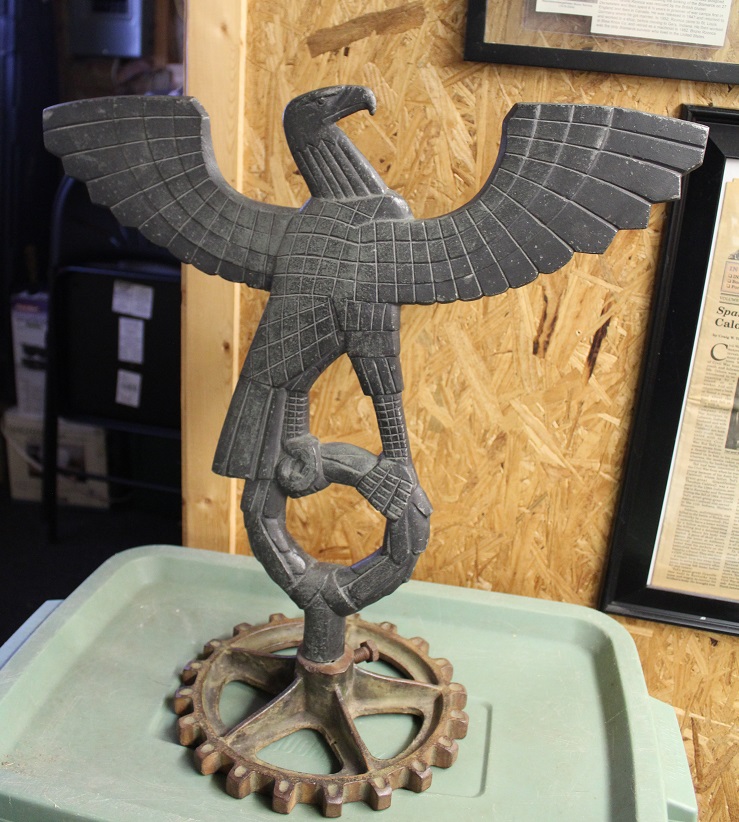
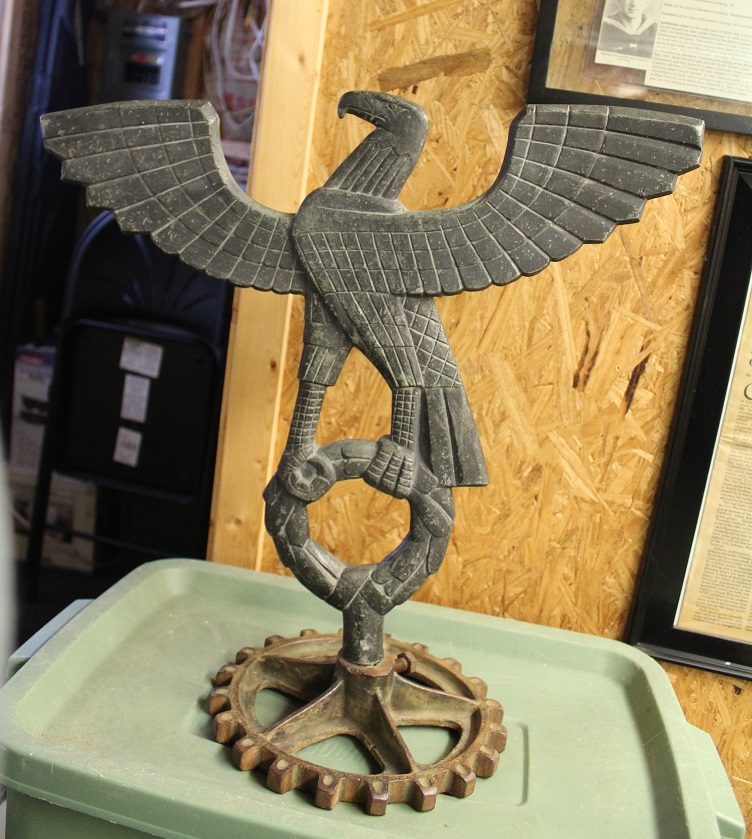
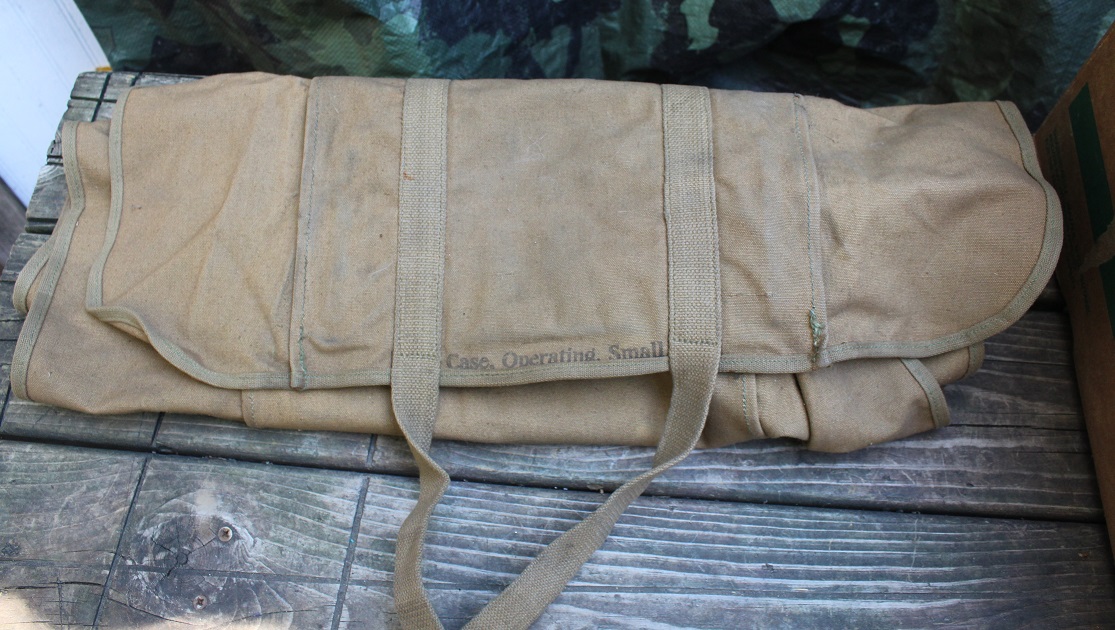
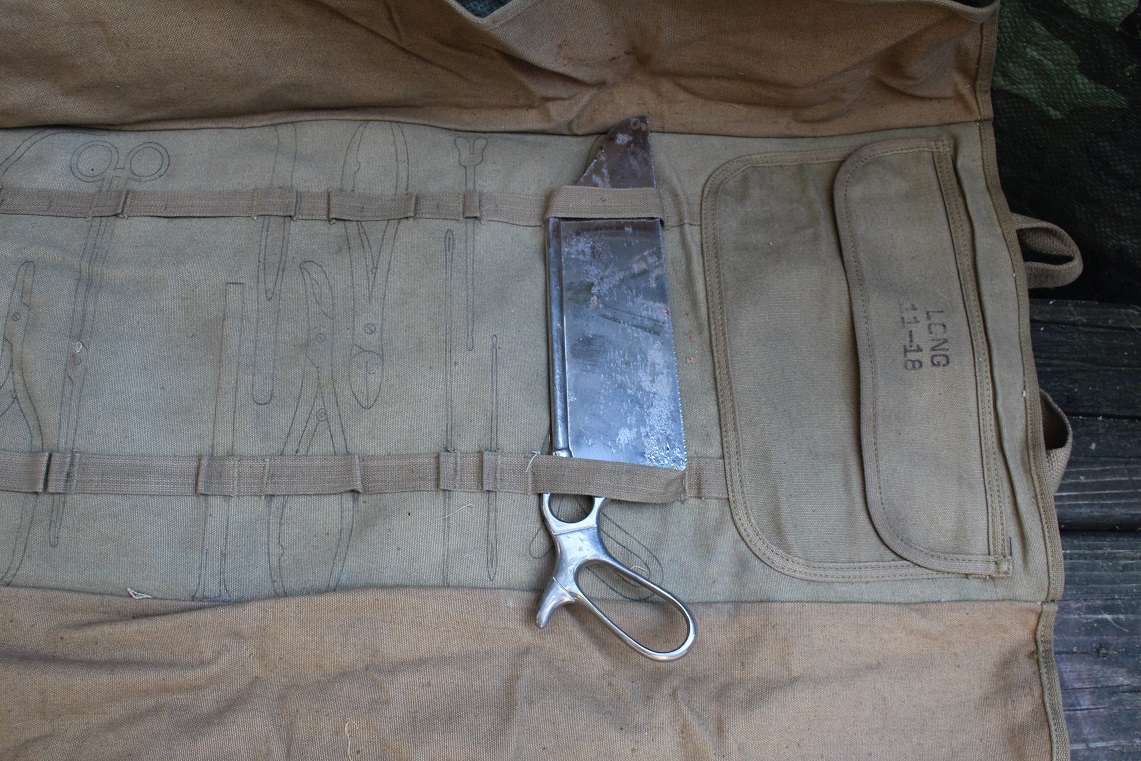
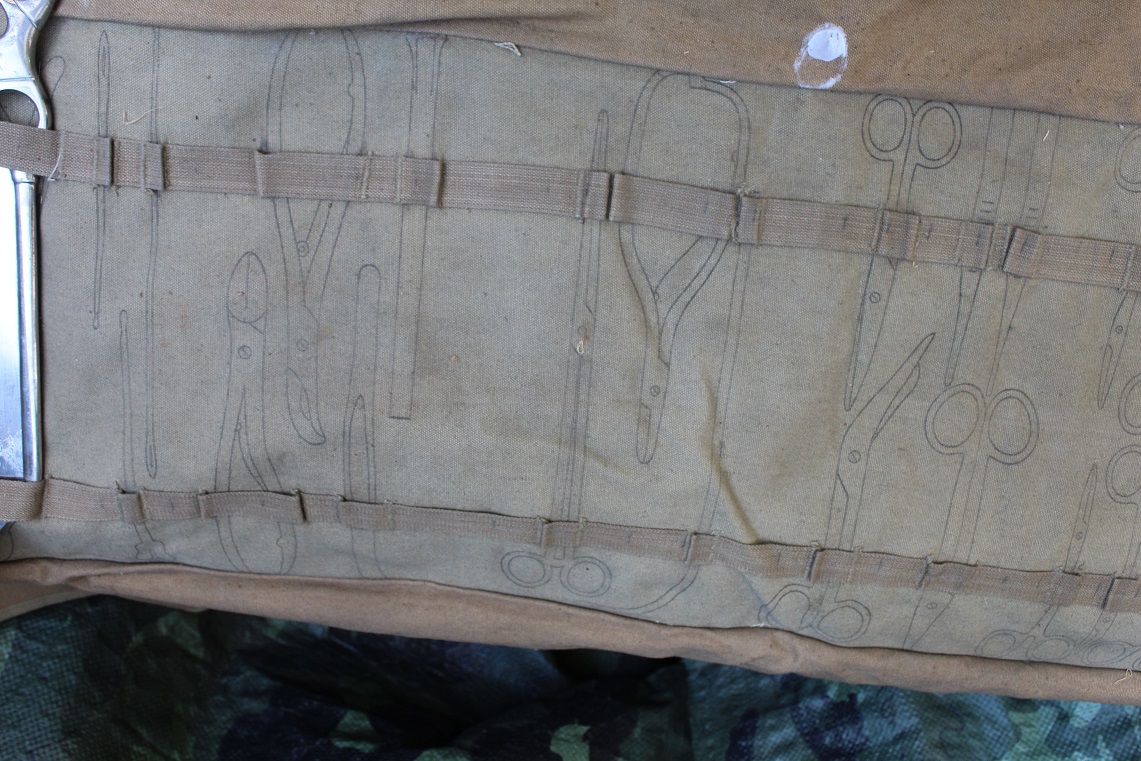
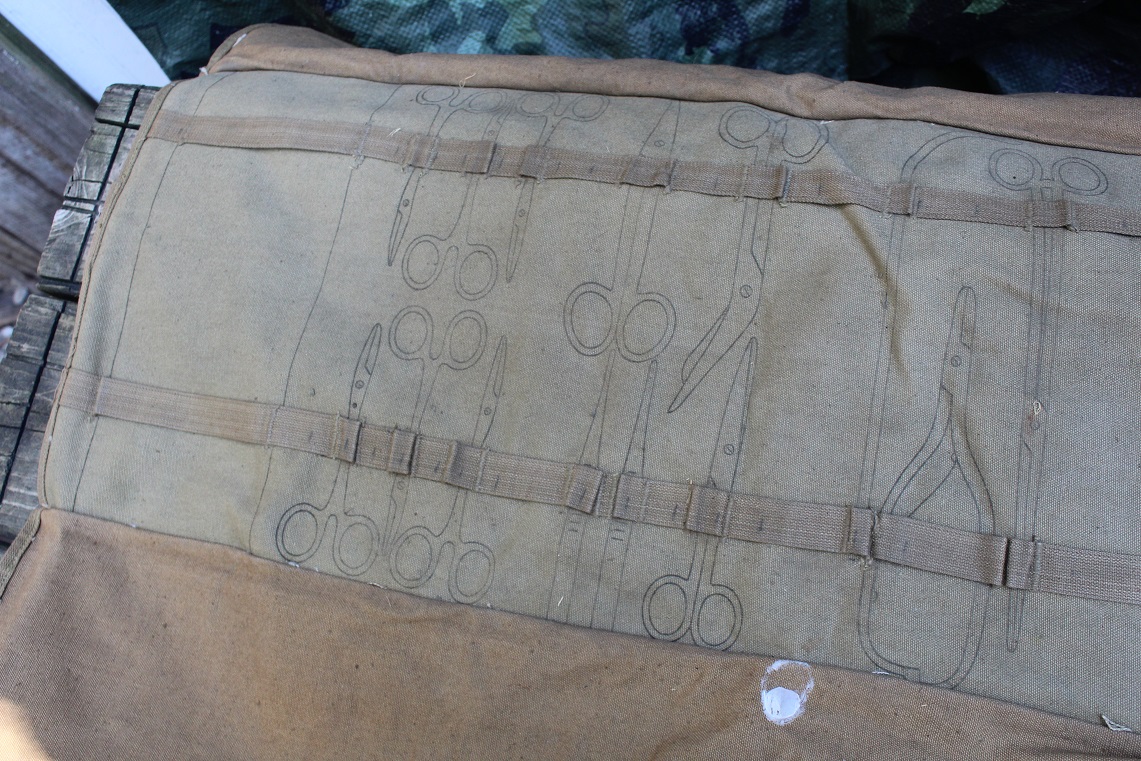
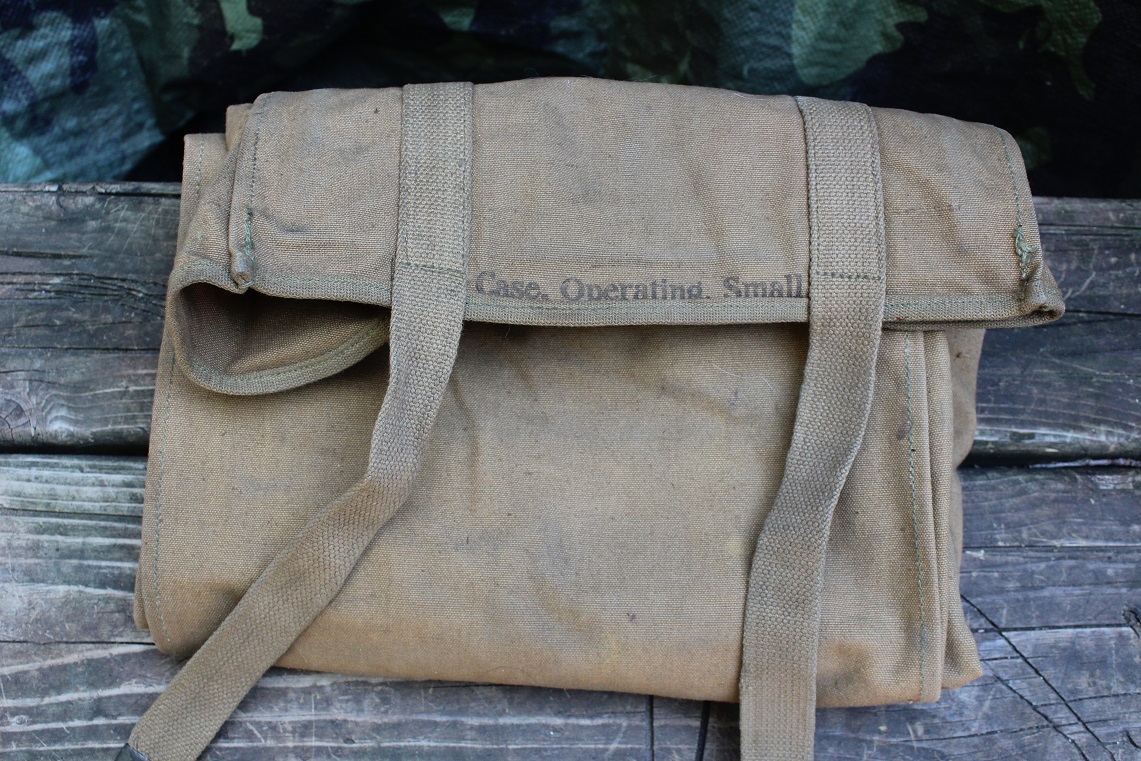 _________________________________________________________________________________________
_________________________________________________________________________________________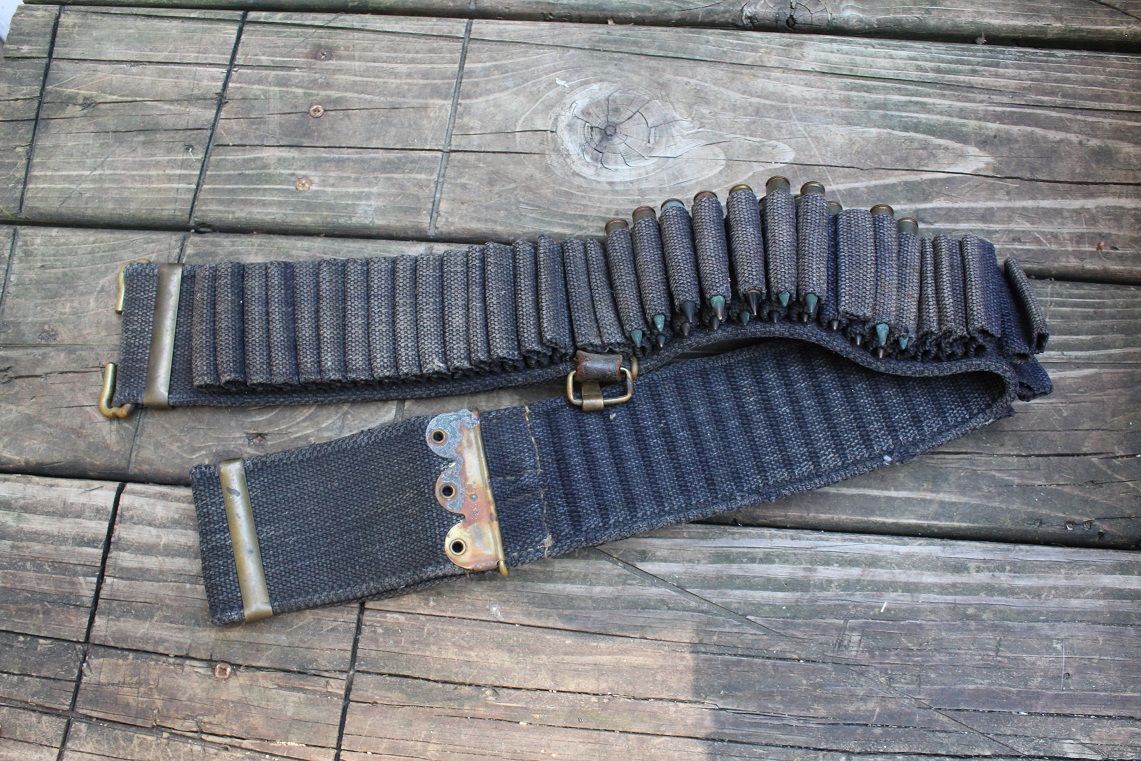
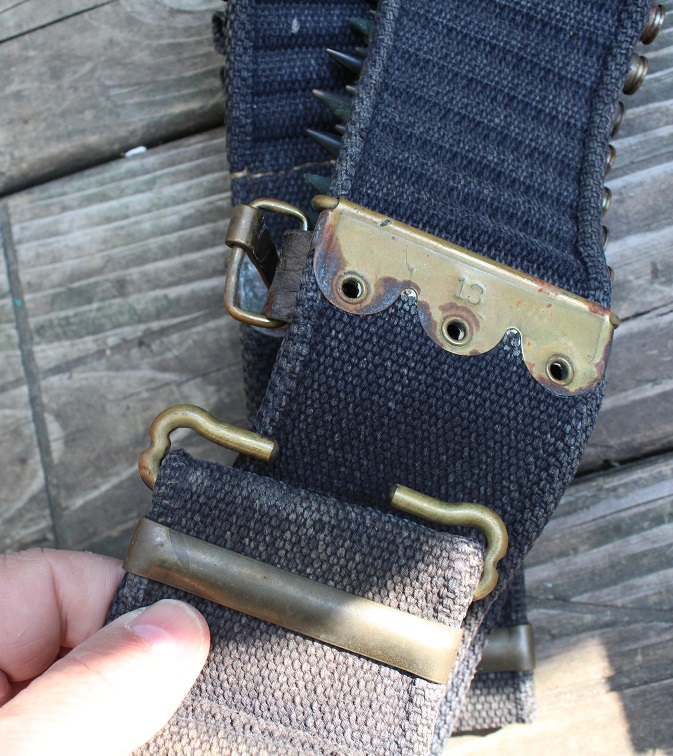
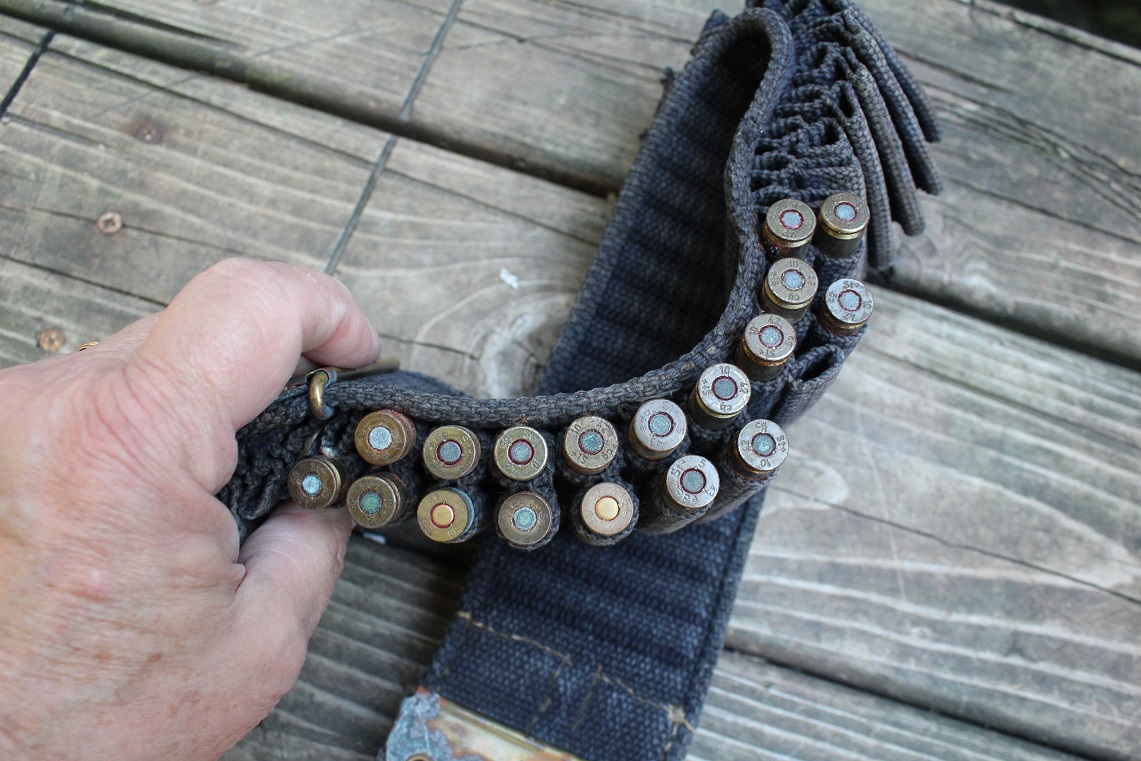
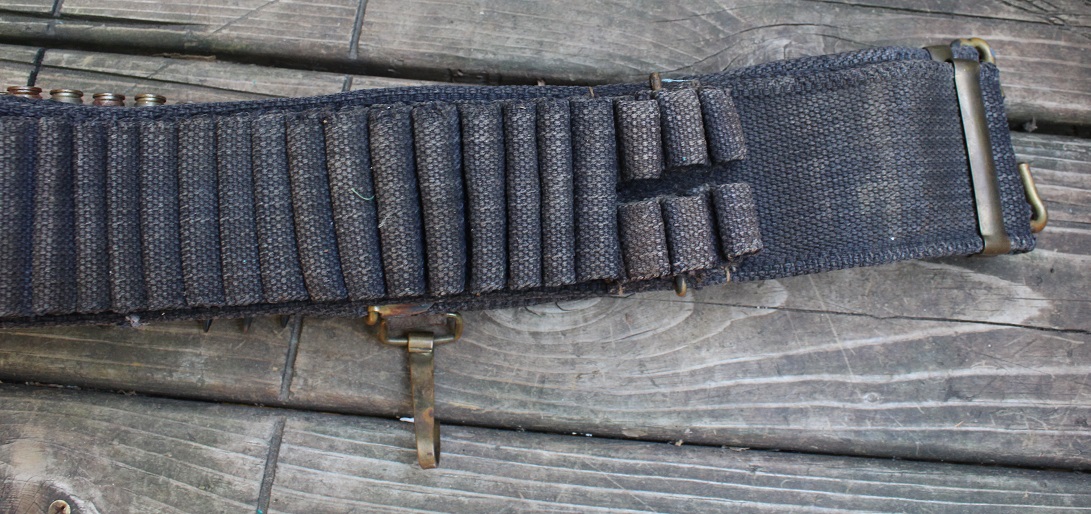

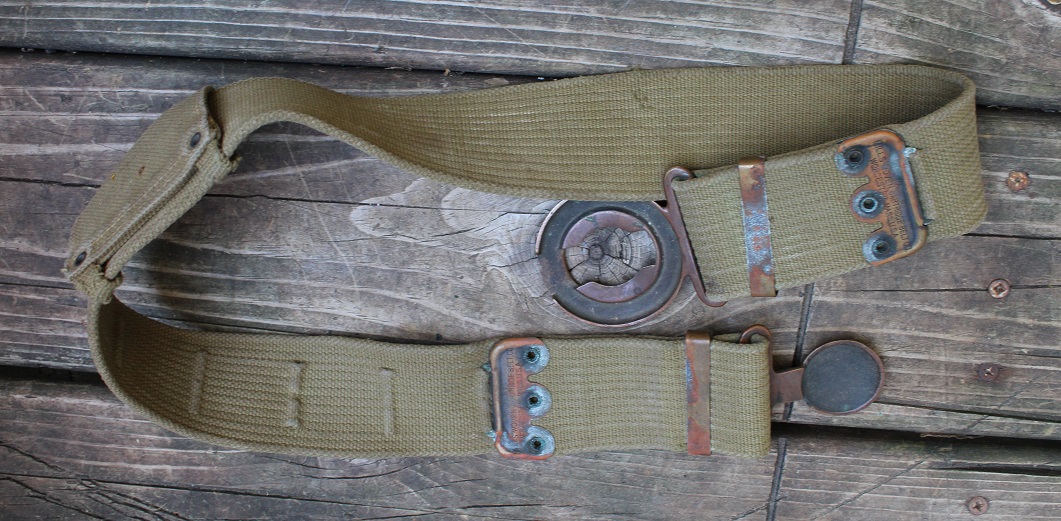
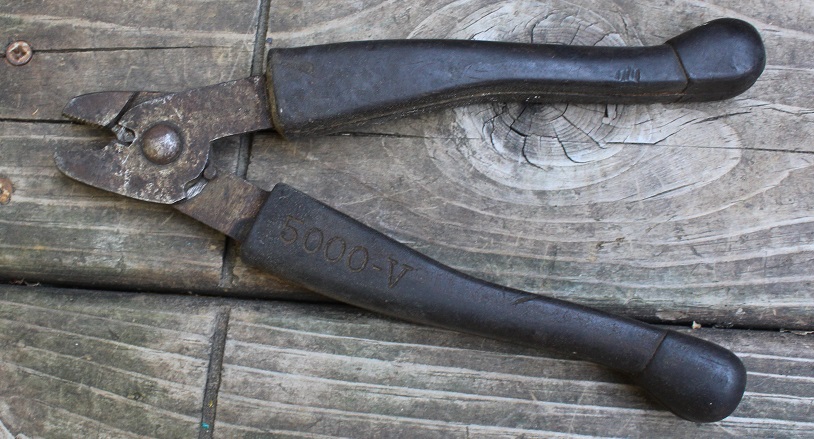
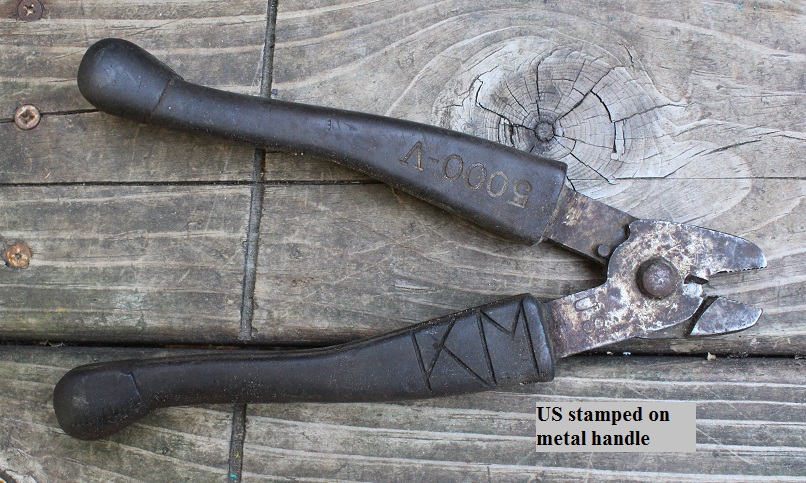




































 __________________________________________________________________________________________
__________________________________________________________________________________________

 __________________________________________________________________________________________
__________________________________________________________________________________________











